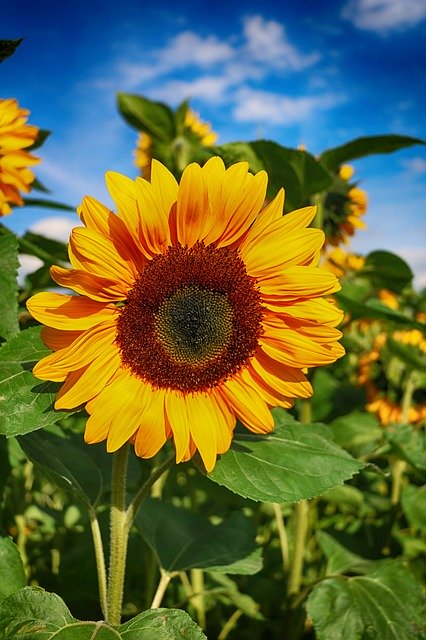
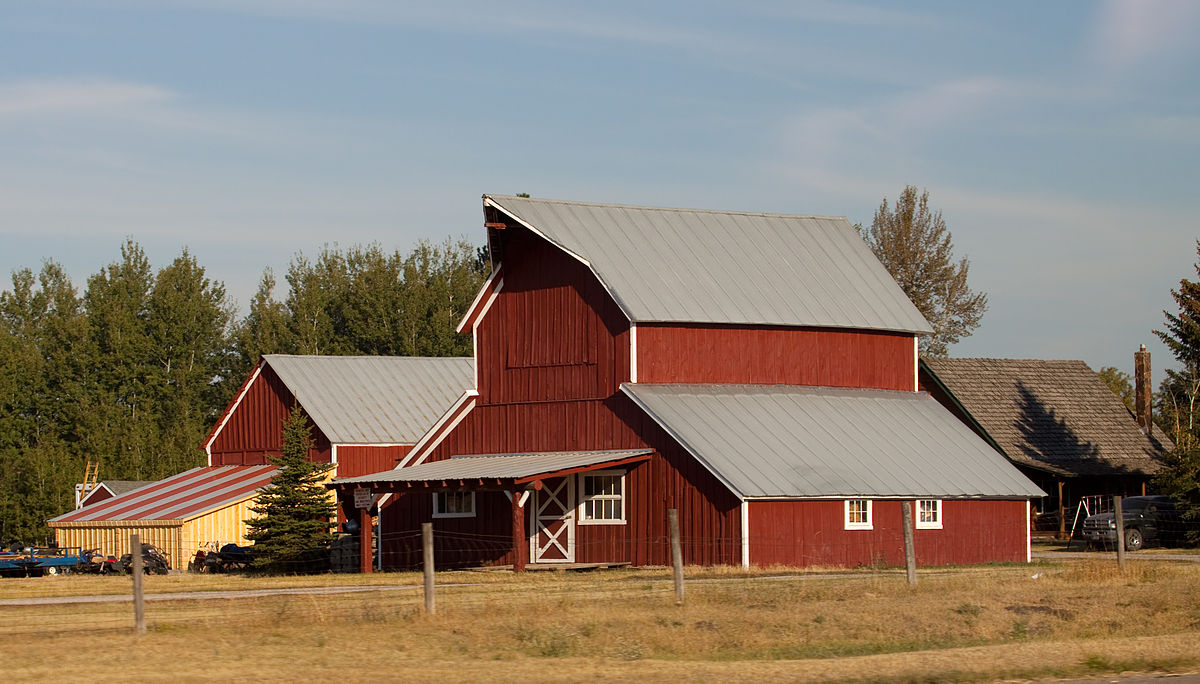
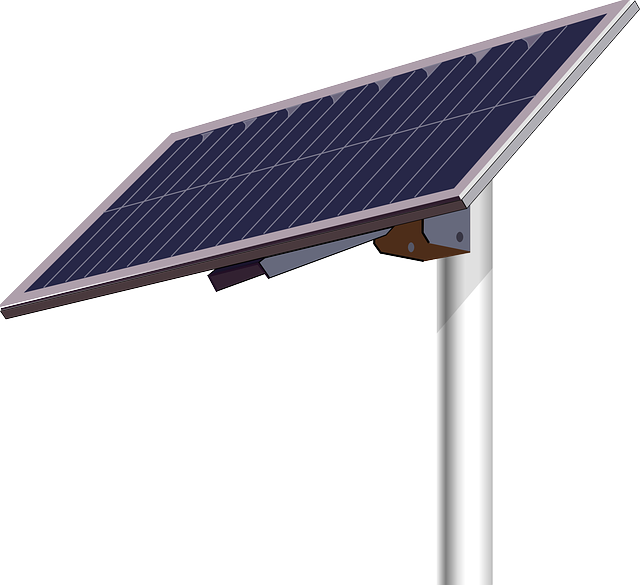
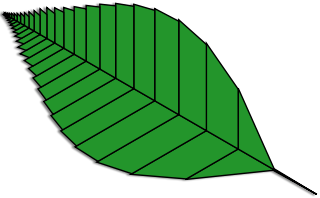

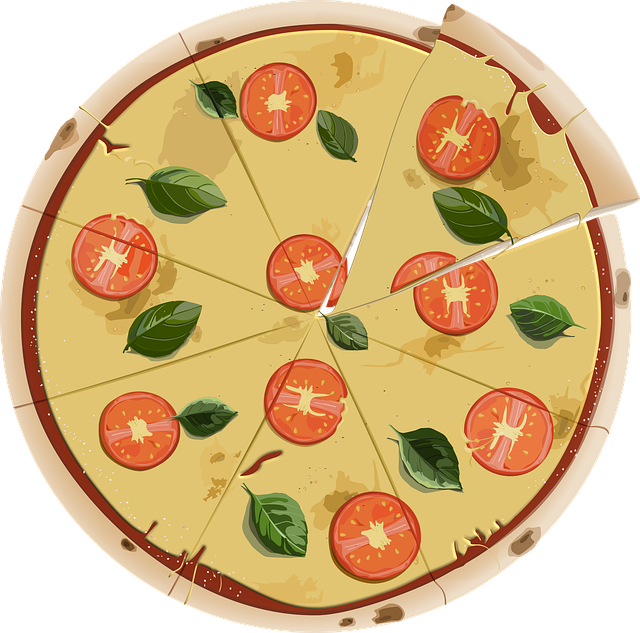
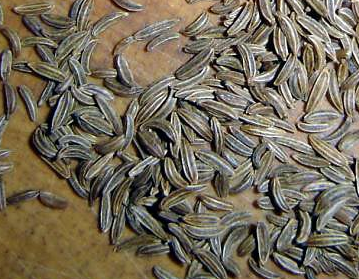
 |
 |
 |
 |
 |
 |
 |
|---|---|---|---|---|---|---|
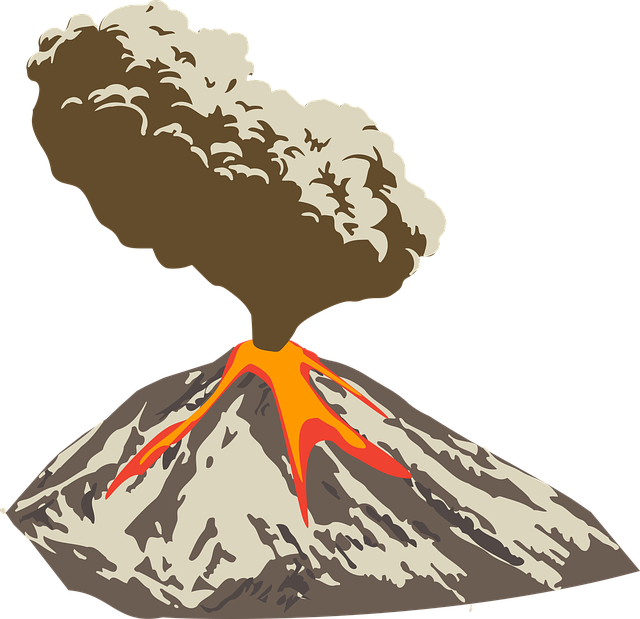 |
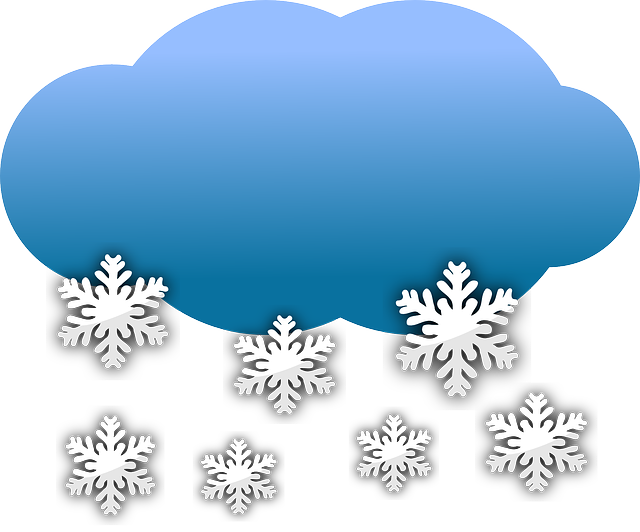 |
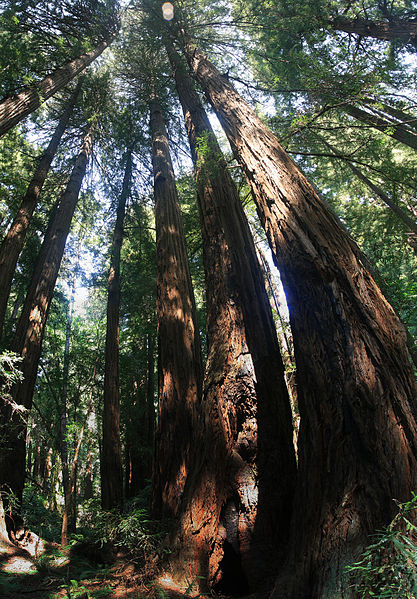 |
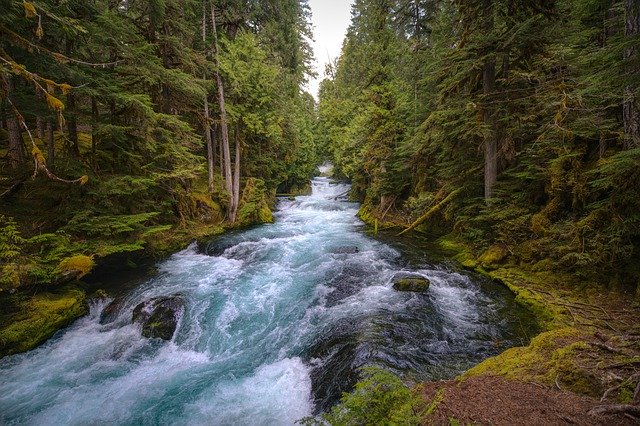 |
 |
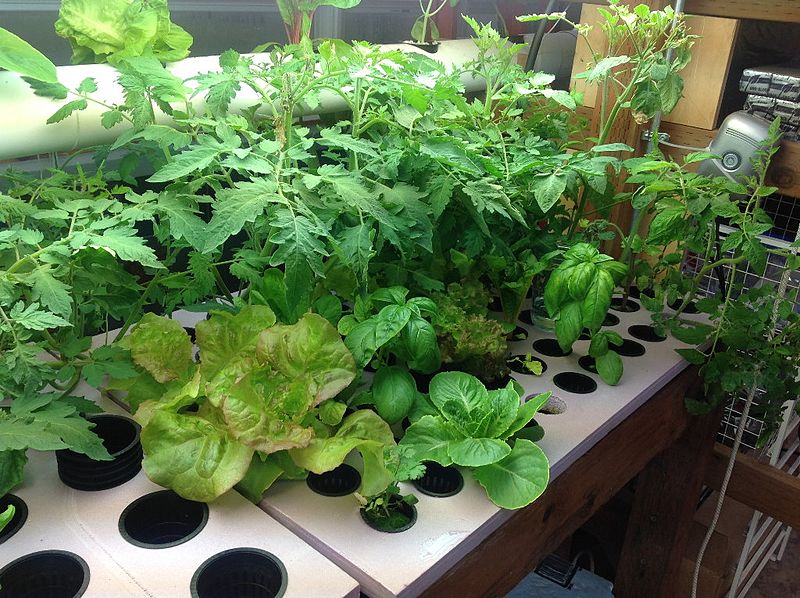 |
|---|---|---|---|---|---|
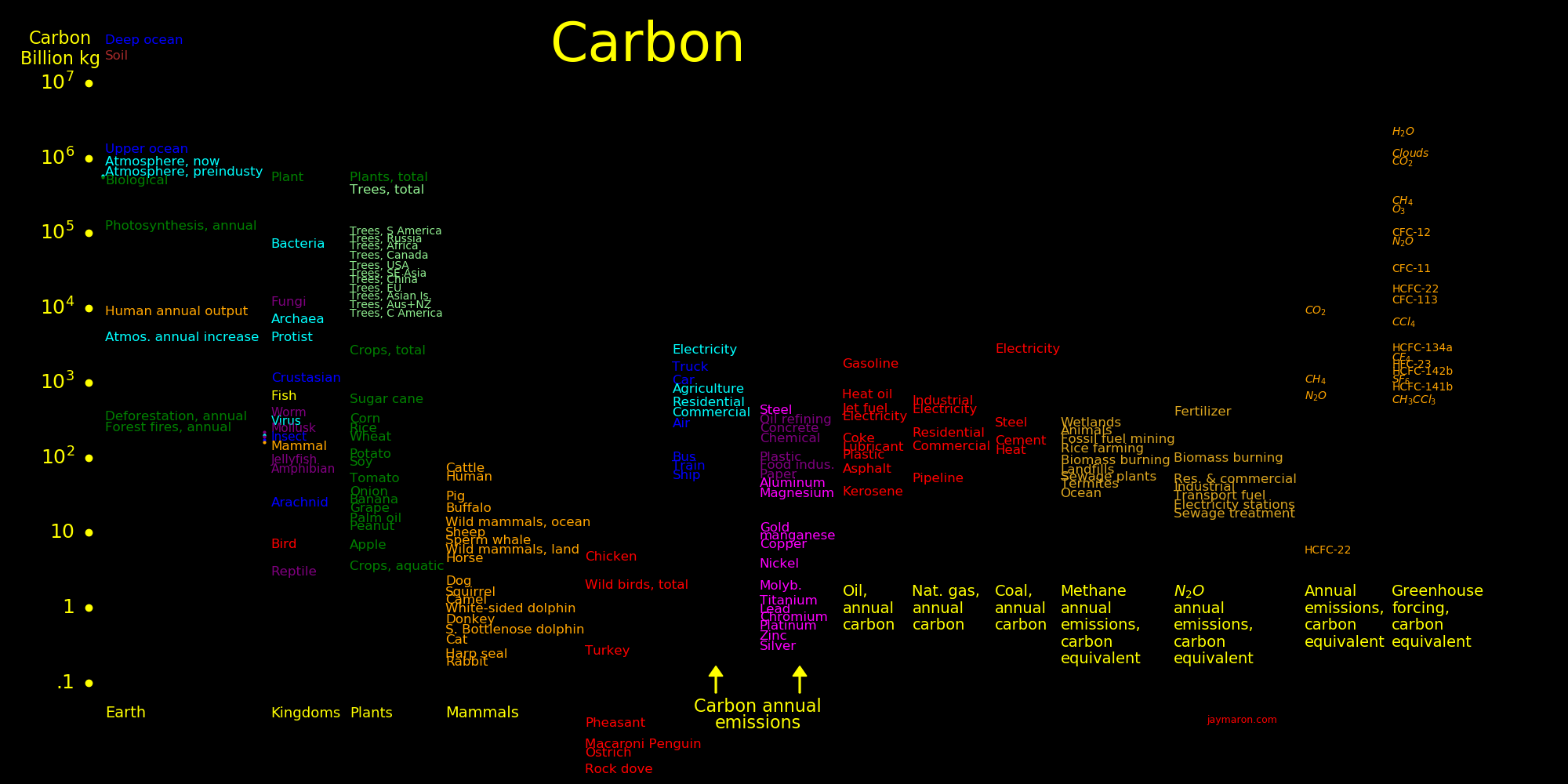 |
|---|
Biomass is dominated by trees.
Plants are 10% of ocean biomass and 98% of land biomass.
On land, most plants are not eaten, and in oceans, most plants are eaten. Oceans have 5 times as much consumer biomass as producer biomass.
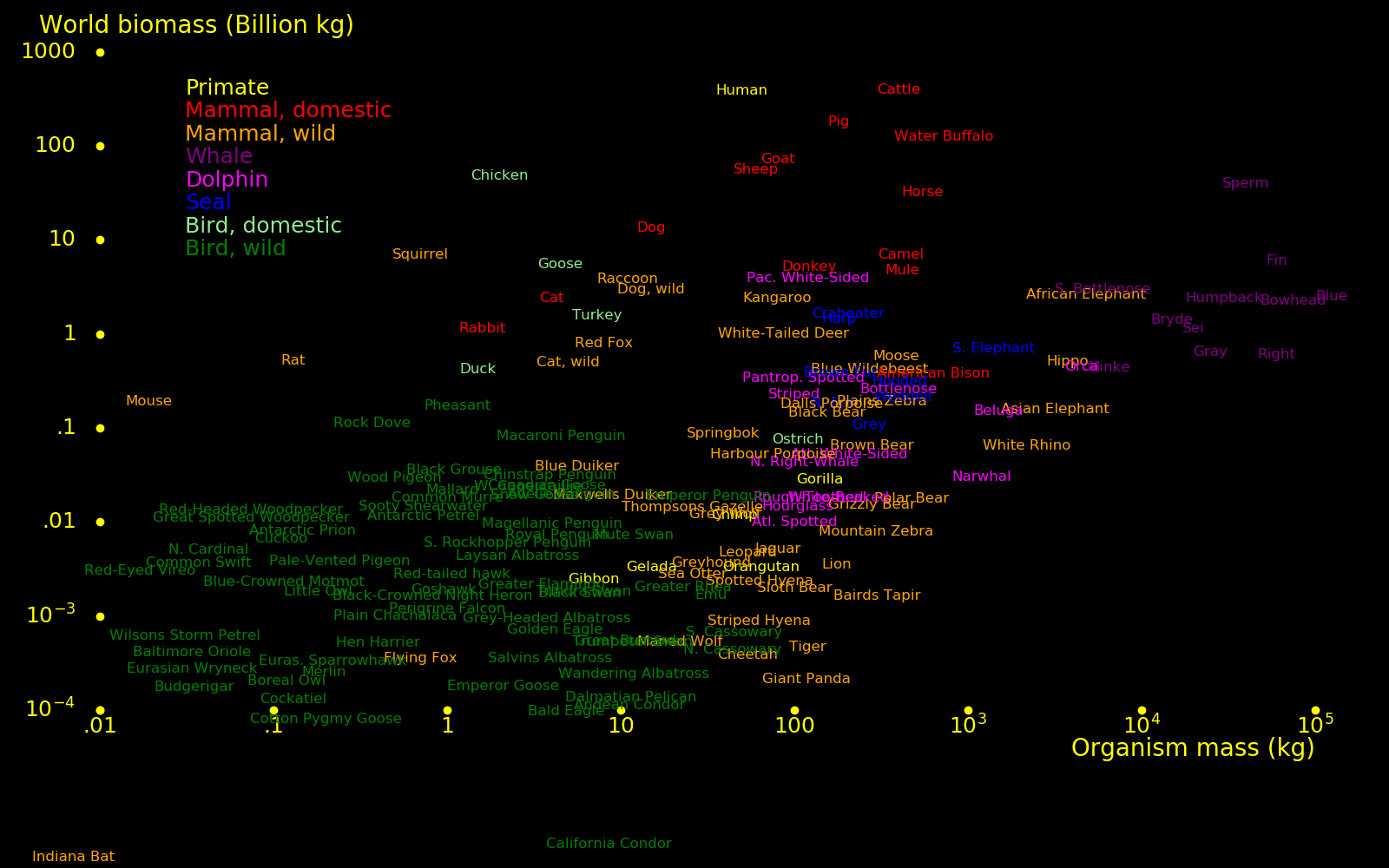 |
|---|
For mammals and birds, biomass is dominated by domestic animals.
Mammal biomass is dominated by humans and cattle.
The larger the organism, the more accurate the population data. Populations for many small species are unknown.
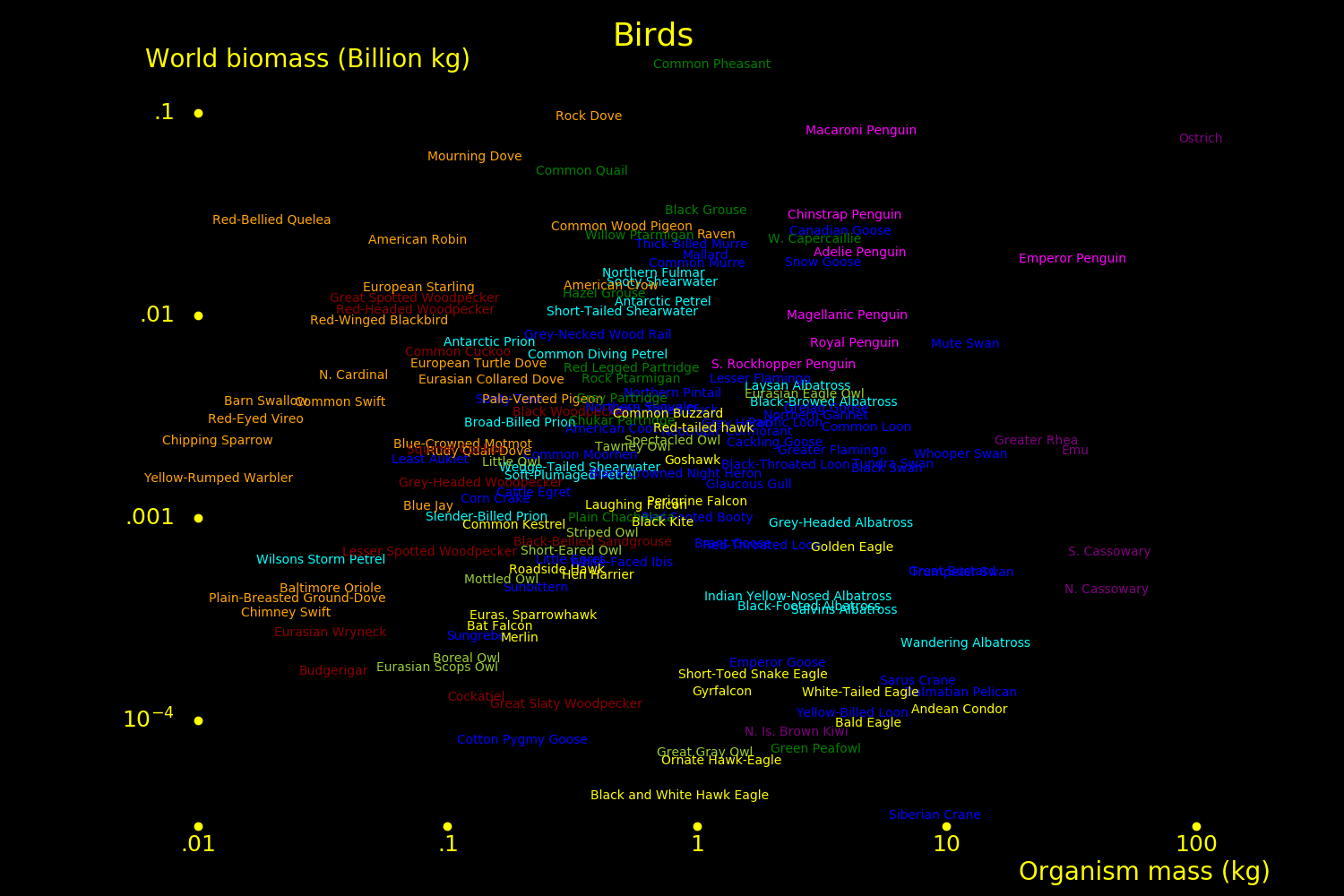 |
|---|
Mammal biomass is approximately constant over the range of animal sizes.
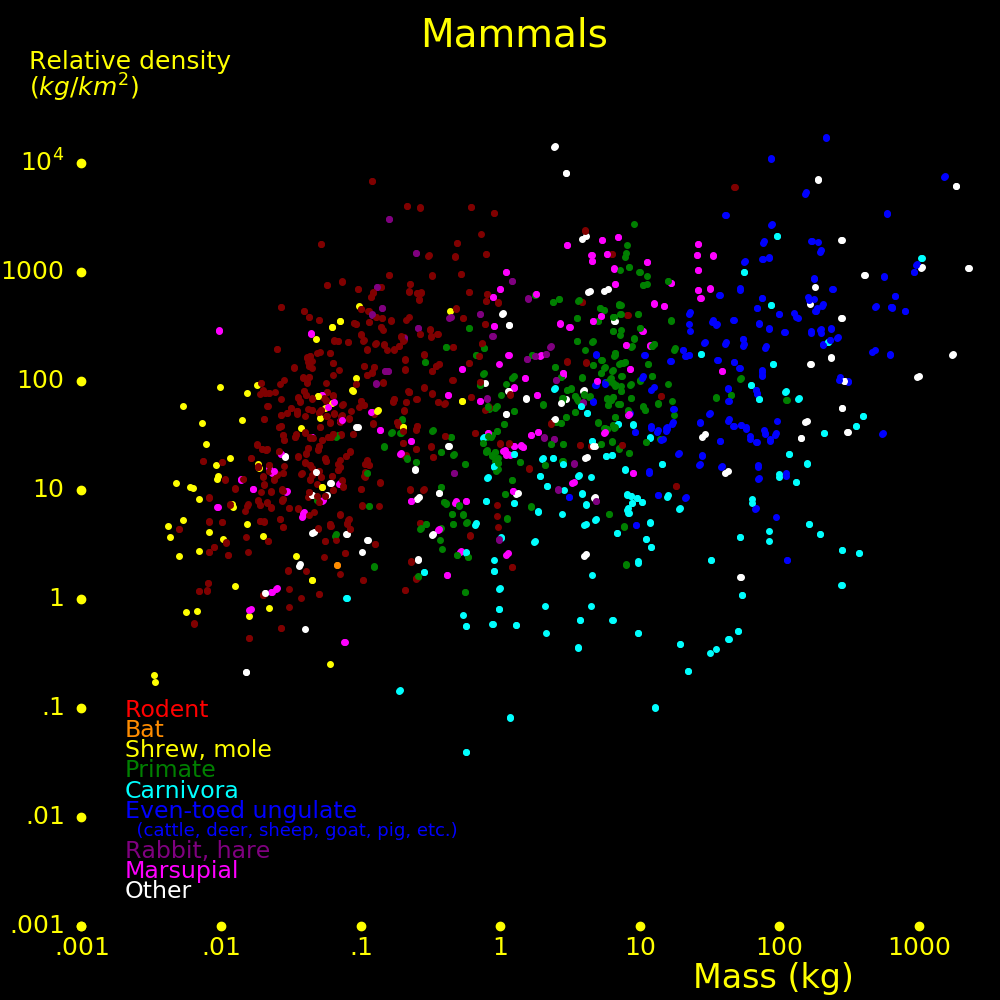 |
|---|
Data from pantheria.org.
Metabolic power/mass scales as Mass-1/4.
The biomass distribution scales as Mass0, hence most mammal metabolic power is expended by small organisms, not large organisms.
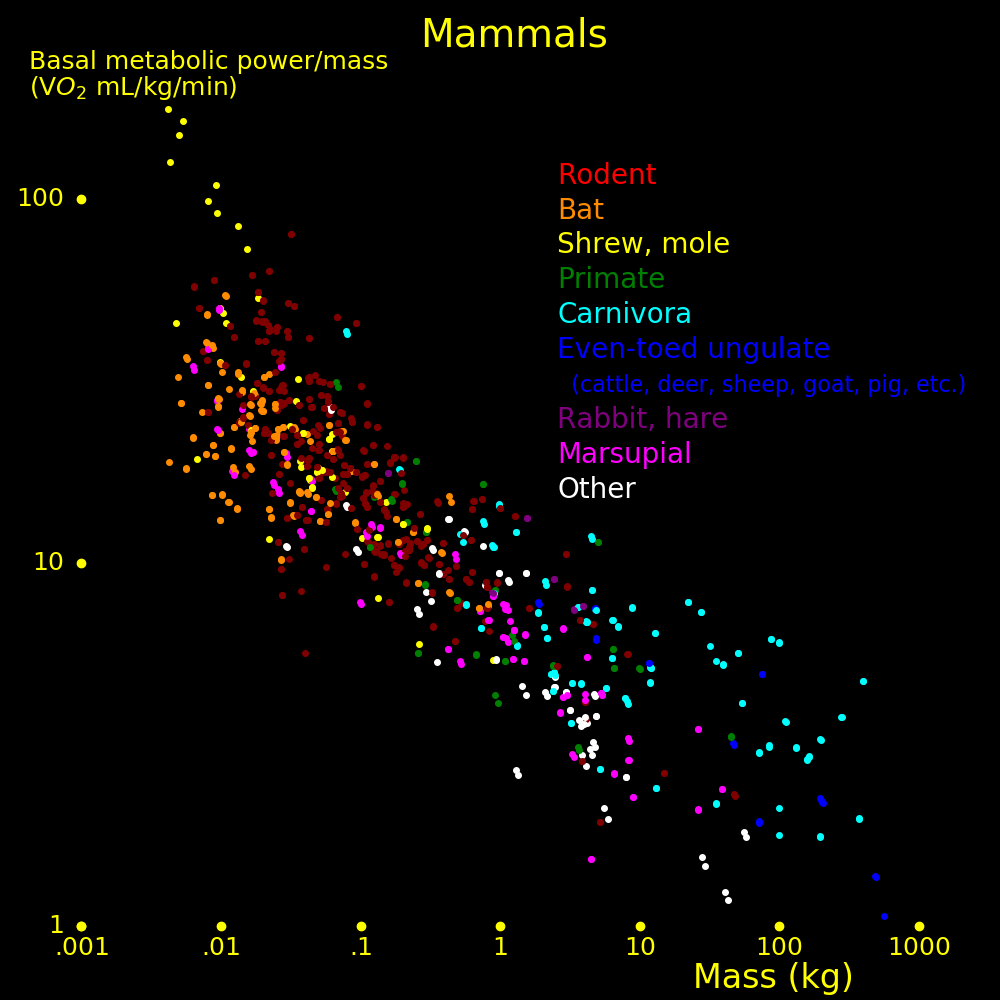 |
|---|
Data from pantheria.org.
A human brain is 1.6 kg and uses 20 Watts.
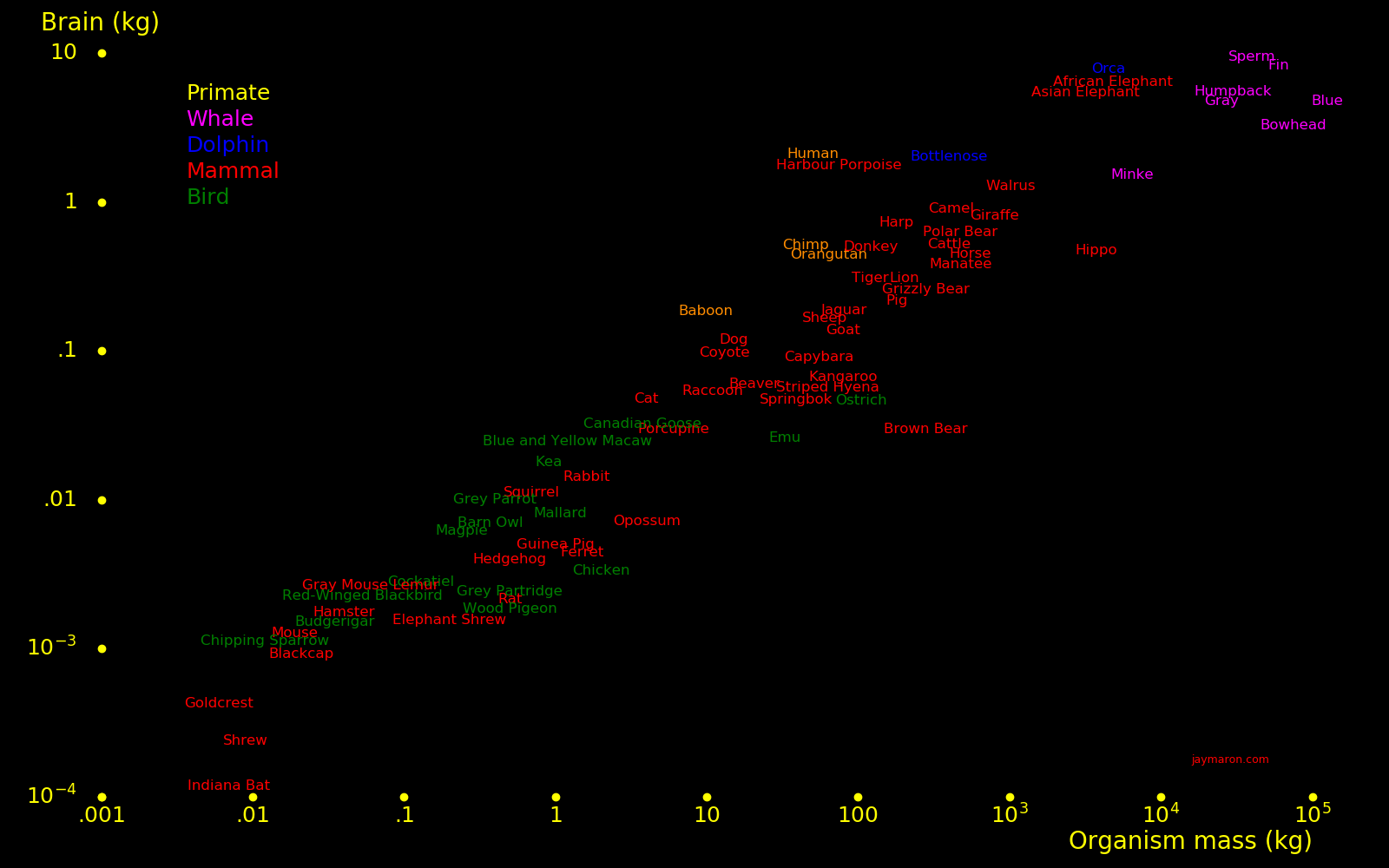 |
|---|
Land Bkg Ocean Bkg Plants 3300000 Crustasian 4800 Plants, trees 2600000 Fish 4200 Bacteria 420000 Mollusk 1140 Fungi 72000 Plant 1000 Archaea 42000 Jellyfish 620 Protist 24000 Mammal 120 Crops 14000 Virus 100 Worm 1320 Virus 1100 Insect 1050 Amphibian 600 Arachnid 150 Mammal, wild 30 Reptile 18 Bird, wild 12 Mammal, human 360 Mammal, domestic 1000 Bird, domestic 30
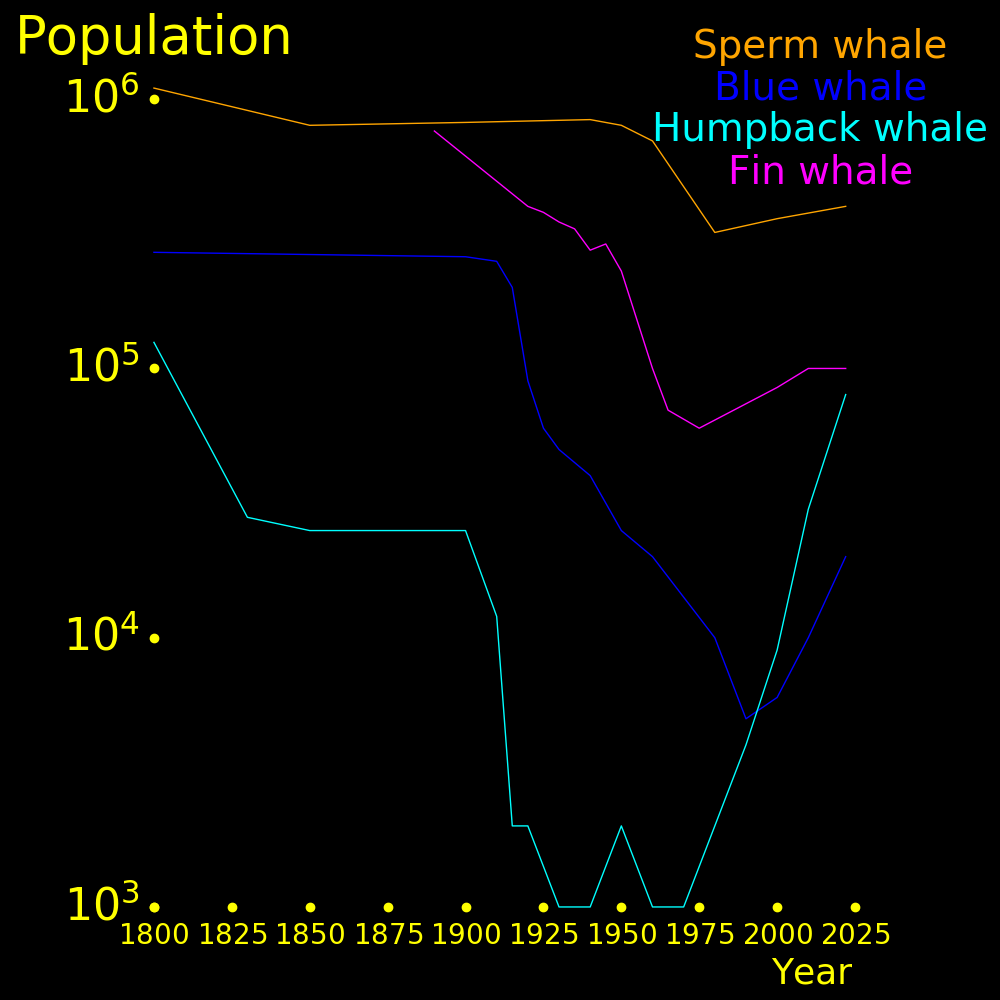 |
|---|
World biomass Population Mass
Bkg millions kg
Whale, total 40 1.5
Dolphin, total 7 50
Seal, total 6 25
Whale, sperm 16 .40 40000
Whale, fin 6 .10 60000
Whale, S Bottlenose 3 .5 6000
Whale, blue 2.5 .02 125000
Whale, humpback 2.4 .080 30000
Whale, bowhead 2.2 .030 75000
Whale, bryde 1.4 .095 15000
Whale, sei 1.1 .057 20000
Whale, right .6 .01 60000
Whale, gray .6 .026 25000
Whale, orca .4 .1 4500
Dolphin, white-sided 4.9 41 120
Dolphin, orca .45 .1 4500
Dolphin, spotted .3 3 113
Dolphin, bottlenose .24 .6 400
Dolphin, striped .2 2 100
Seal, crabeater 1.6 8 204
Seal, harp 1.4 8 180
Seal, elephant .7 .5 1400
Seal, brown fur .4 2.1 185
World biomass Mass Population
Bkg kg
Dog, wild 3
Fox, red 1.2 8
Cat, wild .5
Bear, black .15 154
Bear, brown .06 278
Bear, polar .018 475
Jaguar .005 81
Leopard .004 54
Wolf, grey .002 40
World biomass (Bkg)
Squirrel 7
Raccoon 3.8
Elephant 2.4
Rat 1.9
Kangaroo 1.2
Rabbit 1.1
Deer 1.0
Fox .8
Moose .58
Hippo .45
World biomass Population Mass
Bkg millions kg
Duck total .10 100 1.0
Goose total .07 20 3.75
Swan total .02 2 10
Duck, mallard .021 19 1.08
Duck, pintail .004 5.35 .8
Duck, long-tail .004 5 .74
Goose, Canadian .022 6 3.75
Goose, snow .019 6 3.2
Swan, mute .0072 .605 11.9
Swan, whooper .0021 .18 11.4
Swan, tundra .0018 .3 6.1
Swan, black .0017 .3 5.8
Swan, trumpeter .0005 .046 11.6
World biomass Population Mass
Bkg millions kg
Hawk, red-tailed .0028 2.6 1.06
Goshawk .0019 2 .956
Buzzard .0017 4 .43
Peregrine falcon .0012 1.2 1.0
Kestrel .0009 5 .184
Falcon, laughing .0009 1.6 .57
Hen Harrier .0005 1.3 .40
Hawk, roadside .0004 1.6 .275
Hawk, Eurasian .0003 1.5 .22
Merlin .0003 1.3 .195
Gyrfalcon .0002 .11 2.1
Eagle, golden .0007 .17 4.18
Eagle, snake .0002 .1 1.68
Eagle, bald .0001 .02 4.85
Eagle, hawk .0001 .1 .85
Heron, grey .0014 1.0 1.4
Egret, cattle .0012 5.4 .22
Heron, boat-billed .0003 1.6 .2
For Manhattan,
Mass Number per Number per Mass/area
person hectare
kg (Humans=1)
Human 65 1 300 1
Cat, wild 3.9 .143 43 .0086
Pigeon .27 1.5 450 .0062
Rat .32 1.0 300 .0049
Squirrel .5 .03 7.5 .00023
 |
|---|
Year
-11000 Livestock
-9500 Crops
-6000 Crop rotation. 2-field system
-4000 Ox power
-3500 Horse
0 Trade network
900 3-field system
1492 Columbian exchange. Guano fertilizer introduced
1700 4-field system. Nitrogen-fixing plants
1800 Fertilizer becomes widespread
1850 Mechanization
1895 Refrigeration
1950 Pesticides
1980 Genetic engineering
English wheat yield:
Year Wheat yield (kg/hectare/year) 1500 .018 1550 .022 1600 .029 1650 .031 1700 .038 1750 .047 1800 .063 1850 .073 2020 .8
Crop locations are decided by rain, rivers, lakes, reservoirs, aquifers, and aqueducts. Prime farmland is for crops and subprime land is for grazing. There is 2.2 times as much grazing land as cropland, and agriculture is 38% of world land.
The plot shows the center of mass for crops.
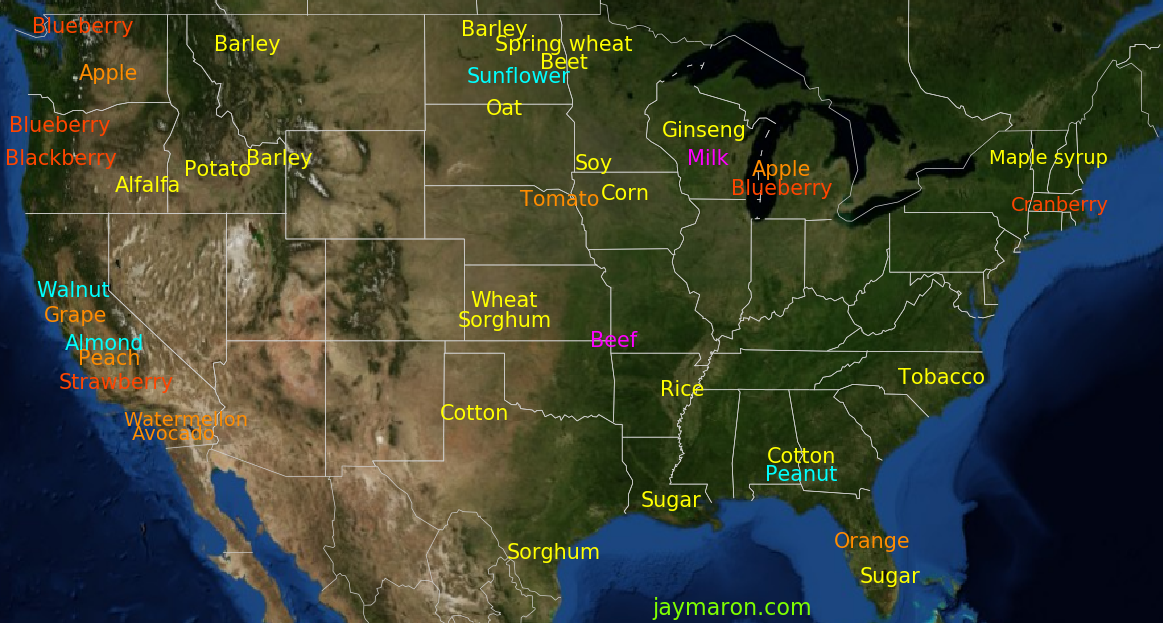 |
|---|
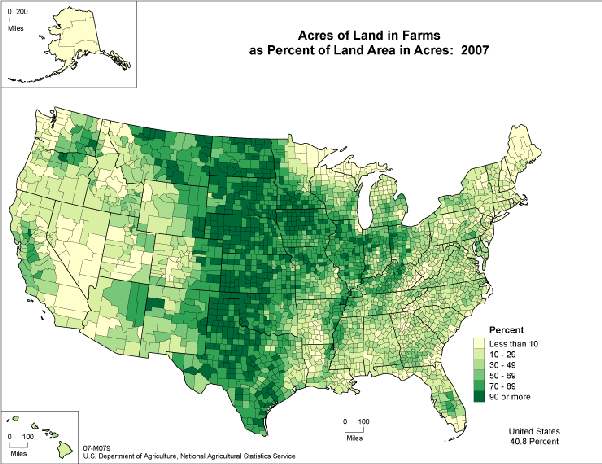 |
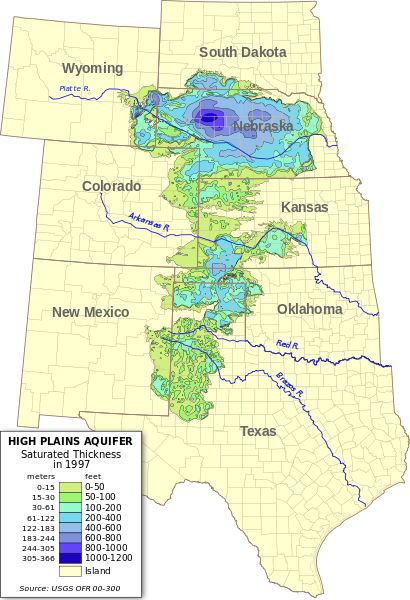 |
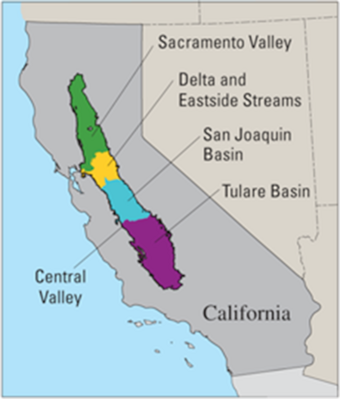 |
|
|---|---|---|---|
Land can support more people with wheat than with beef, by a factor of 16. Sugar cane is more efficient than wheat by a factor of 16.
Farm productivity is expressed as kg/meter2/year of food. If we factor in the calorie content of the food, we can express this as food production power in Watts/meter2. The value for wheat is 16 times larger than for beef.
The table shows the production power for various foods, with a comparison to solar cells and wind turbines.
Production Energy/Mass Power Type of energy
kg/meter2/yr MJoule/kg Watt/meter2
Solar cell - - 40 Electricity
Wind turbine - - 15 Electricity
Algae 10 16 5.1 Biomass
Bamboo 2 16 1.0 Biomass
Grass 1 16 .50 Biomass
Typical tree .5 16 .25 Biomass
Sugar cane 8 16 4.1 Food
Wheat .5 14 .22 Food
Milk .6 2.1 .040 Food
Fish .1 9 .028 Food
Goose (grazing) .1 9 .028 Food
Beef (grazing) .05 9 .014 Food
Tomato 8 .8 .20 Food
Tomato, hydroponic 150 .8 3.8 Food
For most crops, 50% of the plant biomass is edible produce.
In 1850, a family of 4 could be supported by 40 acres, and this is the origin of the phrase "40 acres and a mule". This corresponds to 25 people/km2. At the time, world population was 8 people/km2 and today it's 50 people/km2.
It takes 120 Watts of food energy to support a human. If the calories come from cane sugar, then land can support 30000 people/km2.
Wild mammal biomass is 30 Bkg and human biomass is 360 Bkg.
Land is far cheaper in Brazil than Iowa. Land is 1/5 of the cost in Brazil and 1/2 the cost in Iowa.
Iowa pays less for fertilizer than Brazil, but they pay more for seeds.
Labor is only 1/15 the cost, for both Iowa and Brazil.
Costs are in $/acre/year.
Iowa Iowa Iowa Brazil Iowa
cows corn soy soy grass
Land 56 256 256 60 55
Labor 22.9 42.7 33.6 20 33
Seed - 114.4 49.2 25 -
Machinery 5.2 70.2 64.5 40 20
Other 5.2 31.9 26.9 16 -
Nitrogen 27.2 71.7 - - 58
Phosphorus 11.7 29.6 19.5 25 19
Potassium 12.0 18.3 27.9 35 -
Lime - 15.7 15.7 15 -
Herbicide 4.6 39.6 48.7 40 5
Insecticide - 18.4 - 10 -
Fungicide - - - 25 -
Other pesticide - - - 4 -
Total 137.9 770.8 542.0 315 181
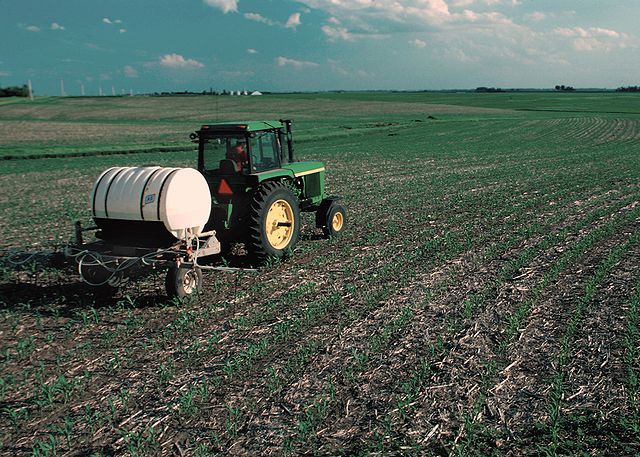 |
|---|
A simple and cheap fertilizer recipe is:
Relative mass
Urea 4
Potassium chloride 4
Monoammonium phosphate 1
Calcium chloride 1
Magnesium chloride 1
Ammonium sulfate 1
Growing 1 kg of biomass requires the following elements:
Element Cheapest form Molecule Cost Fertilizer Element frac Element cost
gram $ gram in fertilizer gram/$
Nitrogen 15 Urea CO(NH2)2 .025 26 .467 482
Potassium 15 Potassium chloride KCl .044 29 .524 340
Phosphorus 2 Monoammonium phosphate (NH4)2HPO4 .011 7 .269 185
Calcium 2 Calcium chloride CaCl2 .011 6 .361 182
Magnesium 2 Magnesium chloride MgCl2 .036 8 .255 55
Sulfur 2 Ammonium sulfate (NH4)2SO4 .025 8 .243 79
Total .152 84
Well-irrigated crops produce 1 kg of biomass per meter2 per year. Typical crops are 1/2 edible matter and 1/2 inedible matter. Trees can produce wood at a rate of 2 kg/meter2/year.
As an example, for nitrogen fertilizer,
Nitrogen requirement = n = = 15 grams to produce 1 kg of biomass Urea nitrogen fraction = u = = .456 Urea requirement = U = n / u = 33 grams Nitrogen cost per kg = c = = 482 gram/$ Nitrogen cost = C = n/c = .029 $
The appendix has a table with all possible fertilizer molecules.
Almost all vitamins fit into one pill, with the exception of calcium, potassium, phosphorus, and magnesium, which can be supplemented separately. The nutrient requirement for animals and plants is:
Human Bird Crop Supplement
gram/day gram/day gram/kg
Calories 2200 165 0
Protein 50 9 0
Potassium 3.5 .4 14 Potassium phosphate
Phosphorus 1.0 .4 1.5 Potassium phosphate
Calcium 1.0 .8 2 Calcium chloride
Magnesium .35 .4 1.5 Magnesium chloride
Iron .27 .2 .14
Zinc .075 .05 .038
Manganese .075 .05 .038
Copper .022 .02 .011
Nitrogen 0 0 15 Ammonium nitrate
Sulfur 0 0 1.5 Ammonium sulfate
We assume a 75 kg human and a 1 kg bird. For other masses, scale accordingly. For crops, the nutrient requirement is in grams of nutrient required to produce 1 kg of biomass. Crop biomass is typically 1/2 edible food.
For young birds, calcium and phosphorus are especially important, for bones. For egg-laying birds, calcium is important for egg shells.
Bones are made of calcium and phosphorus, in a 2:1 ratio. For a 1 kg bird,
Calcium = 14.0 grams Phosphorus = 6.5 grams Potassium = 4 grams Magnesium = 1 grams
For bones,
Calcium fraction = .279 Phosphorus fraction = .130 Calcium/phosphorus ratio = 2.1
The best bone supplements are calcium chloride (CaCl2) and monopotassium phosphate (KH2PO4).
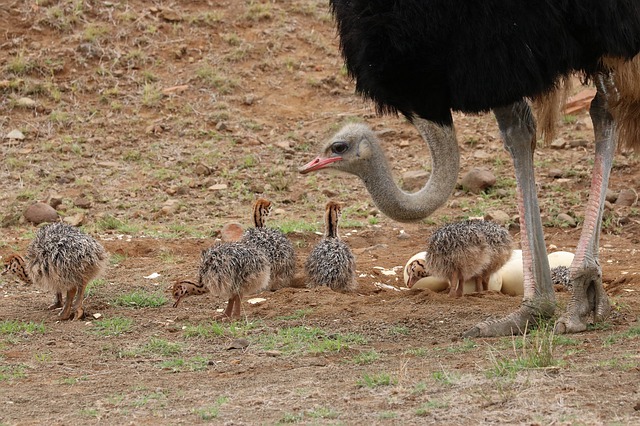 |
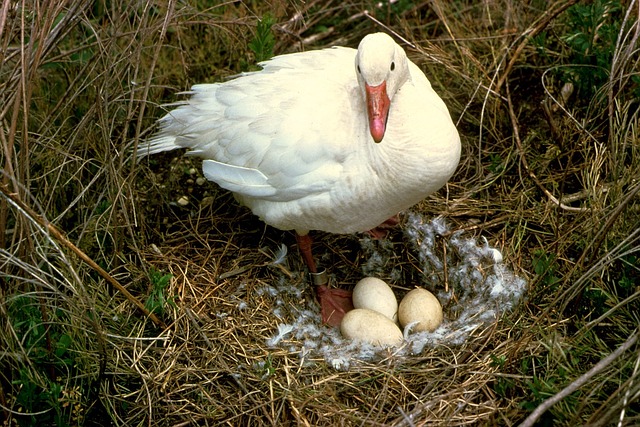 |
 |
 |
|---|---|---|---|
For a chicken egg,
Mass Calcium
grams grams
Egg total 60 1.95
White 36.6 .0023
Yolk 18.3 .028
Shell 5.1 1.92
Almost all the calcium is in the shell. Eggs are 3.2% calcium. Shells are 94% calcium carbonate (CaCO3) and calcium carbonate is 40% calcium.
An egg is typically 3% of the mass of the adult bird.
It takes 50 days for a bird to grow to adult size.
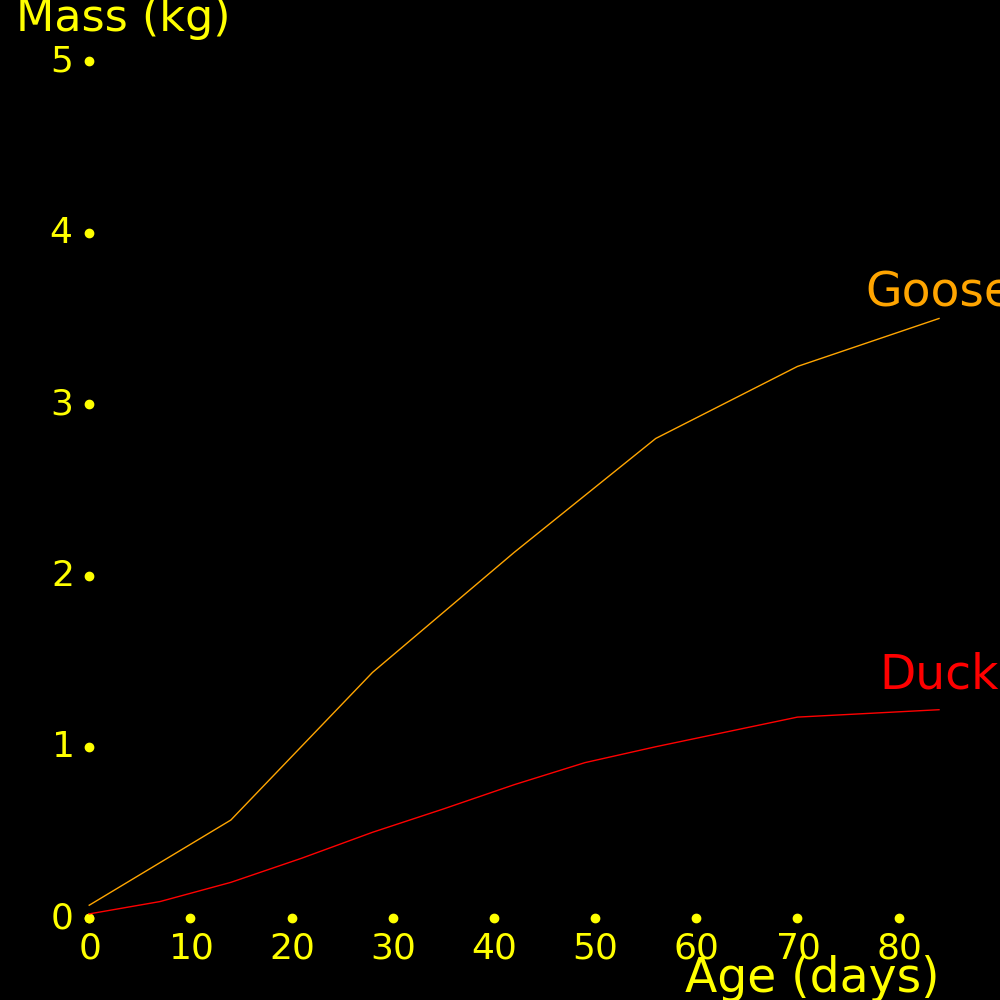 |
|---|
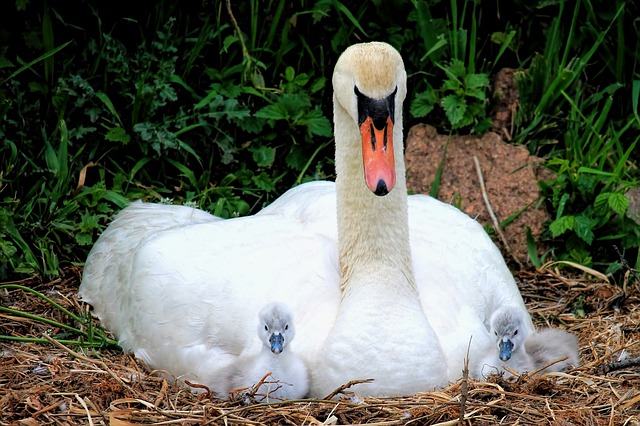 |
||||
|---|---|---|---|---|
The left plot shows the protein and calorie content of food. Foods with high protein and low fat are in the lower right. Nuts are heavy in protein, especially peanuts.
The right plot shows how much calories and protein you get per dollar. The cheapest meats are pork, chicken, and turkey.
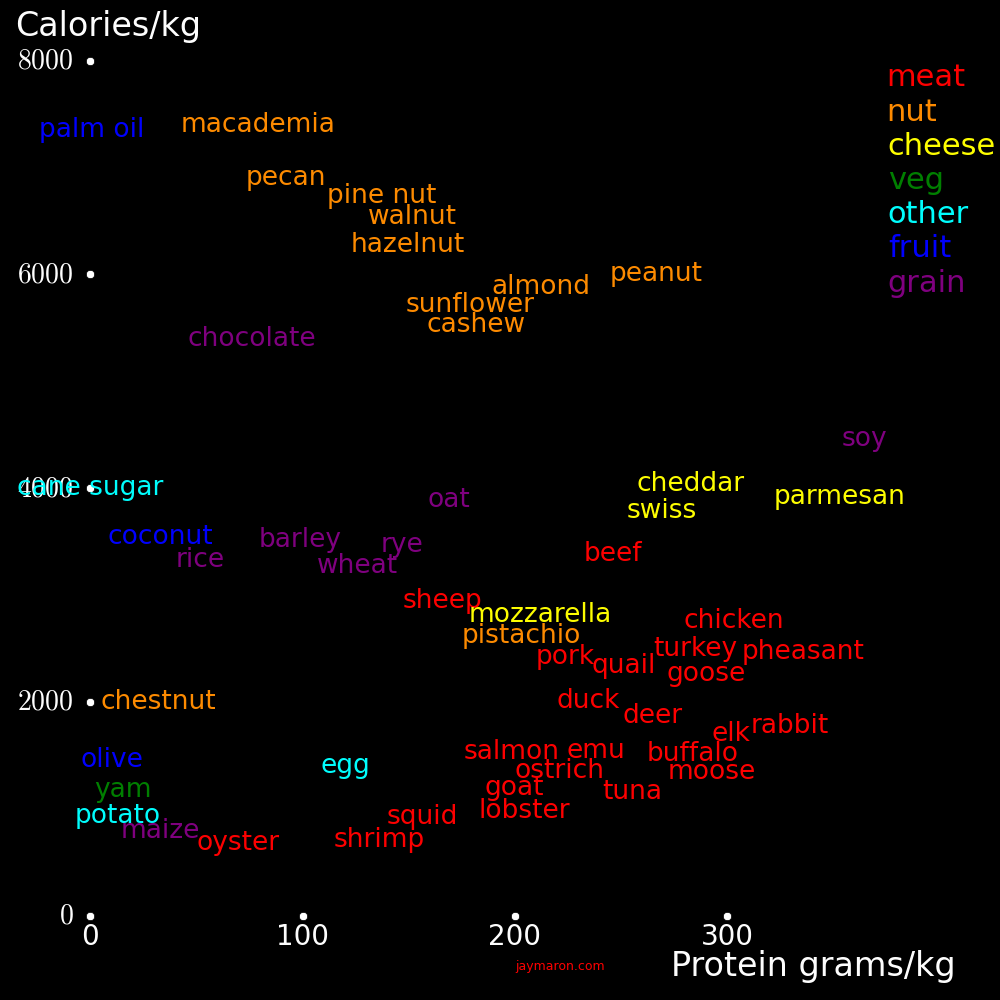 |
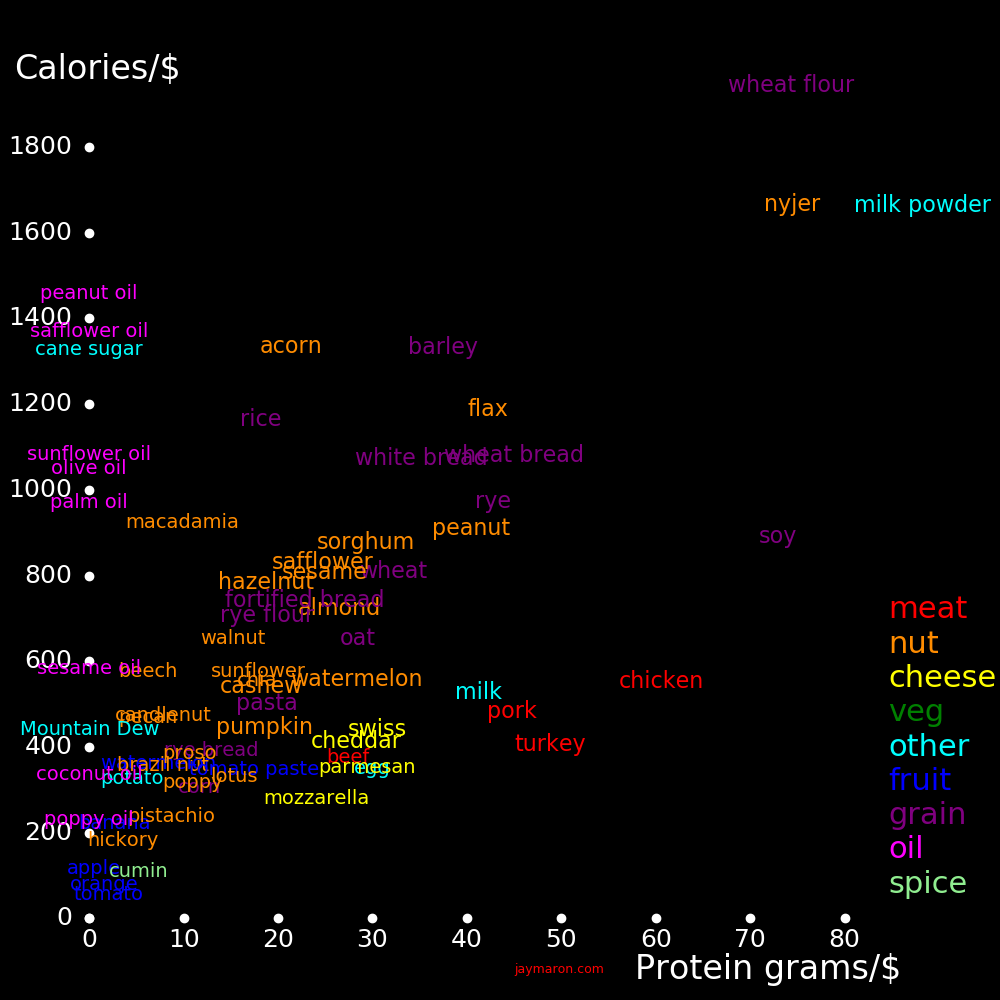 |
|---|---|
The plot shows the potassium, phosphorus, and calcium content of food. Calcium is abundant in cheese and milk and rare in other foods. Sesame is rich in calcium.
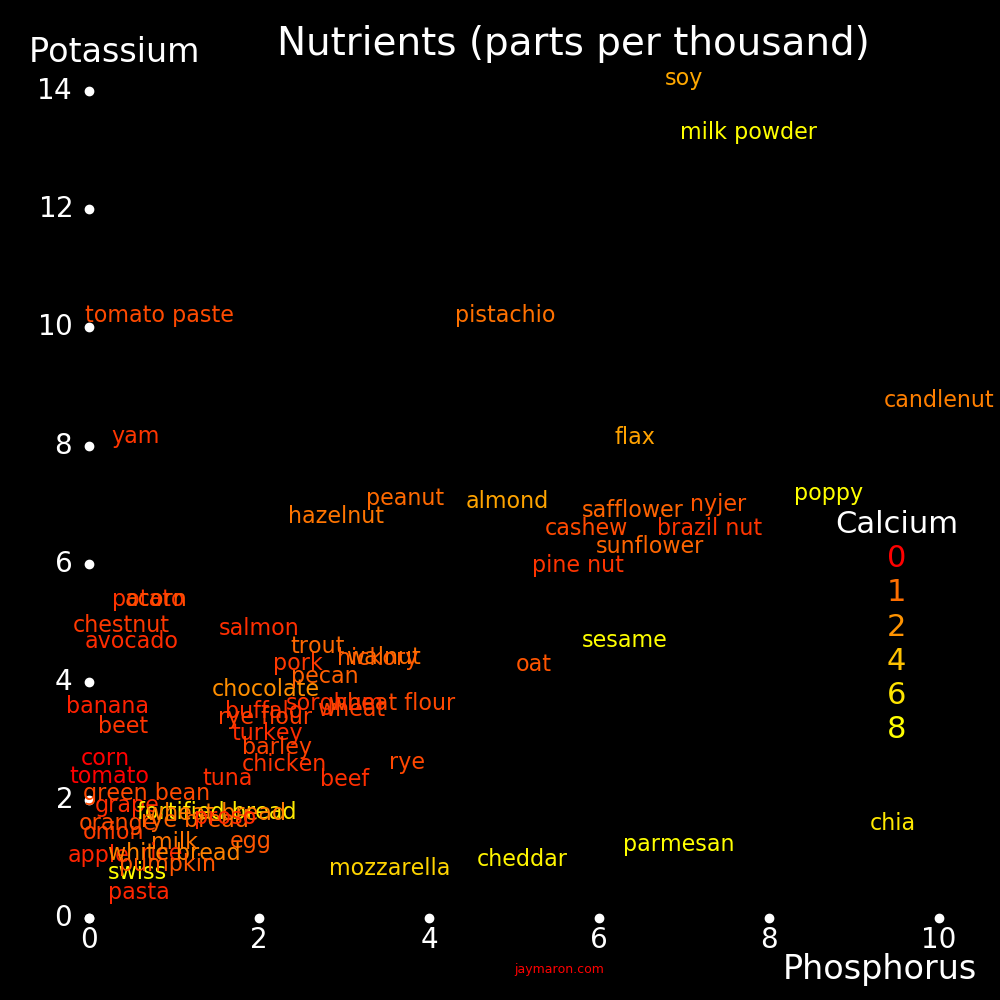 |
|---|
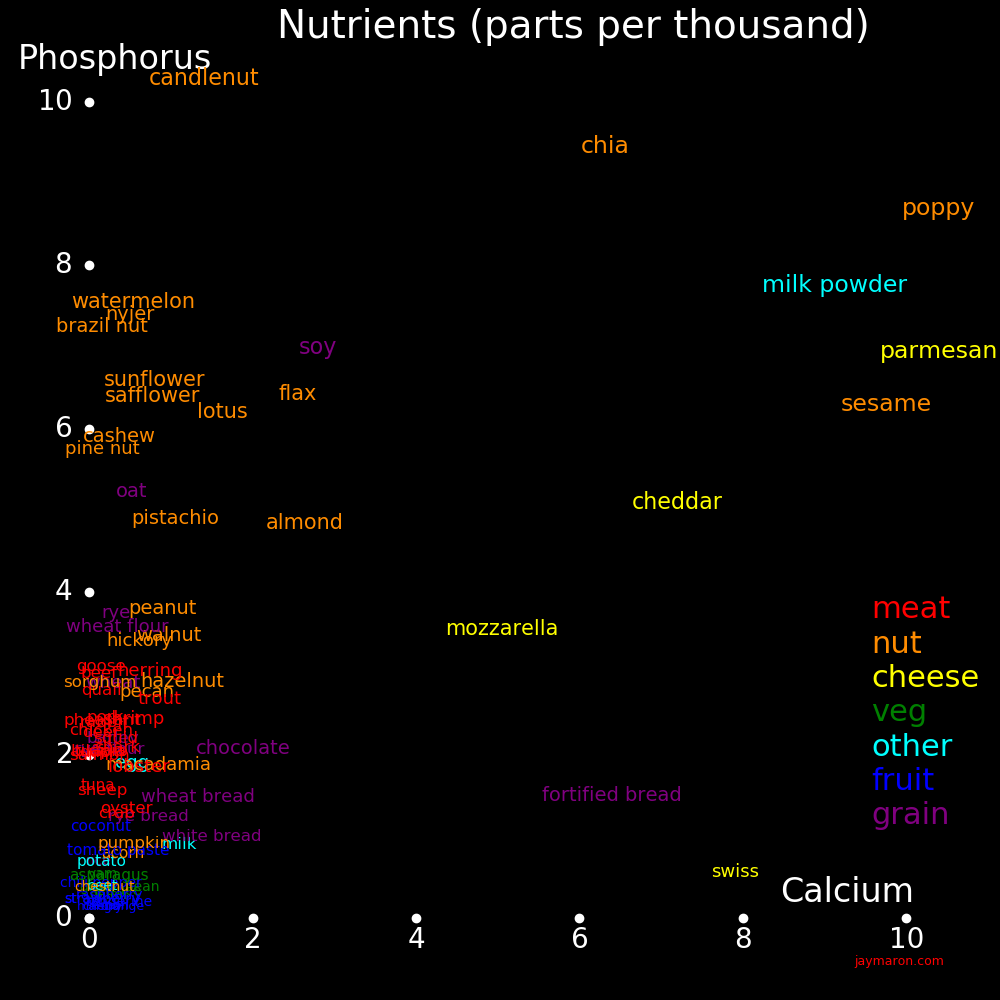 |
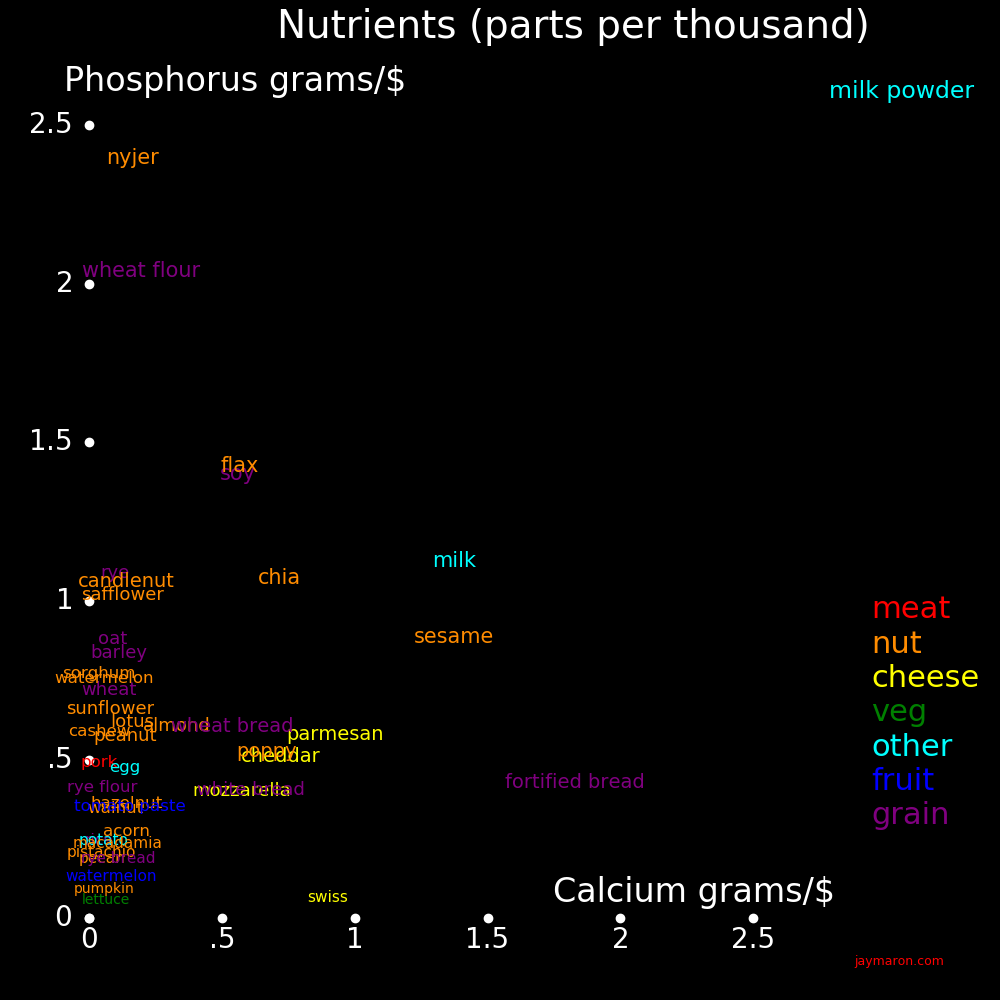 |
|---|---|
The plot shows the phosphorus and potassium content of food. Most nuts are rich in these elements.
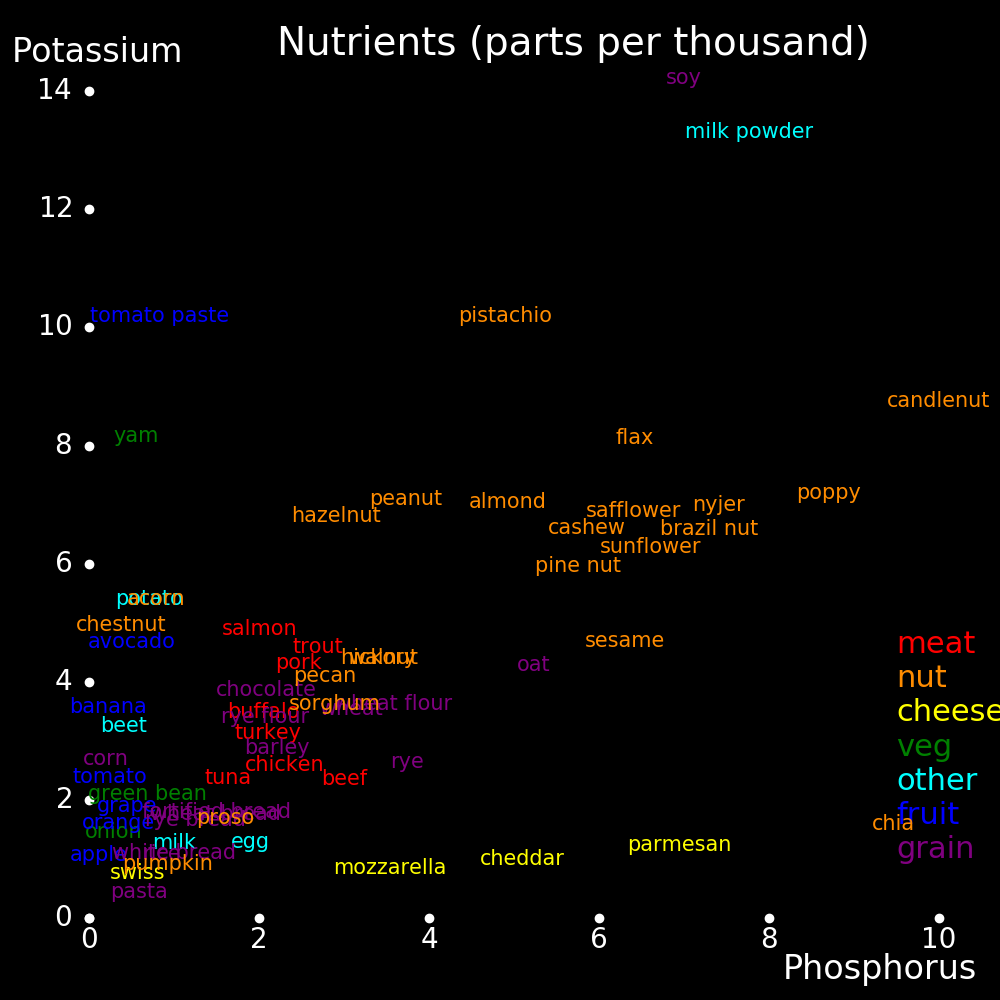 |
|---|
For bird seed, what matters is calories and calcium, and the best seeds are sesame and nyger.
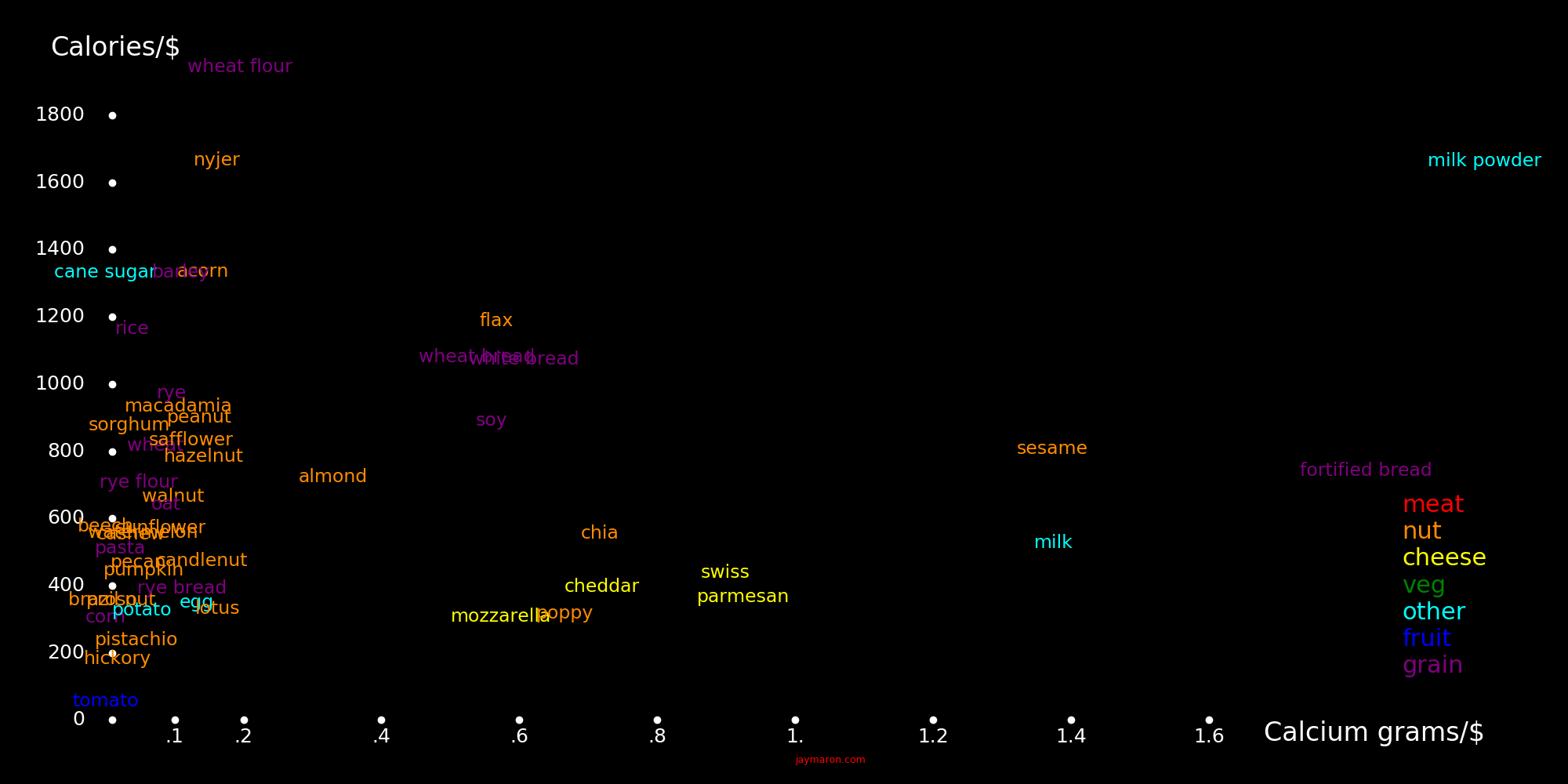 |
|---|
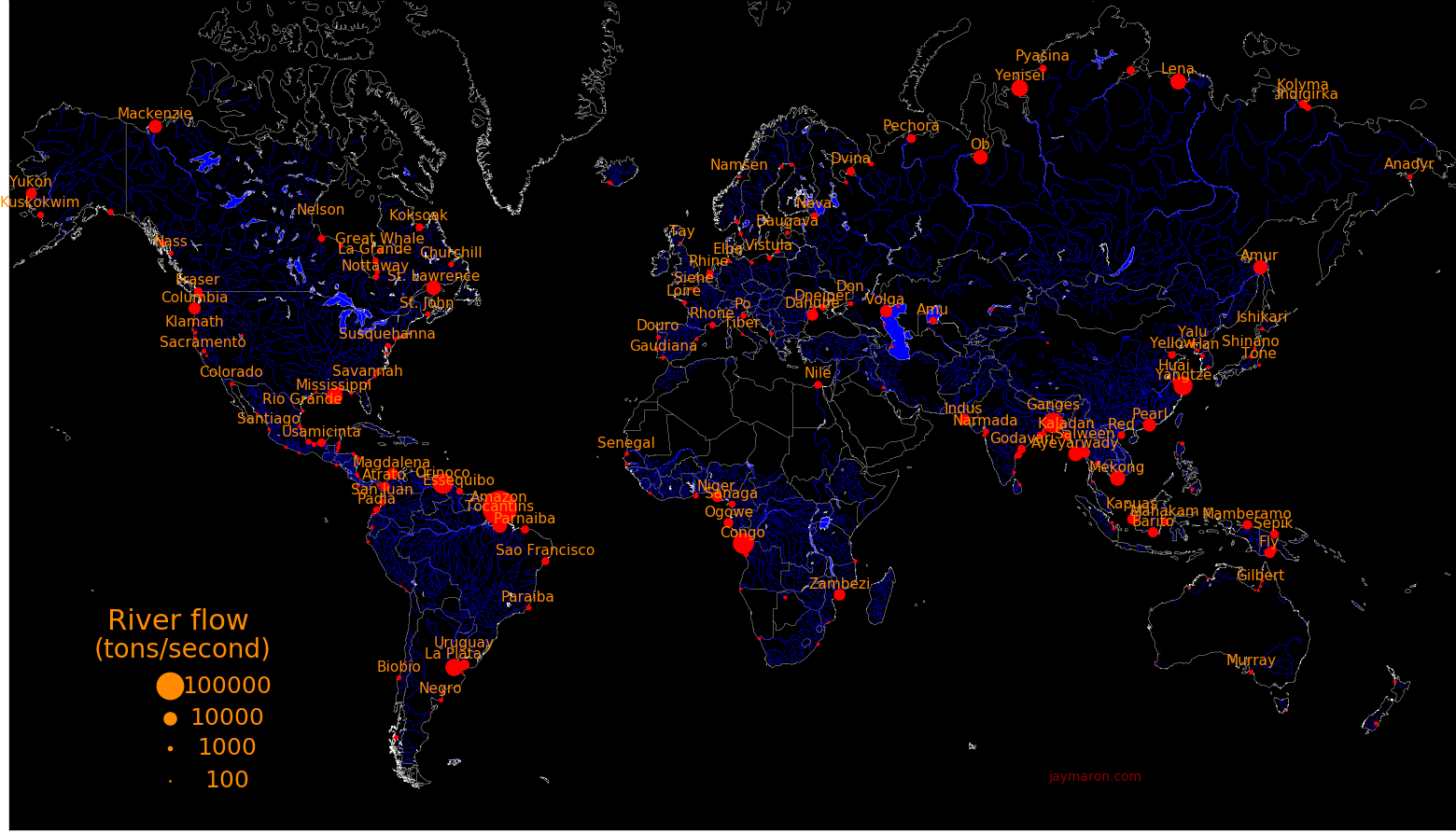 |
|---|
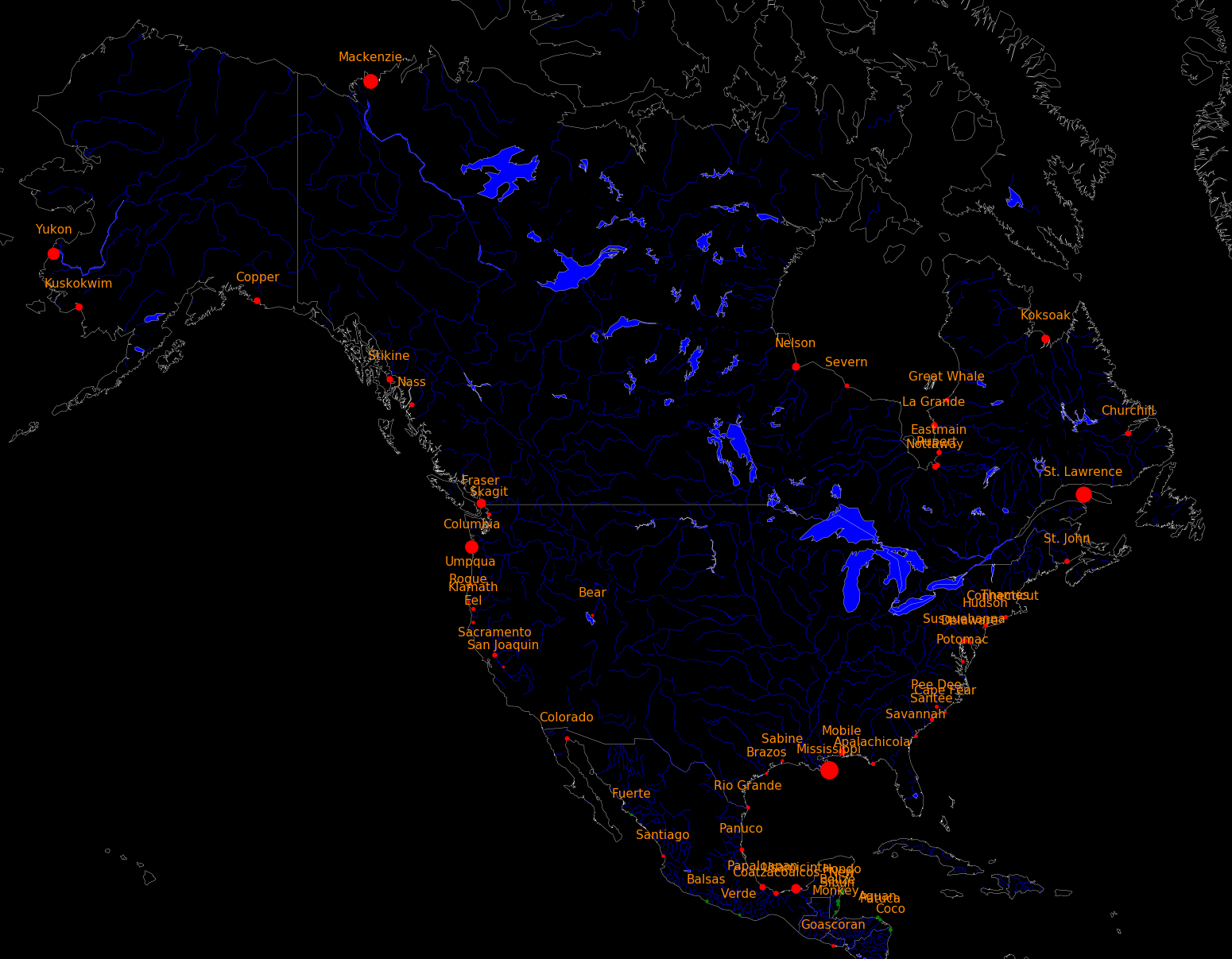 |
|---|
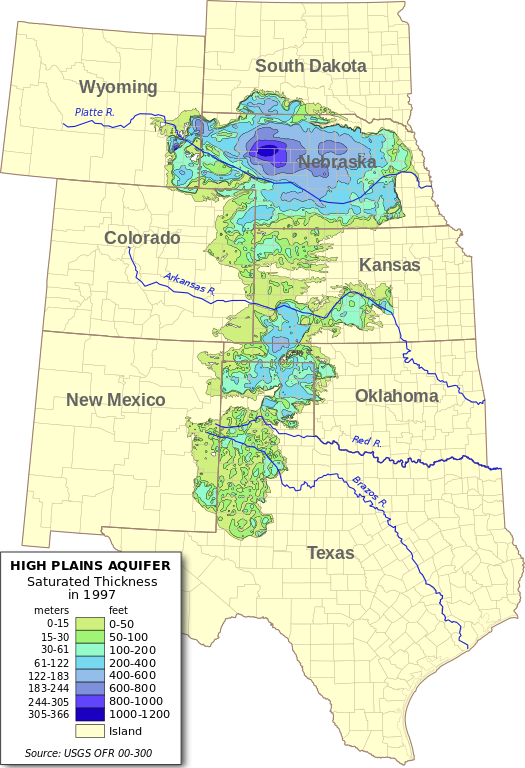 |
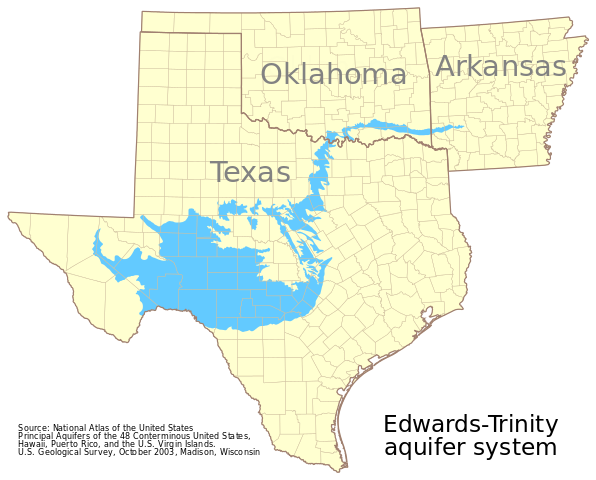 |
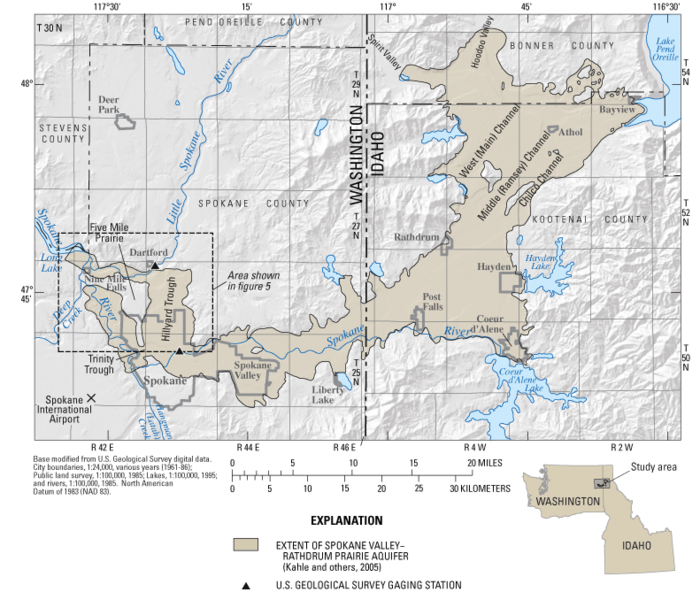 |
|---|---|---|
Water (km3)
Nebraska Ogallala 3608
California Central Valley 2000
New Jersey Kirkwood Cohansey 67
Washington Spokane Valley 38
Illinois Mahomet 15
Germany Upper Rhine 450000
Libya Nubian Standstone 150000
Australia Artesian Basin 64900
Brazil Guarani 40000
The Mississippi river is 531 km3/year.
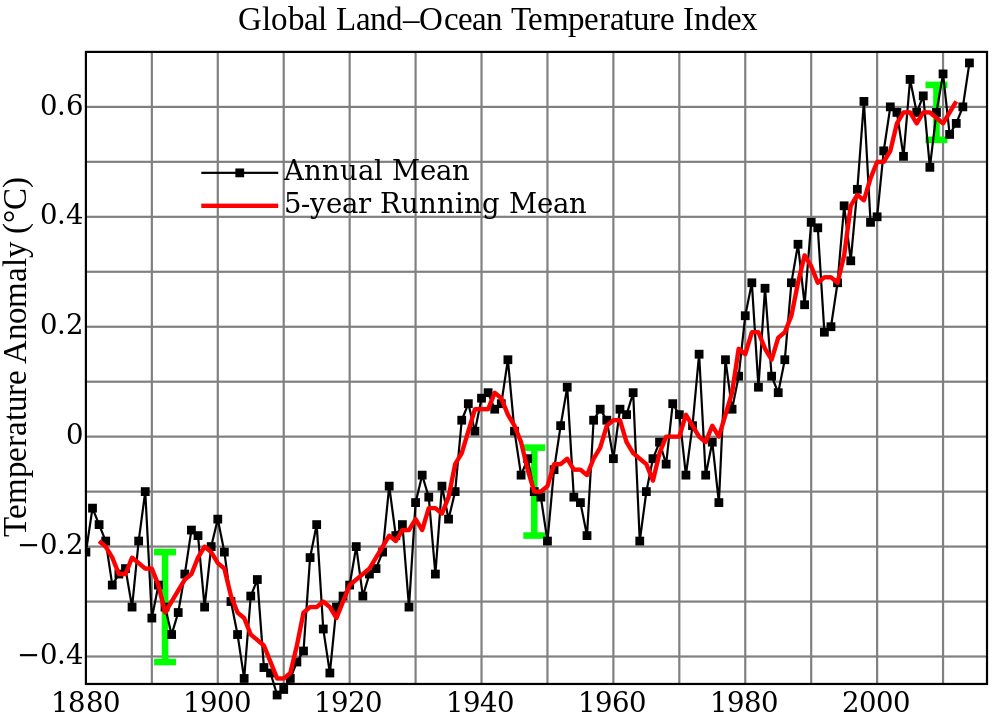 |
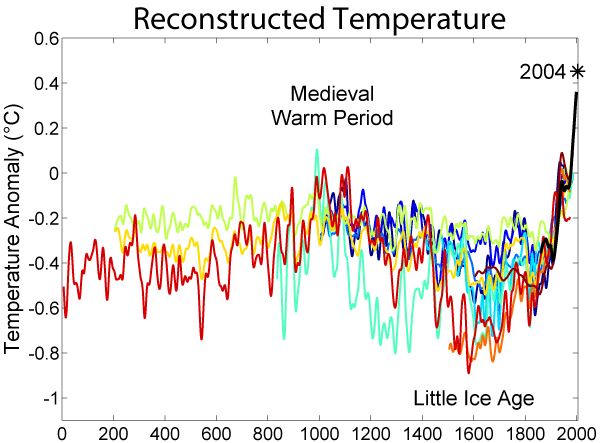 |
|---|---|
 |
|---|
Earth mean temperature = 288 Kelvin Current rate of increase = 1.7 Kelvin/century Temperature in 1800 = -.9 Kelvin compared to present Temperature in 1000 = -.5 Kelvin compared to present
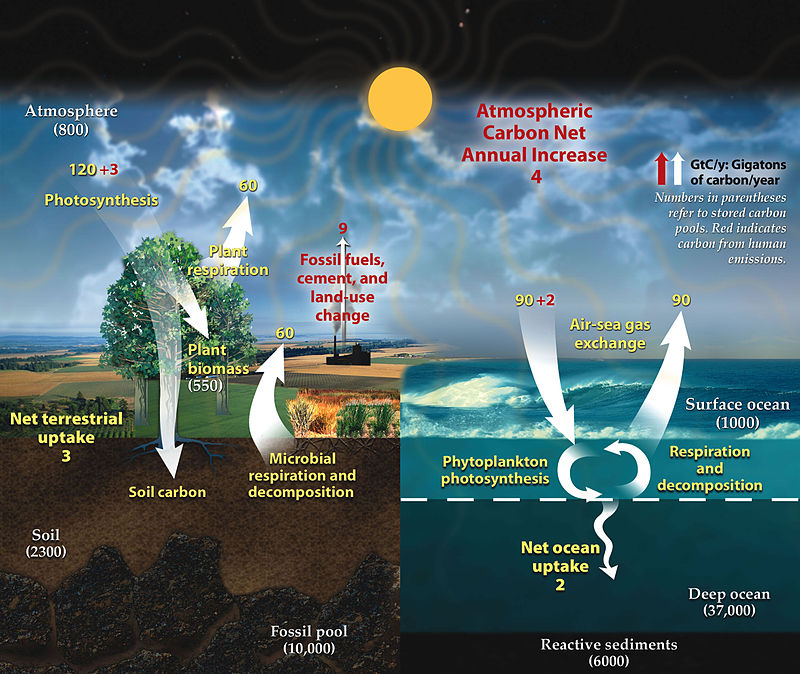 |
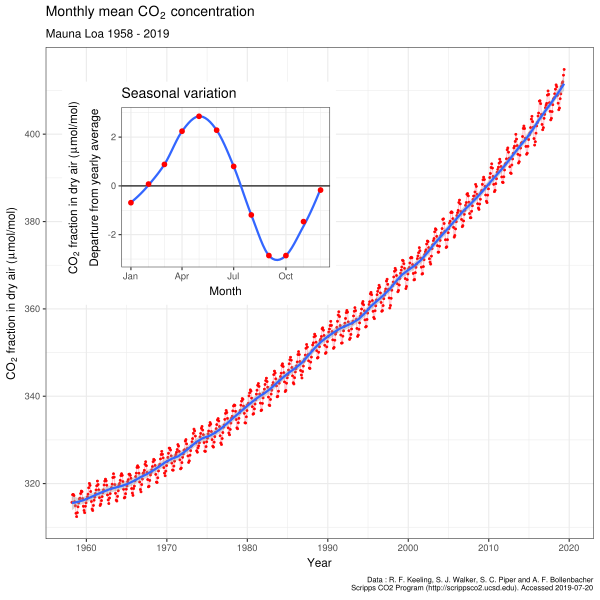 |
|---|---|
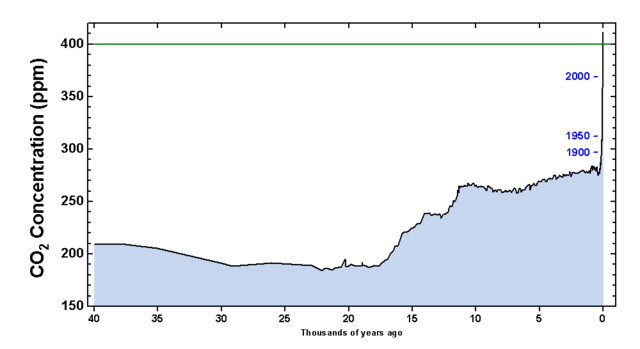 |
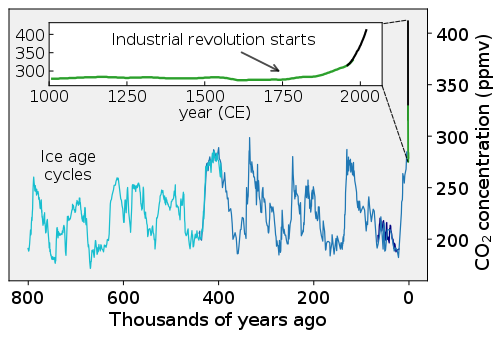 |
|---|---|
Atmosphere CO2 fraction = .00041 CO2 fraction in 1700 = .00027 CO2 fraction last ice age = .00018 (1 million years ago) CO2 fraction increase rate = .000002 per year Atmospheric carbon =880000⋅109 kg = 121000 tons/person
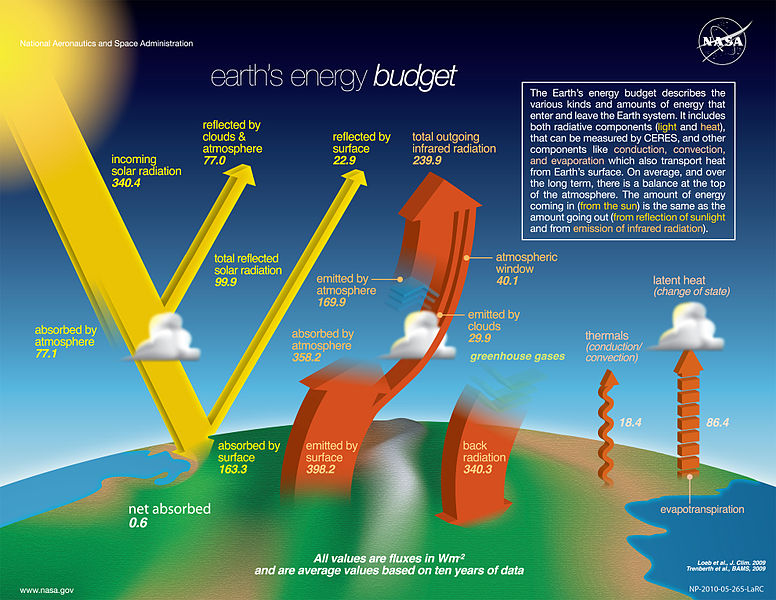 |
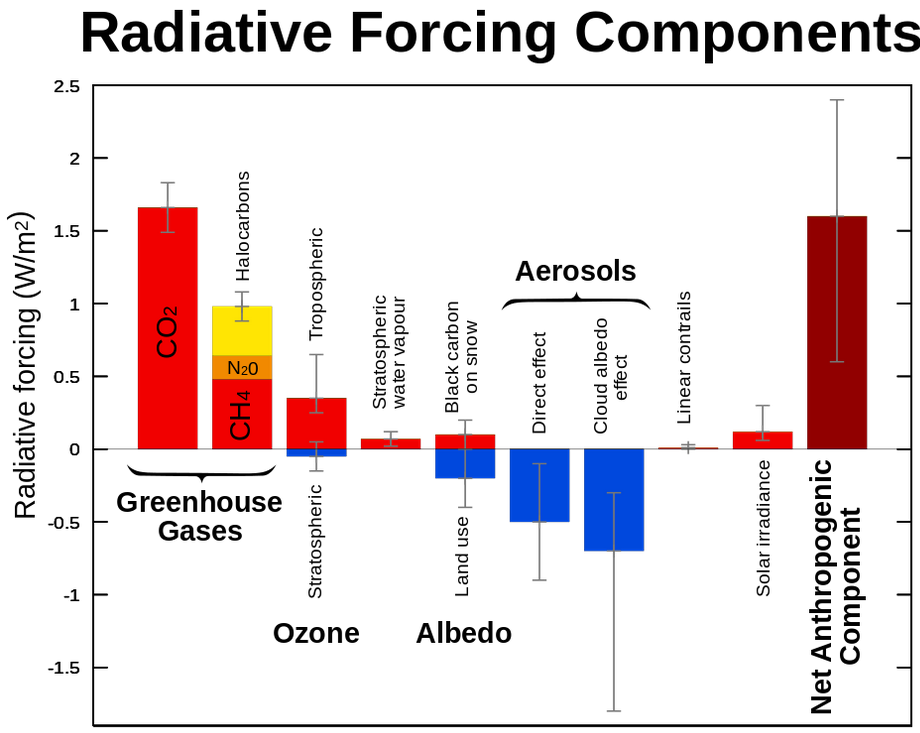 |
|---|---|
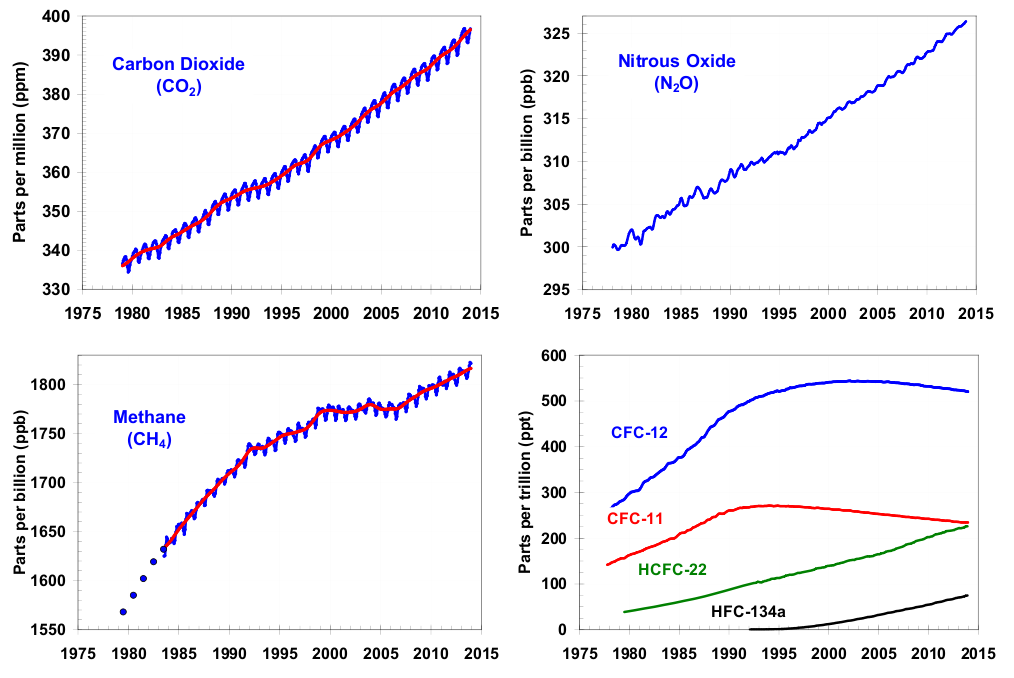 |
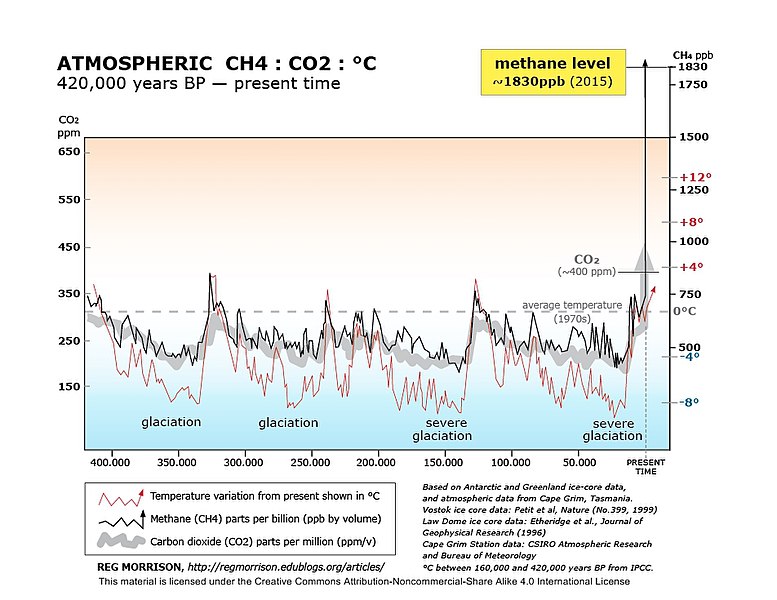 |
|---|---|
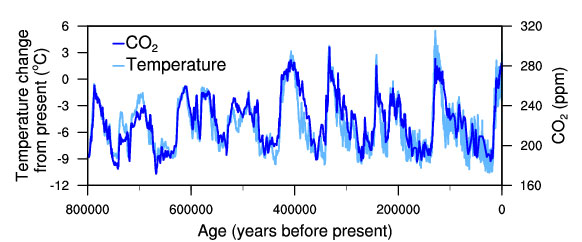 |
|---|
 |
|---|
Gas Year Year Contribution Radiation Half life
1750 2015 to warming change (years)
(ppm) (ppm) (Watts/m2)
H2O 36-72%
CO2 280 395 9-26% 1.88 60
CH4 .7 1.79 4-9% .49 12
O3 .237 .337 3-7% .4 .05
N2O .270 .325 .17 114
CCl2F2 0 .000527 .169 100
CCl3F 0 .000235 .061 60
CHClF2 0 .00022 .046 12
"ppm" stands for parts per million.
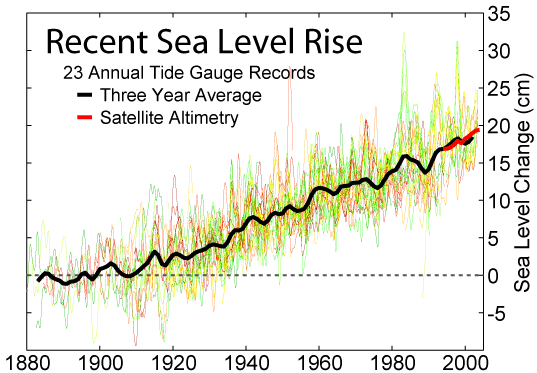 |
 |
|---|---|
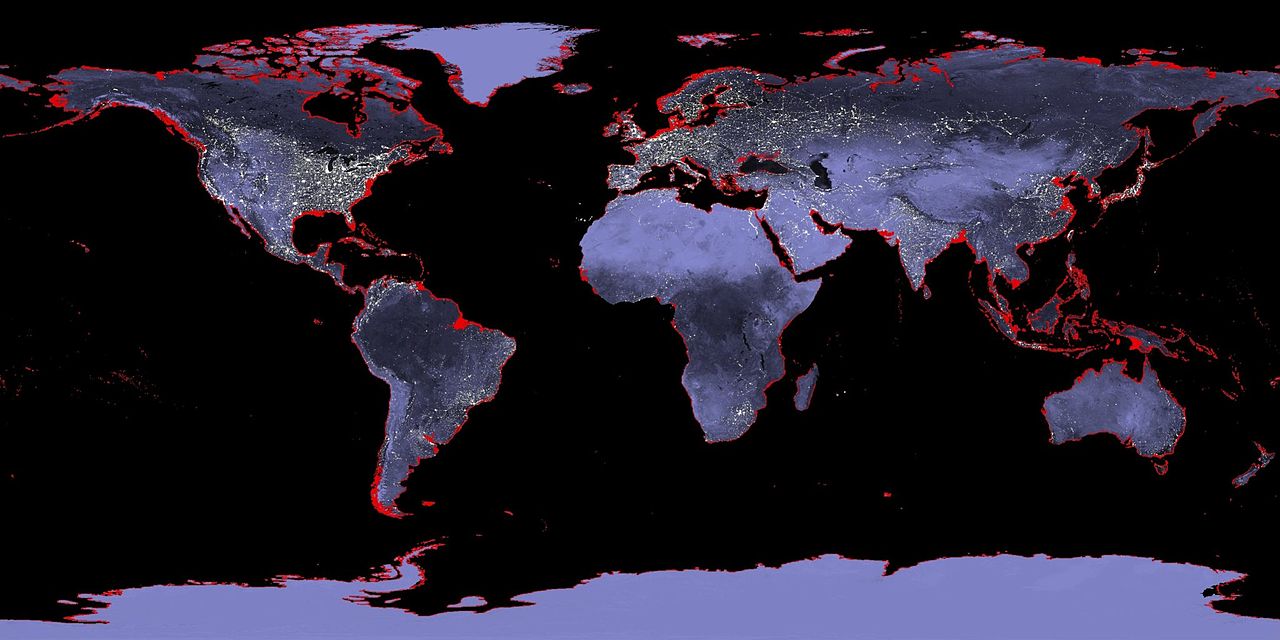 |
|---|
Sea level rise since 1870 = 225 mm Sea level rise if Greenland melts = 7200 mm Sea level rise if Antarctica melts = 61100 mm Total rate of sea level rise = 2.8 mm/year 3.3 Greenland melting rate = .6 mm/year .049 Antarctica melting rate = .2 mm/year .026 Glacier melting rate = .3 mm/year 1.2 Thermal expansion rate = .8 mm/year 1.4 Acceleration of sea level rise = .013 mm/year/year Ocean heat gain = 5 ZJoules/year
Water:
Volume Change
kkm3 km3/yr
Ocean 1338000 1200
Groundwater 23400
Ground ice 300
Lake 176.4
Mountains 40.6
Atmosphere 12.9
Swamp 11.5
River 2.12
Biomass 1.12
Ice, Antarctica 21600 -191
Ice, Greenland 2340 -247
Ice, Canada islands 83.5 -60
Ice, Alaska 44.6 -50
Ice, Russia, NE 33.8 -2
Ice, Himalayas 23.7 -26
Ice, Svalbard 13.3 -5
Ice, Andes, South 11.7 -29
Ice, Iceland 8.7 -10
Ice, Canada, West 2.6 -14
Ice, Scandinavia .8 -2
Ice, Swiss Alps .3 -2
Ice, New Zealand .3 0
Ice, Caucuses .2 -1
Ice, Russian islands -11
Ice, Andes, North -4
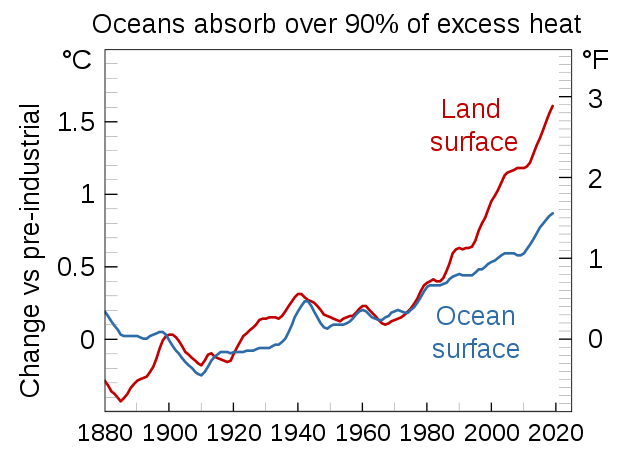 |
|---|
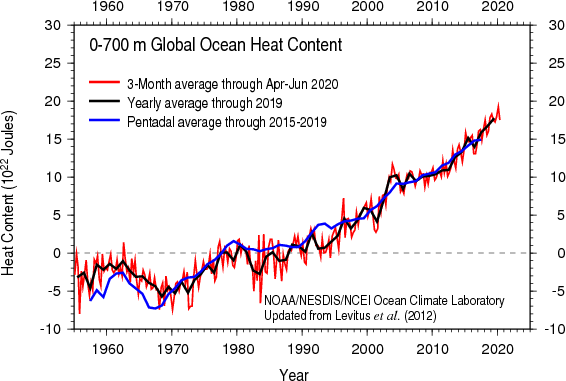 |
.png) |
|---|---|
Atmosphere temperature rise= .017 Kelvin/year (.9 Kelvin since 1800) Sea level rise = 2.8 mm/year (225 mm since 1800) Atmosphere CO2 frac = .0035 (.0027 in 1800) Atmosphere carbon =720 Gtons Photosynthesis of carbon =120 Gtons/year Human carbon emissions = 9 Gtons/year = 1240 kg/person/year Energy produced = .57 ZJoules/year = 78.6 GJ/person/year = 2490 Watts/person Electricity produced = .067 ZJoules/year = 9.2 GJ/person/year = 292 Watts/person Food = .027 ZJoules/year = 3.7 GJ/person/year = 117 Watts/person = 2500 Cal/person/day Sunlight energy =3850 ZJoules/year Wind energy = 2.25 ZJoules/year Photosynthesis of biomass = 3.00 ZJoules/year Ocean heat gain = 7.5 ZJoules/year World power = 18 TWatts = 4500 Watts/person Energy cost = 16 T$/year = 2210 $/person/year (27.8 $/GJoule) Population = 7.254 billion Food = 1.58 Tkg/year = 218 kg/person/year (As carbs) Earth land area =148.9 Mkm2 = 2.0 Hectares/person Rainfall over land =107000 km3/year =14800 tons/person/year River flow = 37300 km3/year = 5140 tons/person/year Water total use = 9700 km3/year = 1390 tons/person/year Water for agriculture = 1526 km3/year = 218 tons/person/year Water for home use = 776 km3/year = 111 tons/person/year Water desalinated = 36 km3/year = 5 tons/person/year Rainfall increase per year = .20 mm/year (Rainfall is increasing with time)The above table can be used to convert various quantities, such as:
Energy of hydrocarbon food 17 MJoules/kg Agricultural water required to produce food 1000 litres/kg (in the form of carbohydrates) Electricity cost 100 $/MWh = 2.78⋅10-8 $/Joule Agricultural water required to produce food 1000 litres/kg (in the form of carbohydrates) World average 722000 people per kg3 of water used
Sunspot number correlates with solar intensity.
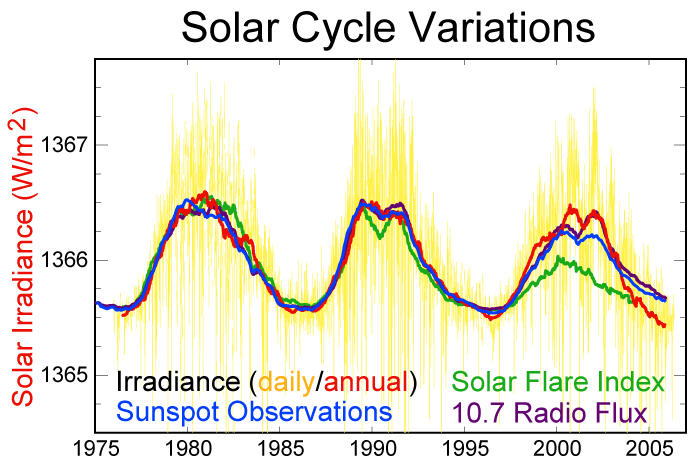 |
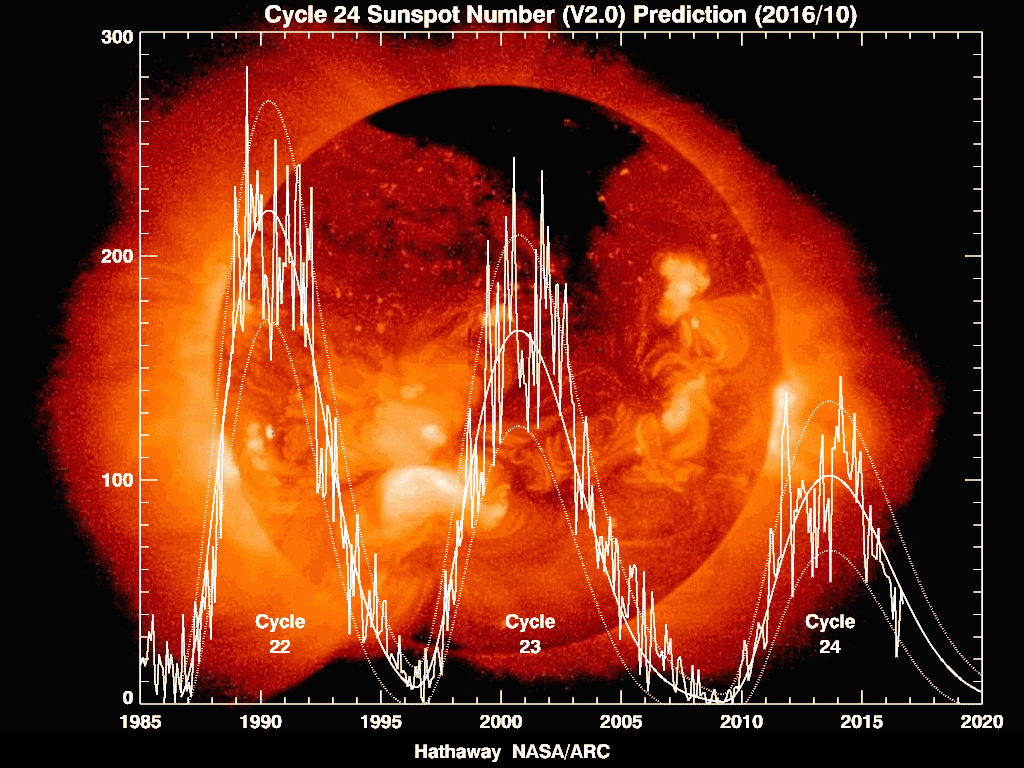 |
|---|---|
Solar intensity has long-term variations and these impact climate. The sun is presently dimming.
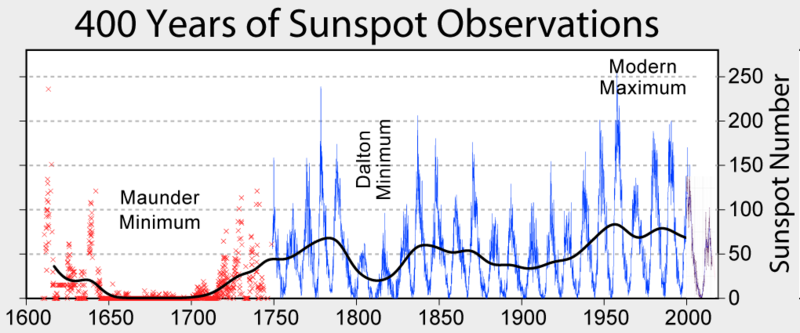 |
|---|
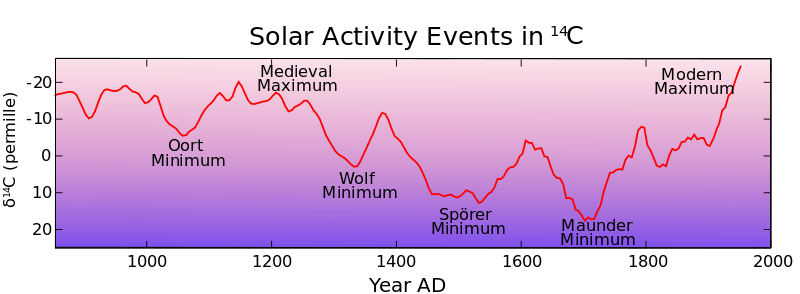 |
|---|
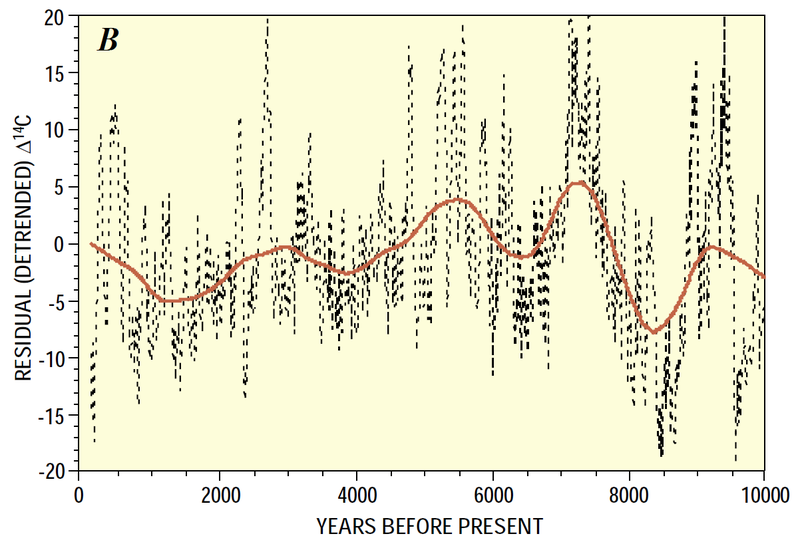 |
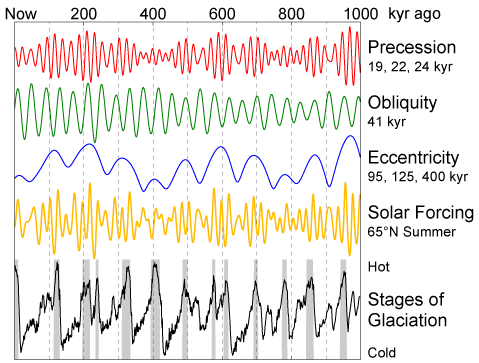 |
|---|---|
Carbon-14 is a proxy for solar intensity.
Sunspots impact cosmic rays, and cosmic rays have an impact on climate by forming clouds.
Sun intensity average = 1366.0 Watts/meter2 Sun intensity at sunspot maximum = 1367.0 Watts/meter2 Sun intensity at sunspot minimum = 1365.1 Watts/meter2
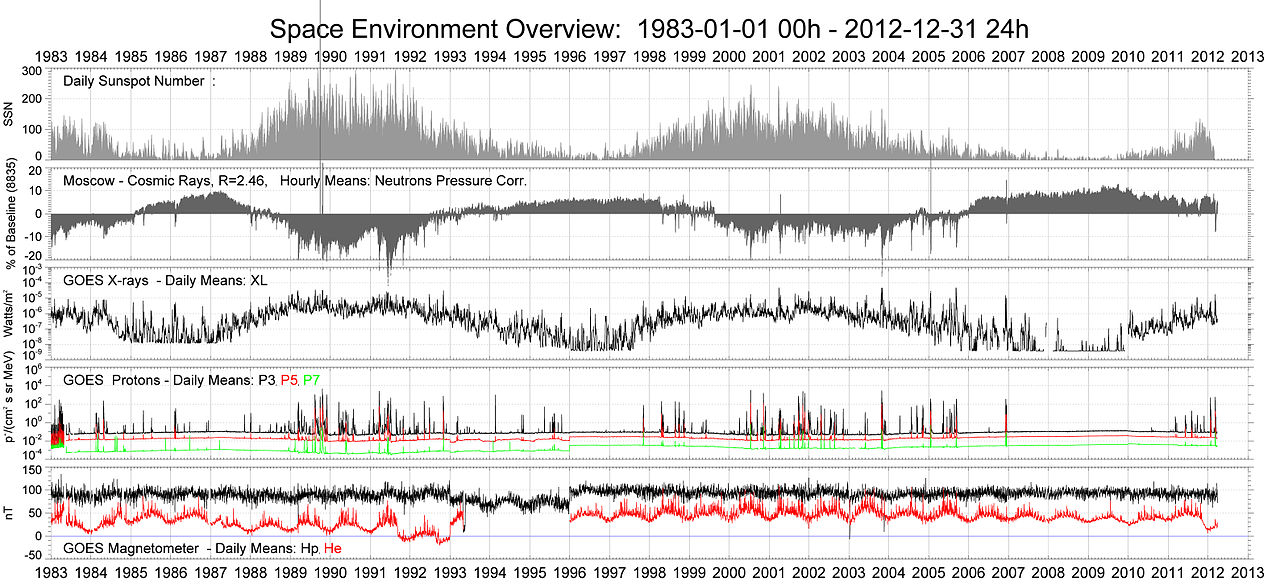 |
|---|
Volcanoes often cause global cooling, and the table shows all major volcanic cooling events.
Region Volcano Magma Index Year Temperature change
(km3) Celcius
Philippines Pinatubo 25 6 1991 -.2
Alaska Novarupta 28 6 1912 +.2
Guatemala Santa Maria 20 6 1902 -.1
Indonesia Krakatoa 20 6 1883 -.4
Indonesia Tambora 160 7 1815 -.5 Caused the "Year without a summer"
Iceland Laki 14 6 1783 -1
Peru Huenaputina 30 6 1600 ?
Vanuatu 108 7 1452 ?
New Zealand Tarawera 5 1315 ? Famine of 1315-1317
Indonesia Rinjani 10 7 1258 ? Caused the Little Ice Age that ended the Viking era
Iceland Hekla 3 1 5 1159 ?
North Korea Paektu 110 7 946 ?
Unknown 7 535 -2
Indonesia Lake Toba 2800 8 -72000 -1
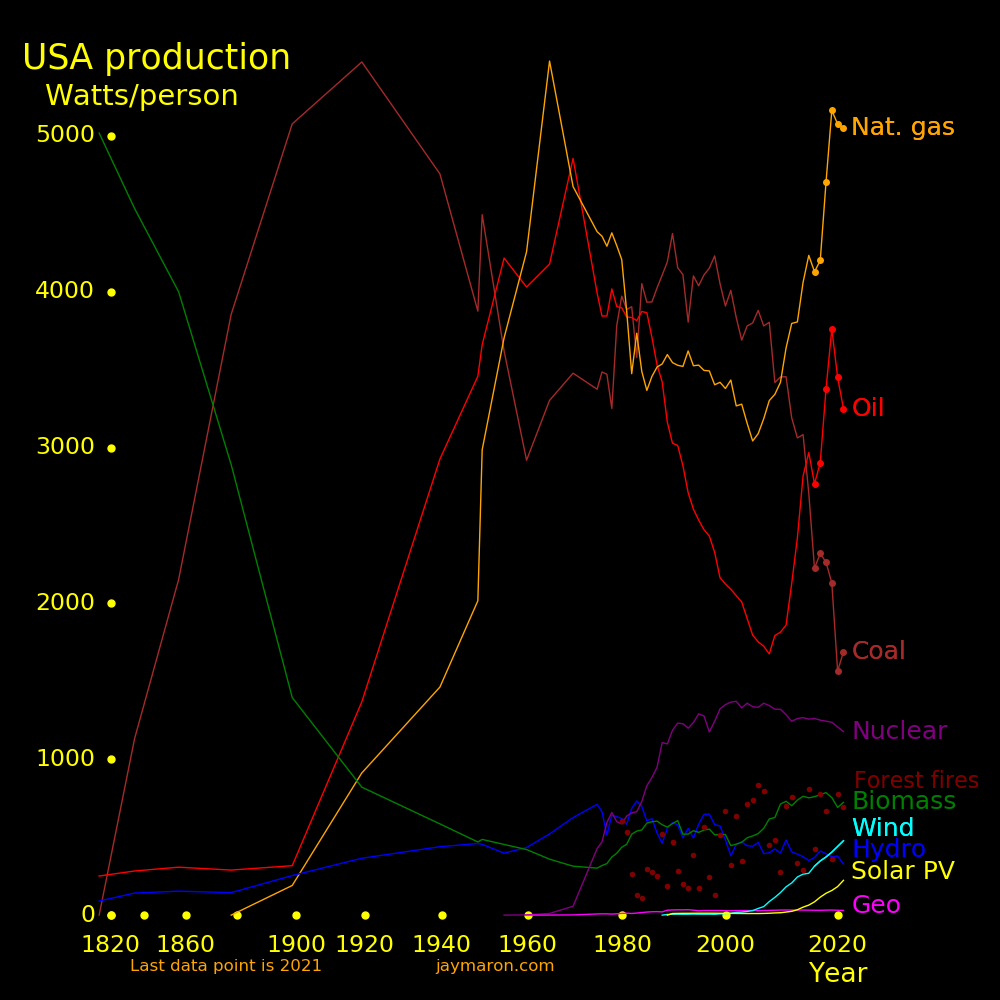 |
|---|
For heat energy,
Energy/Carbon Energy/mass
MJoule/kg MJoules/kg
Natural gas 73 55
Oil 53 46
Coal 38 32
The chief fertilizer elements are nitrogen, phosphorus, and potassium, and they draw substantial mining energy.
World metal mining is dominated by iron, aluminum, copper, and gold.
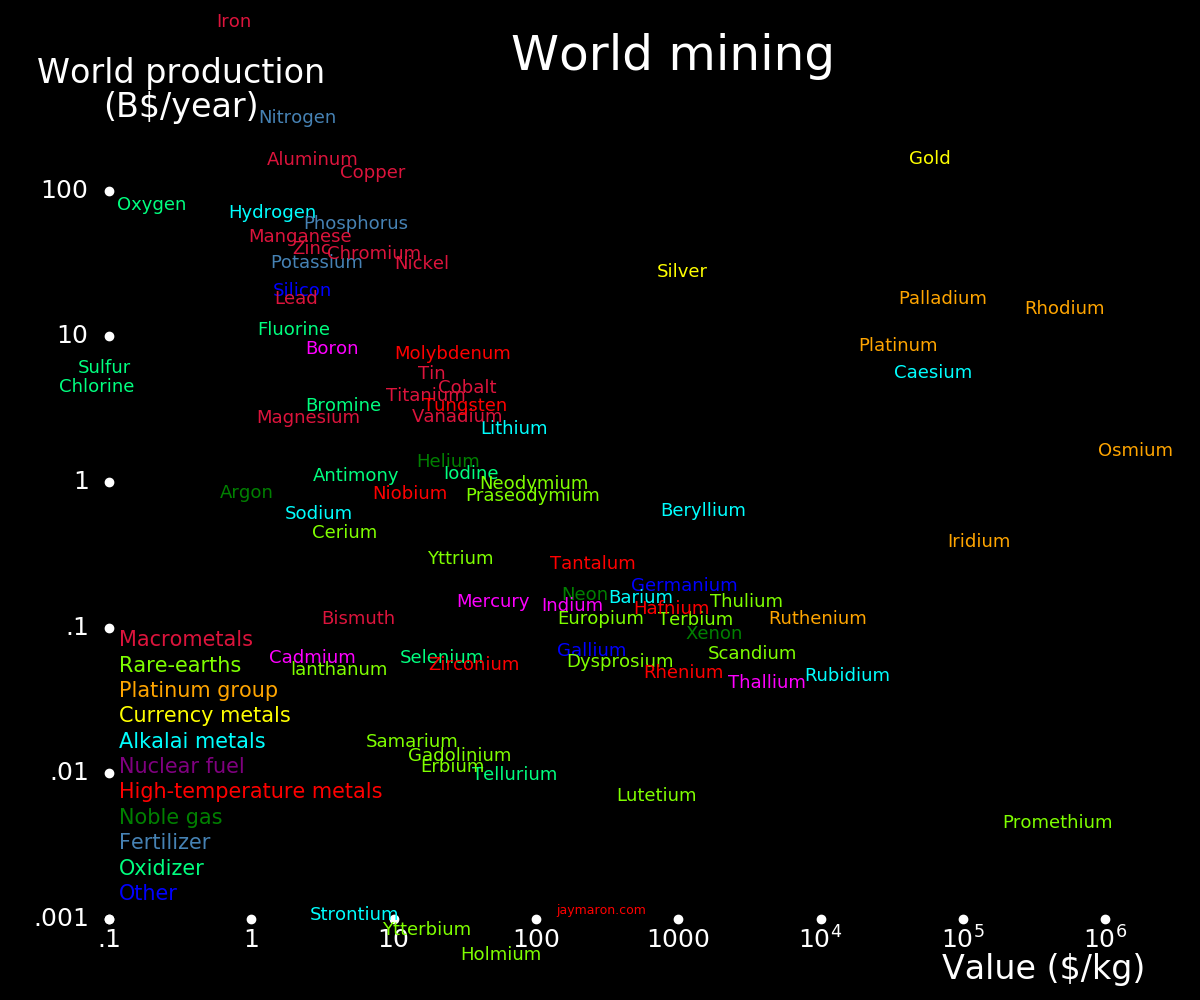 |
|---|
World production and reserves for fertilizer elements are:
World Fertilizer Reserves Carbon Carbon Element Usual form
Bkg/year Bkg/year Bkg kg/kg Bkg/year $/kg
Nitrogen 38 30.0 Infinite 1.09 32.7 5.66 Urea CO(NH2)2
Phosphorus 22 11.0 260 1.30 14.3 56 Monoammonium phosphate NH4H2PO4
Potassium 34 11.0 3240 2.64 29.0 11.8 Potassium chloride KCl
"Carbon kg/kg" is the carbon emitted to produce 1 kg of element.
"Carbon Bkg/year" is the carbon emitted by the world due to the fertilizer element.
"Element $/kg" is the price of the element per kg.
The plot shows how much energy the world expends per year for primary materials. The materials that consume the most energy are are steel, plastic, hydrogen, wood, and food.
Hydrogen is a primary chemical, and it's produced from methane by steam reforming. 45% of hydrogen becomes ammonia (Haber process) and 80% of ammonia becomes fertilizer.
Methane CH4 → Hydrogen H2 → Ammonia NH3 → Urea CO(NH2)2
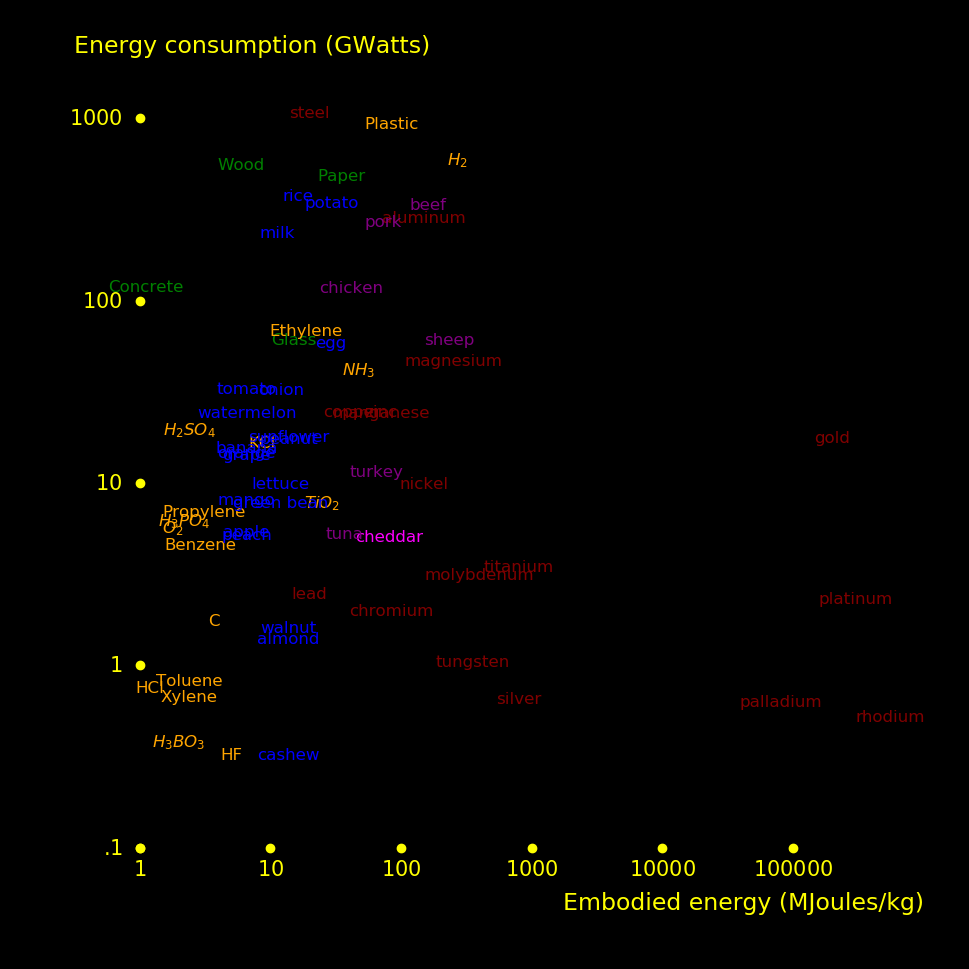 |
|---|
Adding 1 kg carbon to the atmosphere increases greenhouse heating by 4.1 Watts.
There are 2 classes of geoengineering: Carbon management (usually trees) and greenhouse warming management (usually cloud seeding and aerosols). The above number allows you to compare costs.
A tree captures carbon at a rate of .5 kg/meter2/year, which decreases greenhouse heating by 2.0 Watts/meter2.
"Albedo" is reflectivity.
The difference in reflected flux between trees and grass was measured to be 8
Watts/meter2 at 40° latitude, where solar flux is 190
Watts/meter2, and this corresponds to an albedo difference of .04.
Williams, Gu, &
Jiao (2021).
If you replace an arctic conifer tree with snow, the albedo change is
".52". The average solar power at 60° latitude is 110
Watts/meter2, so the change in power is 57
Watts/meter2. This the most extreme case. The realistic change is
less, because there isn't always snow on the ground, and because trees are
sometimes covered in snow.
The density of a typical forest is:
The growth rate of a typical forest is:
Wood is 1/2 carbon and 1% nitrogen.
The fertilizer requirement for nitrogen is:
Trees also need potassium, phosphorus, calcium, magnesium, and sulfur, and
their total cost is similar to that of the nitrogen. The total fertilizer cost
is double the nitrogen cost.
Bamboo is a fast-growing tree and it's easily harvested, because it's light on side branches.
A new bamboo forest achieves full leaf coverage early, whereas an oak forest takes longer.
The largest trees are sequoias, redwoods, douglas firs, and eucalyptus. Douglas firs
can grow in the arctic.
Trees should be planted close to water. For existing trees, fertilizer should
go to large trees that are close to water.
If possible, plant trees so that their shadows are cast over water, because
trees have a larger albedo than water.
Plant trees that produce nuts, because birds are more likely to get the nuts
than insects. Also, the more birds, the fewer insects.
An old forest is carbon-neutral and a young forest captures carbon. Replace old forests
with young forests, or harness the deadwood in old forest.
World forest carbon:
Using trees to offset atmospheric carbon gain requires 4 Mkm2 of
forest, and world forests total 39 Mkm2. Forests capture carbon at a
rate of .5 kg/meter2/year.
A typical solar farm costs 5 $/Watt and produces 30 MWatts/km2.
The largest solar farms are:
American solar farms tend to be in California or Arizona where sunlight is abundant and
clouds are scarse. We calculate the payback time for a typical 1 meter2 solar cell in Arizona.
The types of solar cells are:
A solar cell system requires an inverter to convert DC to AC power.
For a 1 meter2 cell,
A typical wind farm costs 1.5 $/Watt and produces 10 MWatts/km2. The largest
wind farms are:
The larger the turbine, the more efficient it is. Commercial wind turbines include:
The power generated depends on wind speed cubed. For the Vesta V164,
For a typical wind turbine,
Fission reactors are used primarily for electricity and heat, and they can also
generate valuable elements. Neutron transmutation can turn cheap tungsten into valuable
rhenium, osmium, iridium, platinum, and gold. Radioactive waste is abundant in the
valuable catalysts rhodium and palladium.
Fission reactors can generate transuranic elements, which are necessary for nuclear
rockets and space engineering.
Neutron transmutation moves an element one spot to the right in the periodic table.
Burnt fission fuel contains the valuable catalyists rhodium and palladium. One
kg of uranium costs $100 and produces $13000 of rhodium and $1600 of
palladium. The elements produced by the fission of one kg of U-238 are:
Technetium is important because there are no stable isotopes and it doesn't
occur in nature. Strontium-90 is important because it can be used as a
radioisotope battery. Technetium-99 and Strontium-90 don't have
well-established market prices because they only come from fission
reactors. Xenon is easy to extract because it's a noble gas.
The numbers are for fission by fast neutrons. Fission by slow neutrons produces similar numbers.
The windiest place on the planet is Cape Denison, Antarctica, with a year-round
average wind speed of 25 m/s. Wind turbine power scales as windspeed cubed.
Katabatic winds continuously blow from the
Antarctic center to the coast, gaining energy as they flow downward. The wind
at Cape Denison always blows in the same direction, simplifying
construction.
A 10 km array of wind turbines at Cape Denison can generate 5 GWatts.
The power can be used to produce metals. Ore is brought to Antarctica and
extracted with electricity. Suitable candidates include titanium,
magnesium, and aluminum.
Wood consists of a mix of cellulose and lignin, with a typical mass composition of
One can control the amount of carbon sequestered by varying the pyrolysis temperature.
Clouds can be formed with sulfuric acid cloud seeding. Sulfur can be put into
the atmosphere in the form of H2SO4, H2S, or SO2. Sulfur
lasts 4 years in the atmosphere and has to be replenished. Power from the jet
stream can be used to launch sulfur.
Fertilizing the ocean with iron causes large-scale biomass growth, and when it dies it takes the carbon to
the bottom of the ocean.
In the ocean the microbe nutrient requirement is:
Iron is insoluble in the ocean and is usually the limiting nutrient. Between
nitrogen and phosphorus, nitrogen is usually the limiting nutrient.
A small amount of iron fertilizer can capture a large amount of carbon.
Diatoms are microbes with silicon walls as opposed to conventional lipid membranes.
If silicon is present then silicon microbes outcompete lipid microbes because
silicon walls cost 8% as much energy to make as lipid membranes.
Diatoms are good carbon fixers because when they die they sink to the bottom of the ocean,
and the carbon stays there.
The best place to fertilize the ocean with iron is the Antarctic Atlantic, where iron is
scarce and silicon, nitrogen, and phosphorus are abundant. This is also the region where the
ocean currents flow downward.
Ocean concentrations of phosphorus, nitrogen, and silicon:
Antarctic icebergs can be moved to places in the tropics where sun is abundant but water is scarce.
The energy required to move the iceberg costs far less than the value of the freshwater delivered.
Ocean currents can help save energy. The South Indian Current brings icebergs to Australia,
The South Pacific current brings icebergs to Chile, and the South Atlantic current brings icebergs
to Africa.
We calculate the energy required to move an iceberg for a typical iceberg.
The iceberg should move as slow as possible but it should move fast enough to
reach its destination before melting. We assume a travel time of 1 year, and
this determines the velocity. Presumably, measures can be taken to slow
melting such as covering the iceberg with a white tarp.
Hydroponics is the technique of growing plants in water rather than soil, where the water is
fertilized with nutrients. Hydroponics can yield 100 times as much food as soil-based
agriculture, and a person can be sustained with only 200 square meters of hydroponics.
Hydroponics is easy. One can buy a system that takes care of everything and one
need only supply the system with water and fertilizer. One can further improve
yield with greenhouses, lighting, and mirrors.
A "grow kit" takes care of supplying the plants with water. One need
only supply the kit with water and fertilizer. Fertilizer comes in powder form
and dissolves in the water. Kits cost $2 per plant site.
Putting a greenhouse around the kit amplifies the yield by allowing one to
control temperature and humidity. A greenhouse also allows plants to be grown
during the winter.
Mirrors can amplify the sunlight reaching the planet, and mirror film is cheap.
Lights can improve the growth rate and make it possible to grow plants 24 hours.
1 kg of nutrient powder is mixed with ton of water.
The composition of a typical nutrient solution is
Hydroponics offers gains over field agriculture in many categories. The following table shows the
amplification for each category in terms of hydroponic yield over field yield. The total
amplification is the product of the amplification from each category.
Bird populations can be increased with plants that produce nuts or berries.
Climate engineering can be done from space, but it requires lunar ice.
Lunar ice can be used for rocket fuel, life support, and radiation shielding.
The moon's low gravity makes it easy to launch ice into space. Lunar ice is
converted into hydrogen + oxygen rocket fuel, moved to low-Earth-orbit, and
used to help rockets go from there to other destinations.
The moon has metal asteroid craters.
In a metal asteroid, the most valuable metals are osmium, rhodium, nickel, platinum, and palladium.
A cubic metal asteroid 100 meters in size has a mass of 1 billion kg, and the value of the metals is:
Jet Propulsion Laboratory designed a space mirror with the goal of minimizing the
mass per area. It consists of mylar coated with aluminum.
A space mirror can cool the Earth. Greenhouse gases generated by humans have
increased the sun's effective brightness by 1.5 Watts/meter2. The
size of a mirror required to cancel this is 560000 km2, which costs
3.4 trillion dollars to launch.
Cities often encourage wild cats to stay wild, and many have a "catch, sterilize, and release"
program. Many also do censuses of cat colonies and have a network of colony caretakers.
The plague has closed down most of New York City's animal shelters.
New York City has the same number of wild cats as house cats.
Wild cats kill on average .12 rats/day. The calorie intake is:
Mass fraction of elements in parts per million. For the ocean, "oxygen" means dissolved
gaseous oxygen.
The deep ocean is richer in nutrients than the surface.
For polar oceans, iron is the limiting nutrient for bacteria.
The "Redfield ratio" for ocean carbon fixation by algae and diatoms is
The Pacific and Indian oceans both have upward flows in the global thermohaline
flow and are hence richer in nutrients than the Atlantic ocean. In the
Atlantic ocean water sinks at both poles.
The Indian ocean has a similar composition as the Atlantic ocean.
Atmospheric CO2 dissolves in the ocean and seizes an OH- ion to become bicarbonate (HCO3-).
Silicic acid is produced non-biologically by the dissolving of quartz.
The halflife of water in the ocean is 4100 years.
Supercomputers are critical to climate modeling.
The farther ahead we can predict weather, the greater the economic payoff.
Supercomputing is driven by speed/$ and mobile computing is driven by speed/power.
We list the full set of fertilizer molecules.
For example, 1 dollar buys 649 grams of potassium chloride.
Urea = CO(NH2)2 = 1032 gram/$.
Albedo
Water .07
Forest, conifer .10
Forest, deciduous .16
Grass .20
Crop .20
Snow .62
Latitude Power at Earth surface, averaged over the year, in Watts/meter2.
0 230
15 250
30 210
45 180
60 110
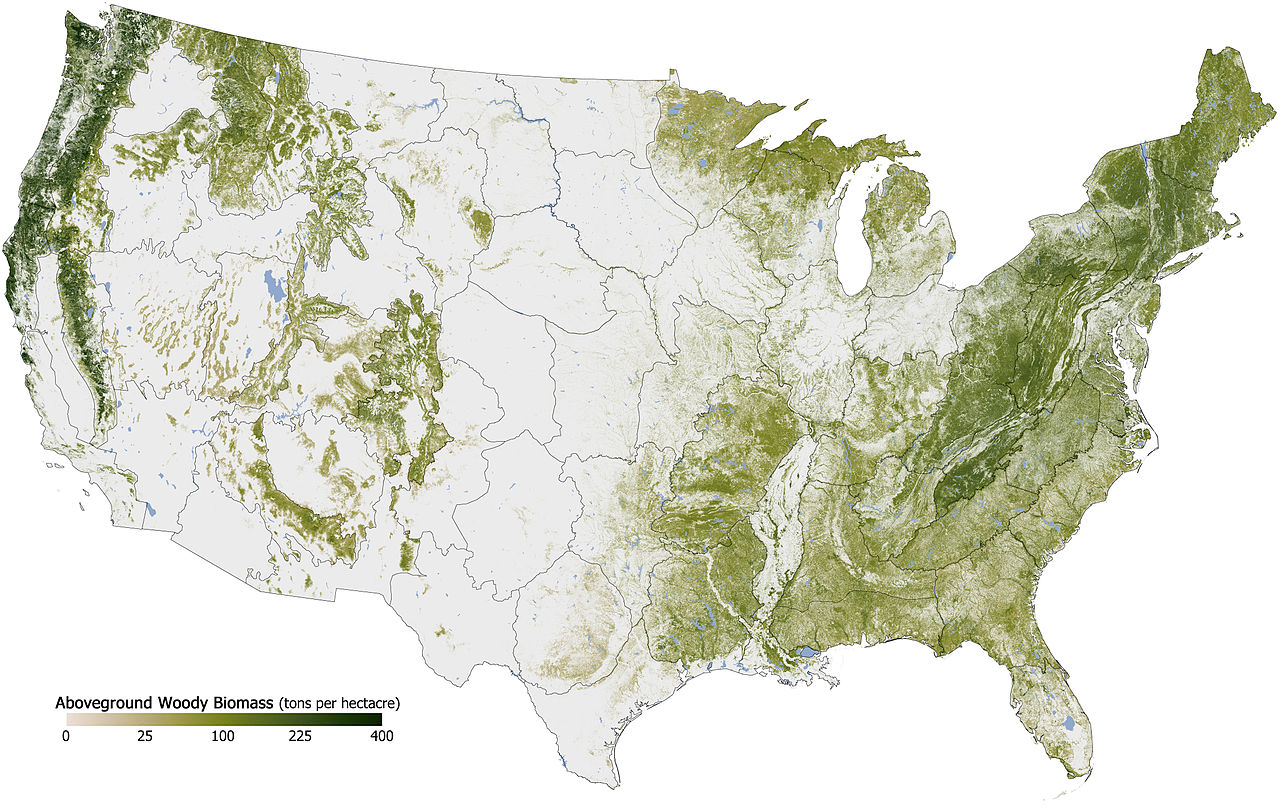
Wood density = 11 kg/meter2
Wood energy/mass = 20 MJoule/kg
Wood energy/meter2 = 220 MJoule/meter2
Wood value/kg = .036 $/kg
Wood value/meter2 = .4 $/meter2
Wood production rate = 1.0 kg/meter2/year
Energy production rate = 20 MJoule/meter2/year = .6 Watts/meter2
Wood nitrogen mass fraction = n = .01
Price of nitrogen in fertilizer = p = 5.7 $/kg
Nitrogen price / kg wood = P = p n = .057 $/kg
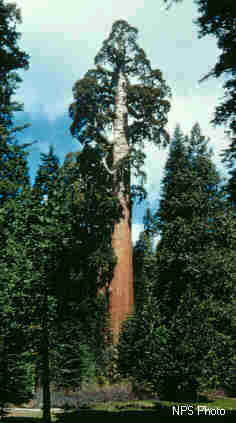
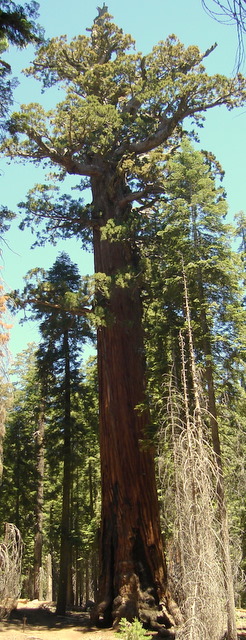
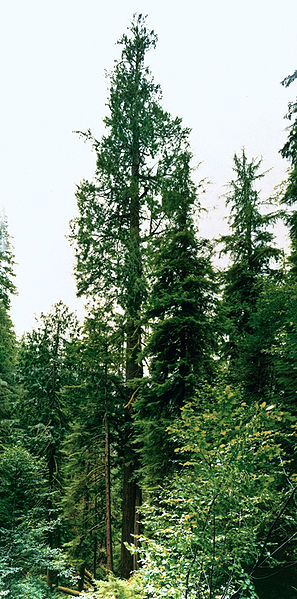

World fraction Forest Deforestation Fires
% Bkg Bkg/yr Bkg/yr
South America 22 96000 400 50
Russia 21 92000 ? 100
Africa 17 73000 240 50
Canada 12.6 55000 0 50
USA 7.9 34800 0 15
S.E. Asia 5.9 26000 -120 10
China 5.3 23300 -170 20
E.U. 4.1 18000 -40 3
Asian Islands 3.6 15800 30 10
Australia + NZ 3.2 14100 ? 20
C. America 2.7 11900 60 5
World 1000 440000 350 250
Carbon in atmosphere = 880 trillion kg
Carbon in plants = 550 trillion kg
Carbon in trees = 500 trillion kg
Total human-generated carbon = 300 trillion kg
Forest carbon capture rate = 45 trillion kg/year
Atmospheric carbon increase rate = 4 trillion kg/year
World forest area = 39 million km2
New forest neeeded to offset carbon= 4 million km2
Deforestation rate = .35 trillion kg/year
Total wood carbon harvested =4.56 trillion kg/year Wood for power + wood for industry
Wood carbon for biomass power =1.59 trillion kg/year
Wood carbon for industry =2.97 trillion kg/year
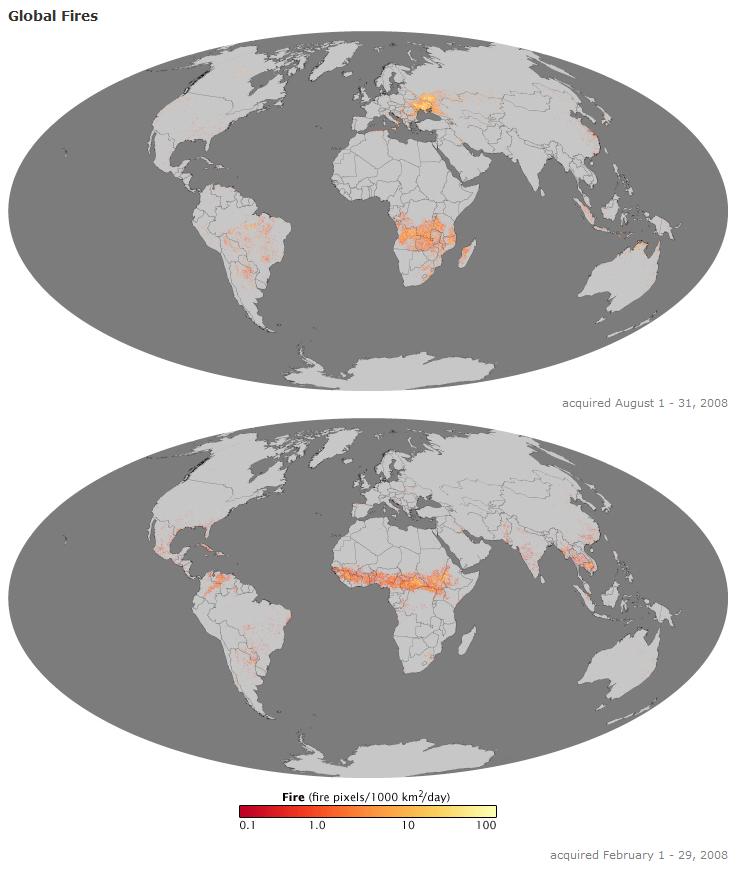
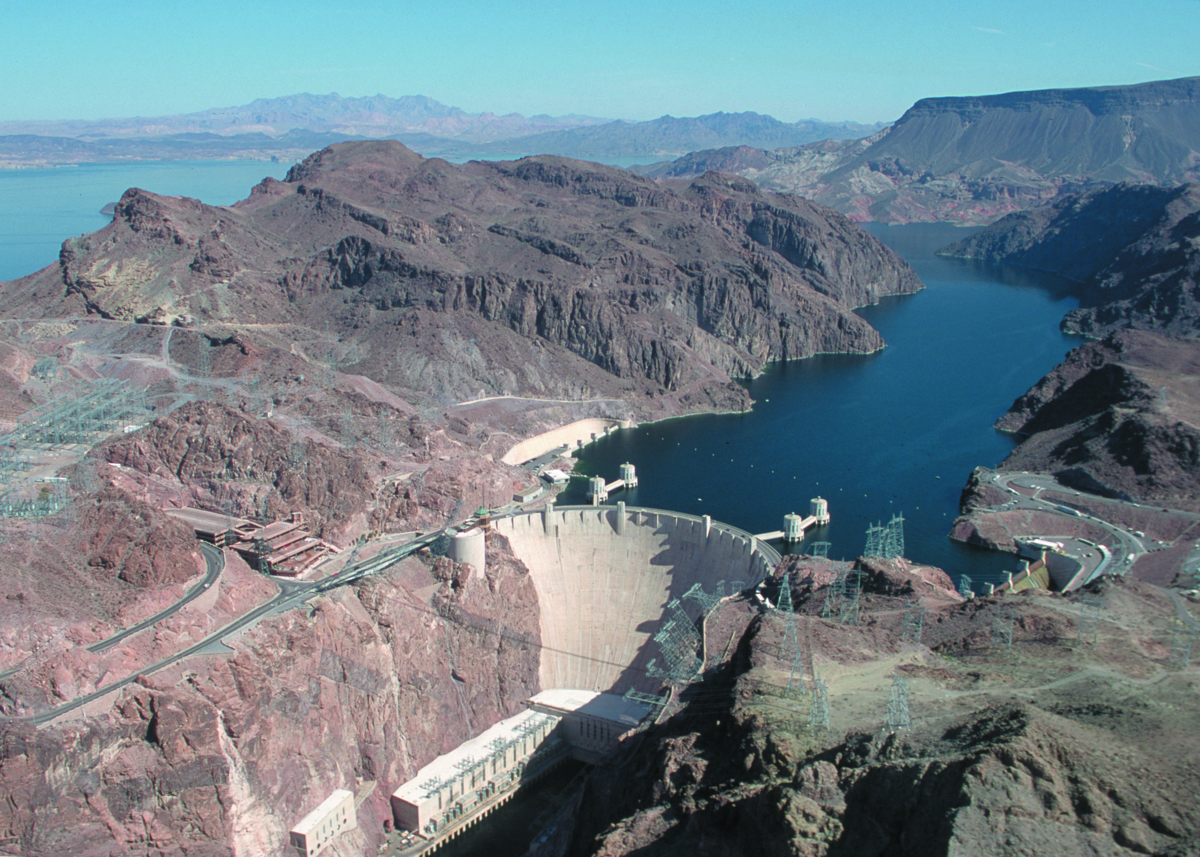
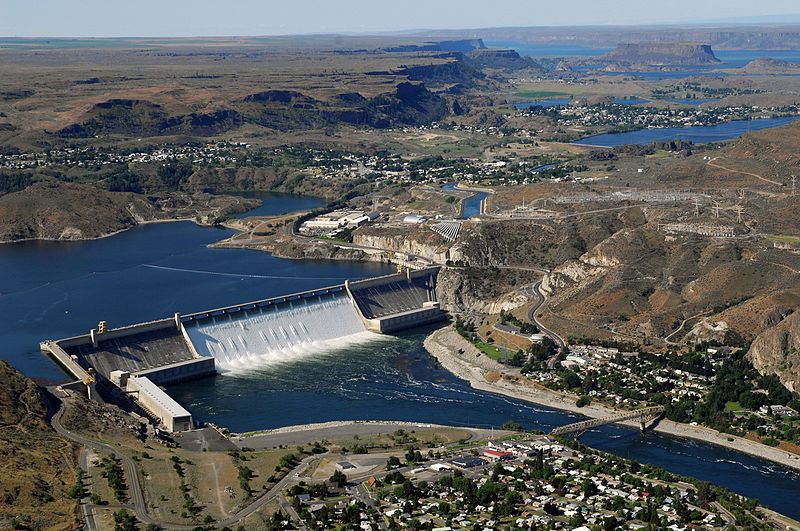
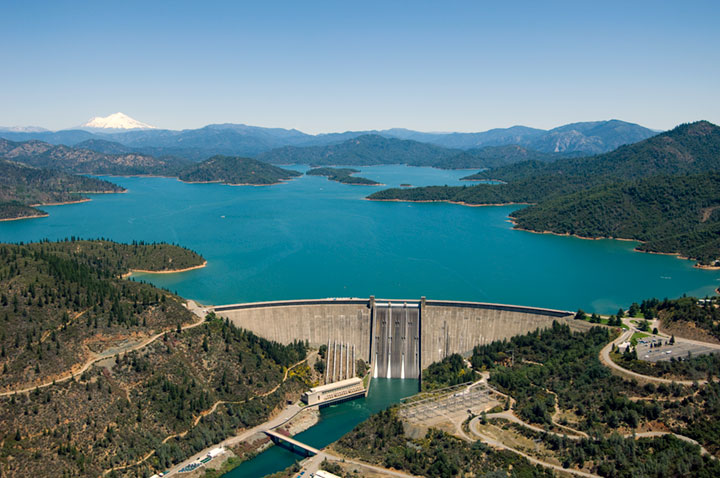
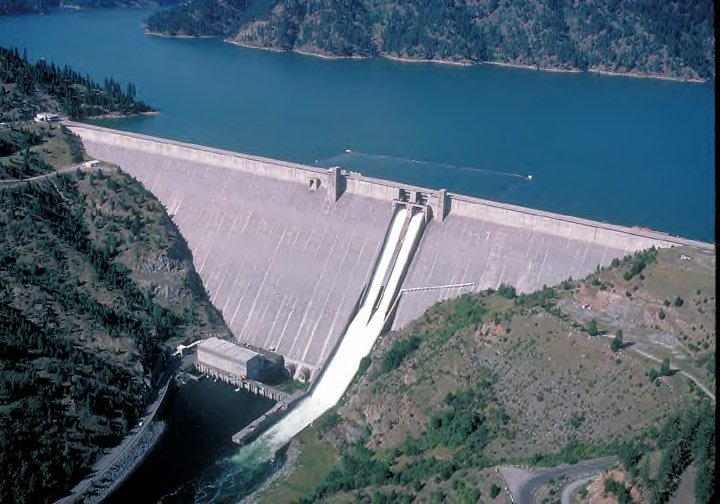
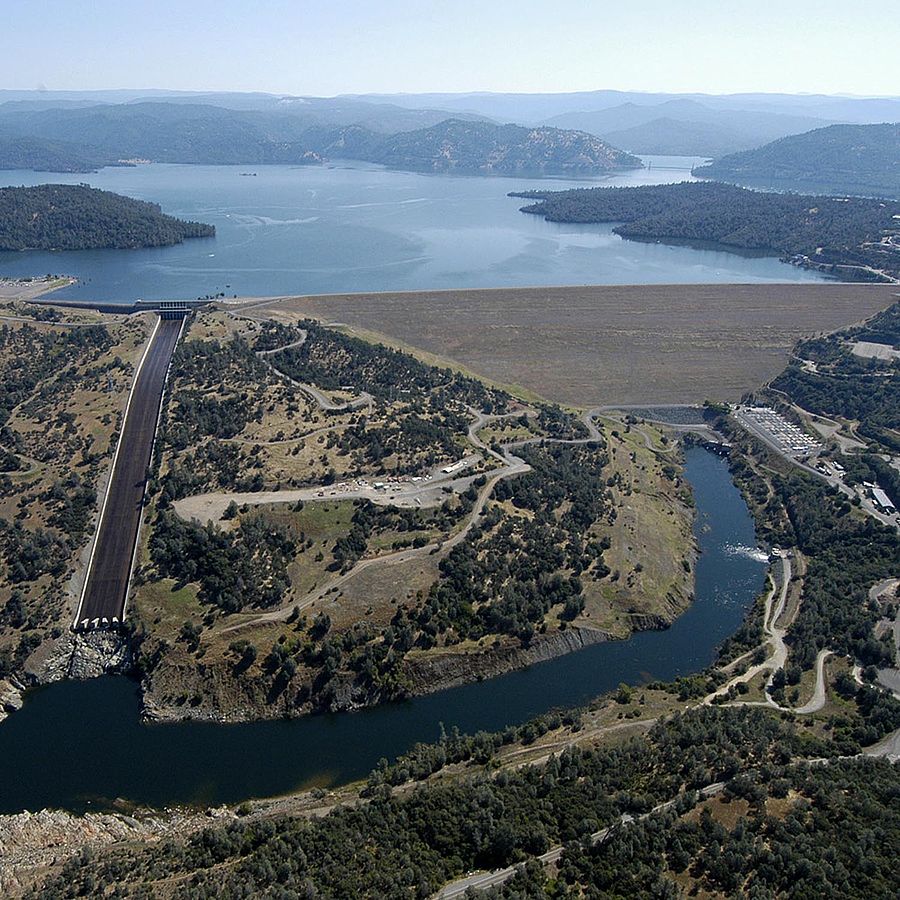
Height Year Power Capacity
meter completed MW MW
Grand Coulee 170 1942 2235 7079
Glen Canyon 93 1966 521 1320
Hoover 221 1936 360 2080
Oahe 75 1963 289 786
Garrison 64 1954 248 583
Shasta 184 1945 214 676
Niagara Adams 1895 37
Buffalo Bill 110 1910
Roosevelt 109 1911
Arrowrock 110 1915
Elephant Butte 92 1916
O'Shaughnessy 130 1923
Gorge 91 1924
Horse Mesa 93 1927 15
Canyon 109 1927 18
Pacoima 111 1929
Diablo 119 1930 76 129
Owyhee 127 1932
San Luis 93 1967 424
Oroville Dam 187 1968 170 819
New Bullards 197 1969 123 340
Dworshak Dam 219 1973 187 400
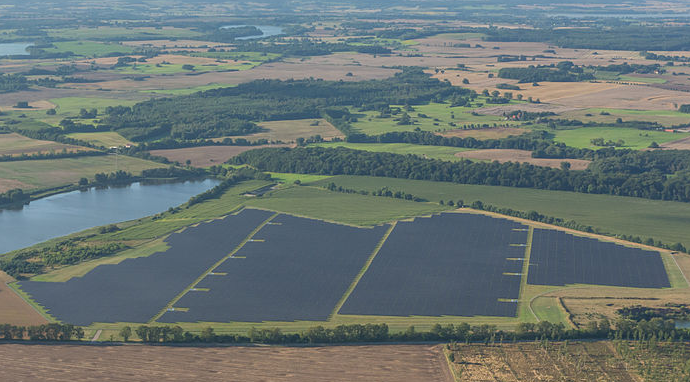
![]()
GWatts km2 MWatts/km2 B$ $/Watt
California Solar Star .58 13 45
California Topaz .55 25 22 2.5 4.5 Thin film CdTe
California Desert Sunlight .55 16 34 Thin film CdTe
China Longyangxia Dam .32 9 36
California Cal. Valley Solar Ranch .29 8 36 1.6 5.5 Silicon crystal
Arizona Agua Caliente Solar Project .29 10 29 1.8 6.2 Thin film CdTe
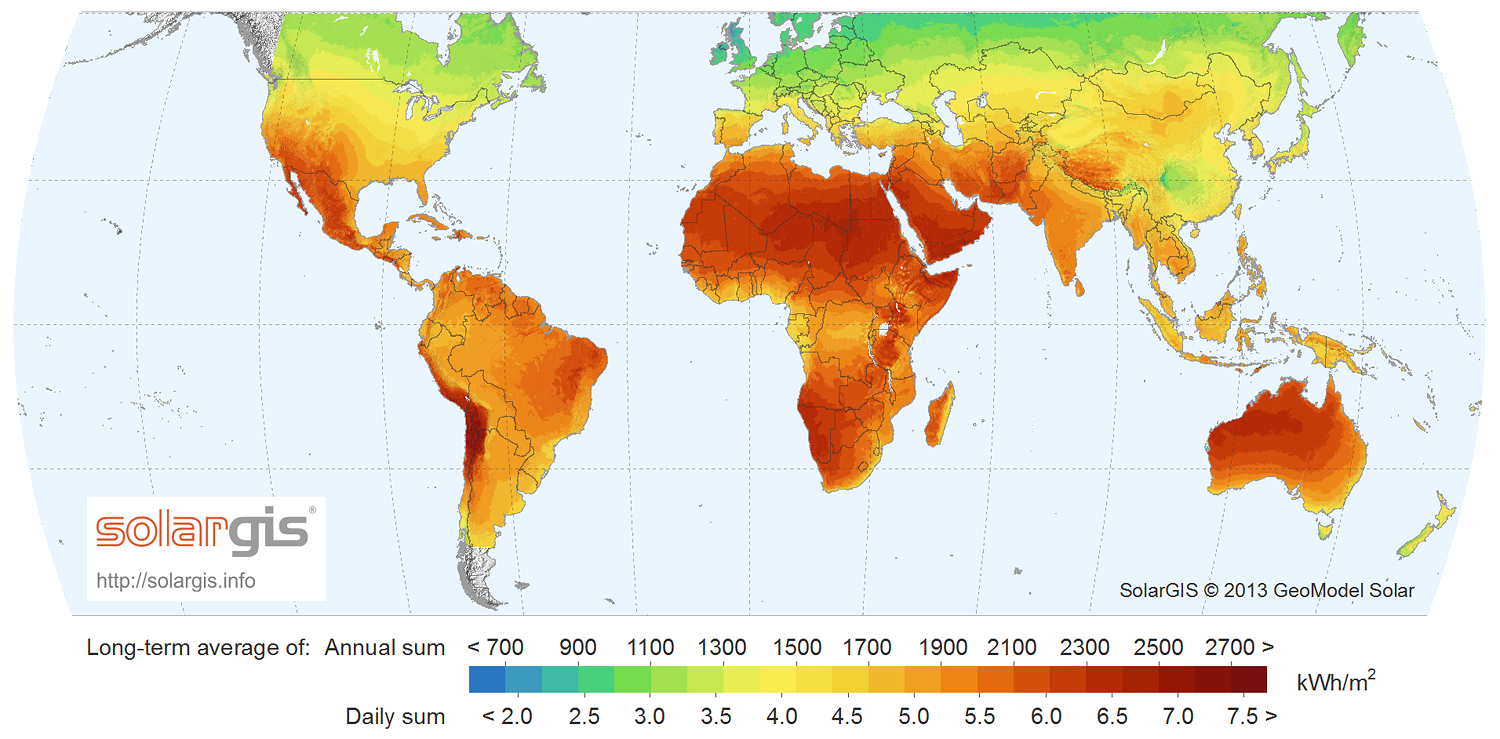
Solar cell efficiency = e = .20 Converting solar to electric energy
Arizona solar intensity, peak = Ipeak = 1000 Watts Noon in mid-summer
Arizona solar intensity, ave. = Iave = 250 Watts Averaged over day and night
Solar cell peak power = Ppeak = e Ipeak= 200 Watts
Solar cell average power = Pave = e Iave = 50 Watts
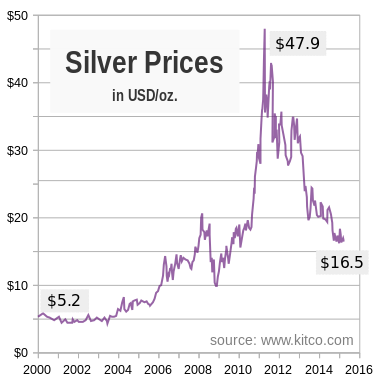
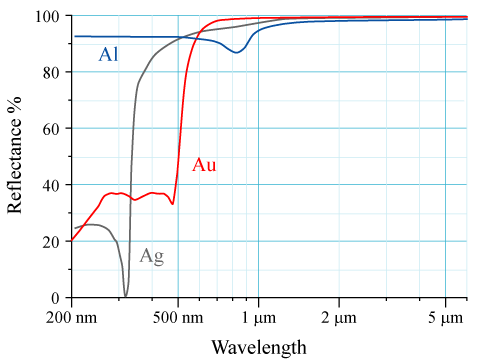
Technology Efficiency $/Watt Market frac Key element Element cost ($/kWatt)
Multi junction .41 Gallium
Thin film Ga As .29 Gallium
Crystalline Si (mono) .25 .50 .36 Silver 48
Crystalline Si (poly) .20 .50 .55 Silver 100
Thin film Cu In Ga Se .20 .02 Indium
Thin film Cd Te .16 .051 Tellurium 5
Thin film Amorphous Si .11 .02 -
World record .44
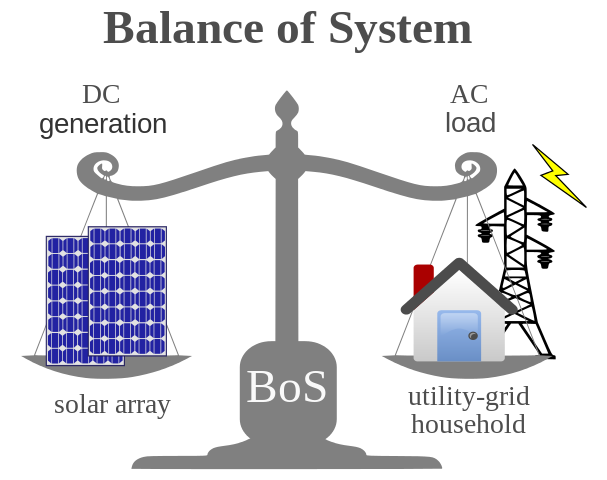
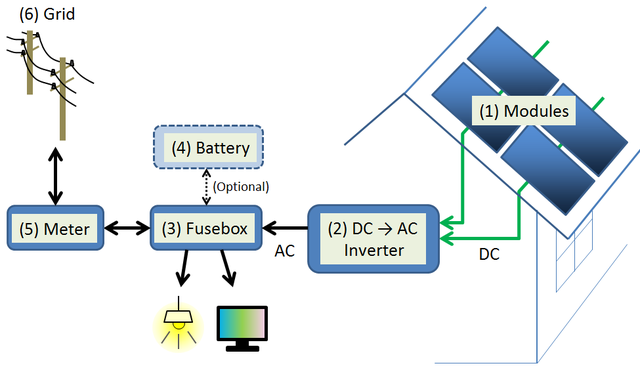
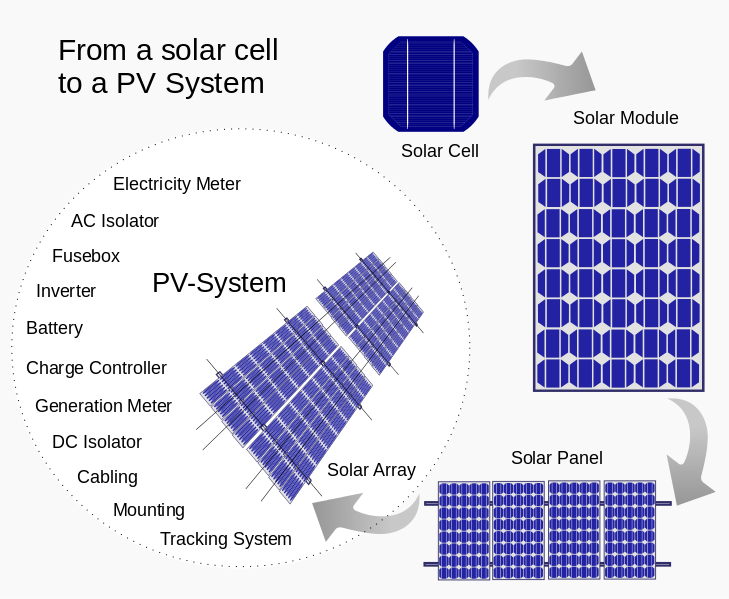
Solar cell efficiency = e
Peak power = Ppeak = e Ipeak = 200 Watts
Cost of inverter per peak Watt = Qinv = .15 $/Watt
Cost of inverter = Cinv = Qinv Ppeak = 15 $
Cost of solar cell = Ccell = 100 $
Total system cost = Ctotal = 200 $
The the inverter costs less than the solar cell.
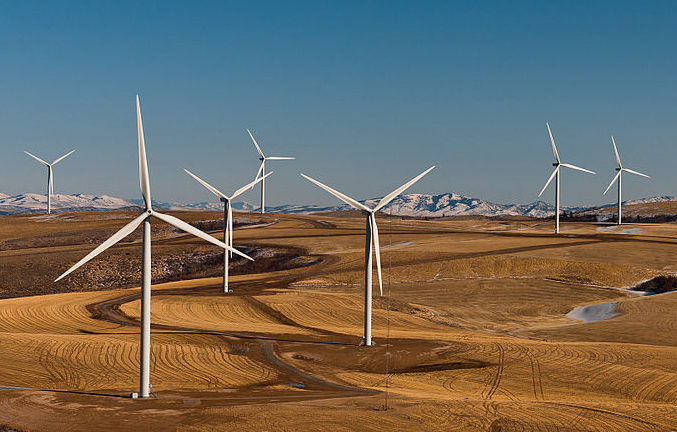
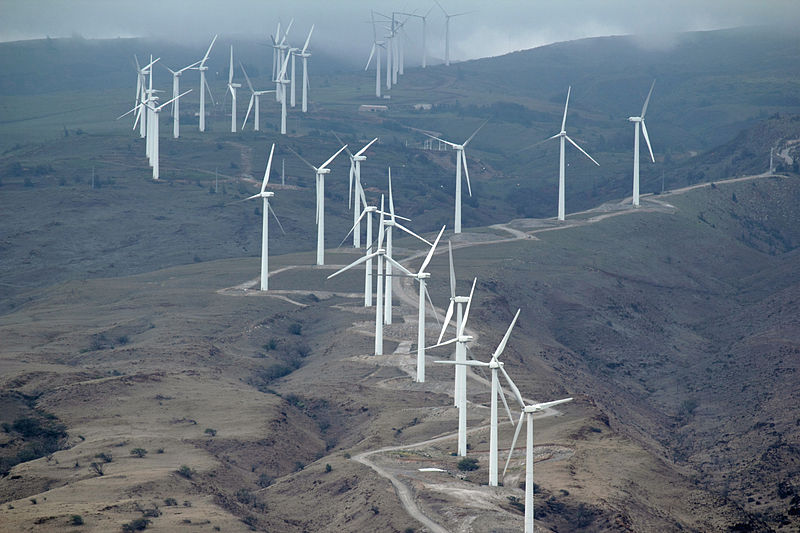
Peak Avg km2 B$ $/Watt
GWatts GWatts
China Gansu Wind Farm 6.0 5.2 .9
India Muppandal Wind Farm 1.5
California Alta 1.55 .31 36
India Jaisalmer Wind Park 1.06
Oregon Shepherds Flat Wind Farm .84 .23 78 1.4 1.7
Texas Roscoe Wind Farm .78 400
Texas Horse Hollow Wind Center .74 190
MWatts M$ Watts/$ Blade diam Height
(m) (m)
Bergey XL-1 .001 .004 .25 2.5
Bergey Excel-S .010 .024 .42 7.0
GE 1.5 MW 1.5 2 .75 60 80
Vesta V164 8 10 .8 164 220
Air density = D = 1.22 kg/meter3
Blade radius = R = 82 meter
Wind turbine cross section = A = πR2 = 21000 meter2
Wind speed = V = 10 meter/second (Typical for a good site)
Efficiency factor = Q = .75 (Cannot be larger than 1)
Power generated = P = .59 QDAV3 = 11 MWatts
Cost per Watt = 1 $/Watt
Peak power = 1.5 MWatts
Total cost = 1.5 M$
Height = 80 meters
Rotor mass = 22 tons
Rotor diameter = 60 meters
Tower mass = 52 tons
Steel in foundation = 26 tons
Concrete in foundation = 456 tons
Base diameter = 15 meters
Blade lift-to-drag ratio = 120
Rotor cost fraction = .20
Generator cost fraction = .34
Tower cost fraction = .15
Geared generator Neodymium = .025 kg/kWatt = .62 $/kWatt
Gearless generator Neodymium= .25 kg/kWatt = 6.2 $/KWatt
Neodymium total cost = 9300 $ (Gearless generator, 1.5 MWatts)
Neodymium fraction of magnet= .31 (By mass)
Neodymium price/kg = 20 $/kg
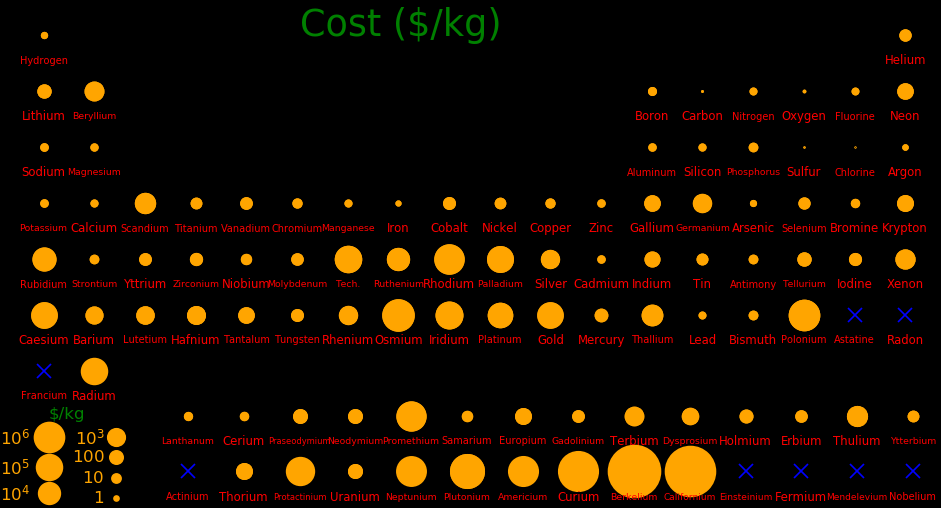
Mass Value of Value of element Half life
element in burnt fuel
gram $/kg $/kg year
Rhodium-103 26.1 500000 13000 Stable
Palladium-106 22.4 72000 1600 Stable
Xenon 44.6 1800 80 Stable A mix of Xenon-131 and Xenon-132
Technetium-99 51.4 ? ? 211000
Strontium-90 11.8 ? ? 28.8
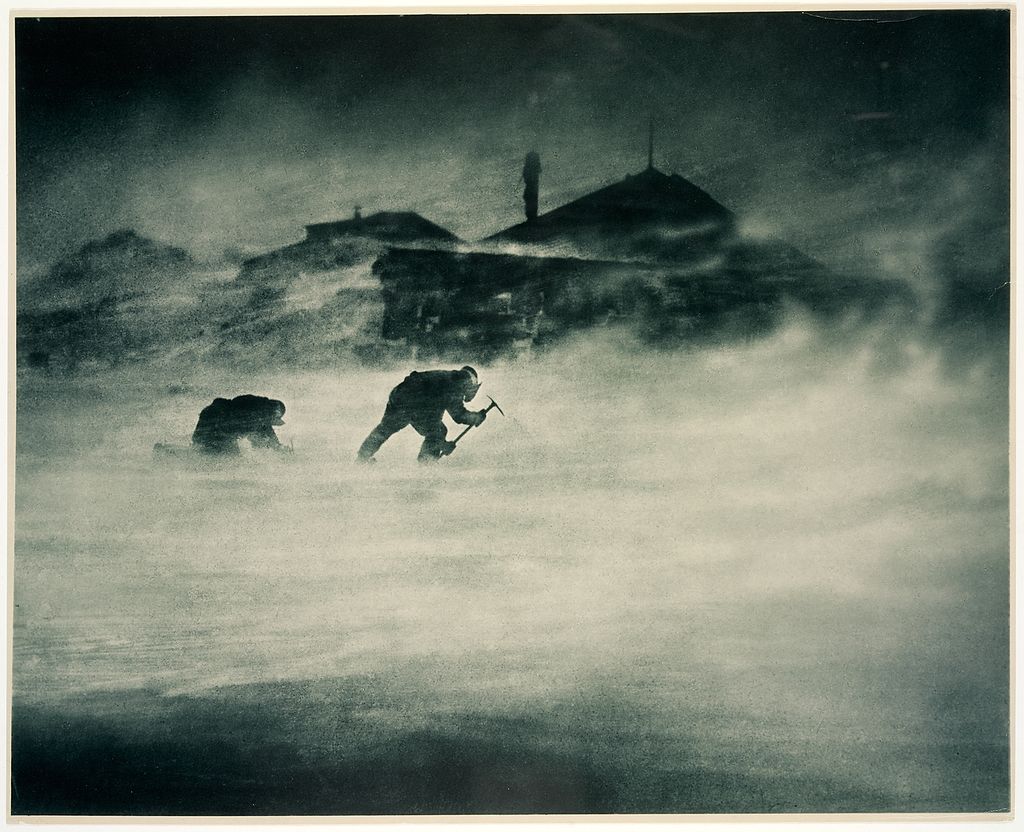
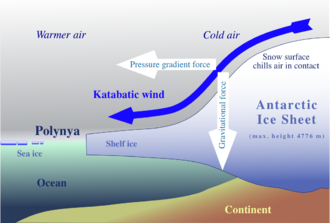
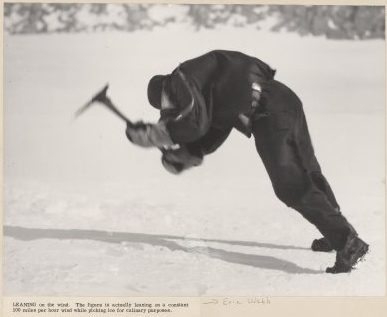
Wind turbine height = H = 100 meters
Coastline length = L = 10 km
Wind speed = V = 25 meters/second
Efficiency = f = 1/4
Air density = D = 1.22 km/meter3
Power = P = f D H L V3 = 4.8 GWatts
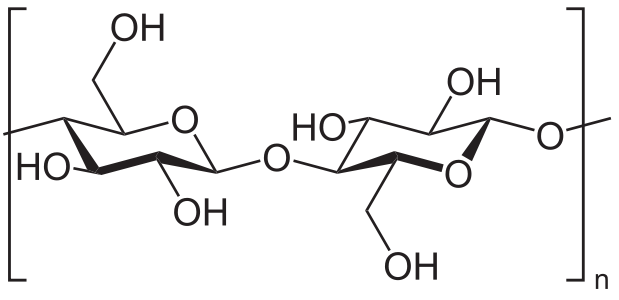
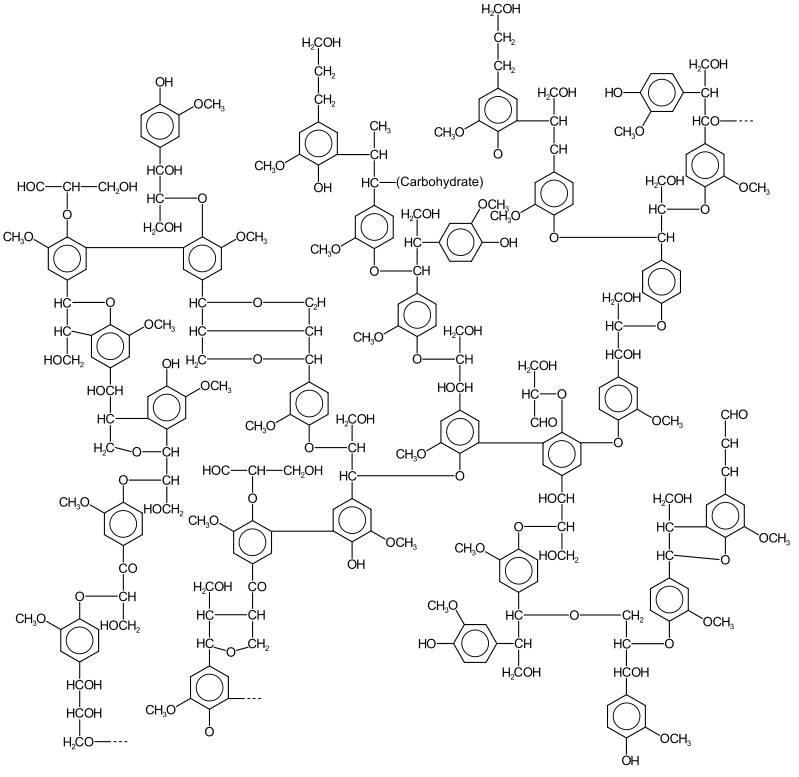
Carbon .44
Oxygen .44
Hydrogen .06
Nitrogen .01
Potassium .01
In the process of "pyrolysis", biomass is heated in a zero oxygen environent,
producing carbon (biochar). Energy is extracted from the biomass without producing
CO2. When biochar is added to soil it improves the water retention and nutrient content.
Celsius Char Energy yield
fraction (MJ/kg)
Bamboo cold pyrolysis (no oxygen) 400 .4 4
Bamboo hot pyrolysis (no oxygen) 700 .2 10
Bamboo (burn in O2) >2000 .02 18
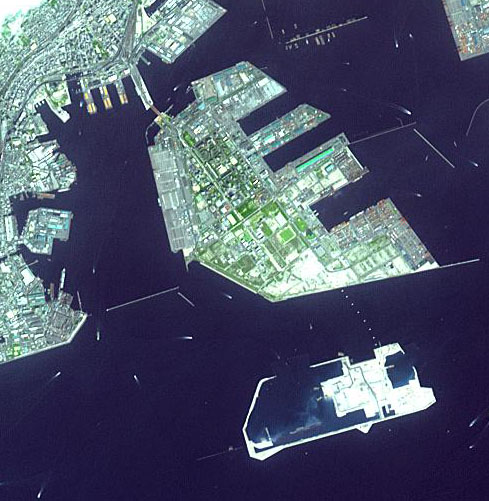
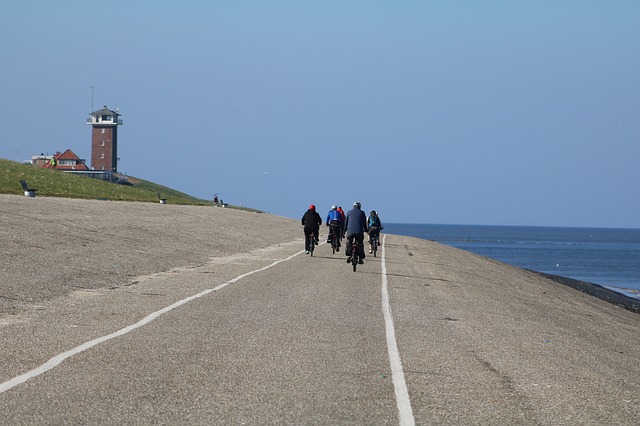
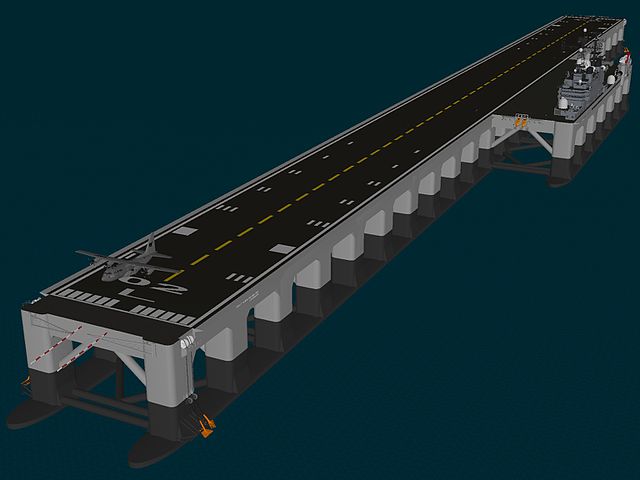
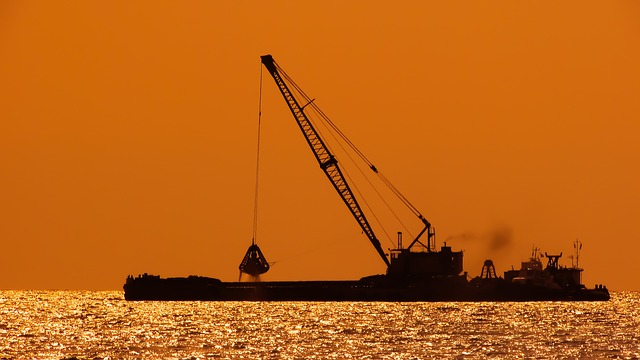
Gain Loss
km2 km2
World 25000 53375
China 13500
Netherlands 7000
South Korea 1550
USA 1000
Japan 500 2190
Ecuador 28500
Vietnam 14700
Sweden 3290
Iraq 3070
Bulgaria 2030
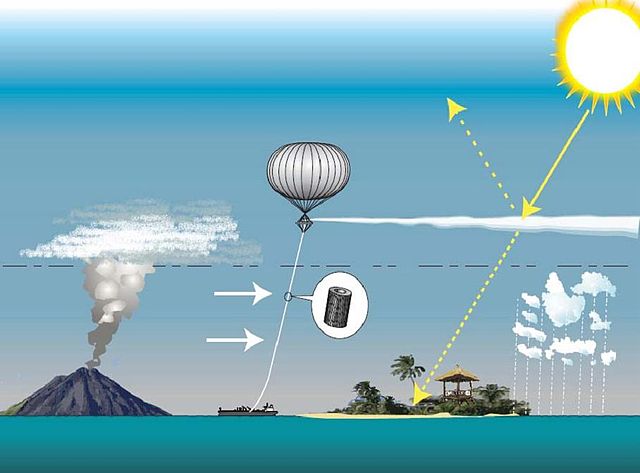
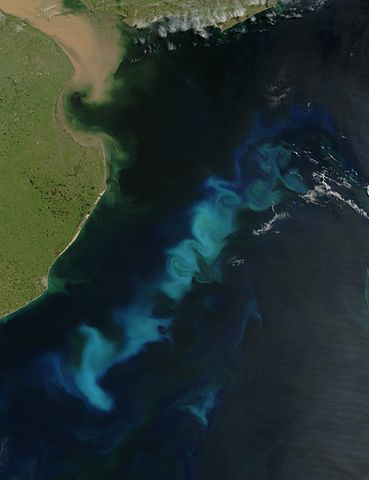
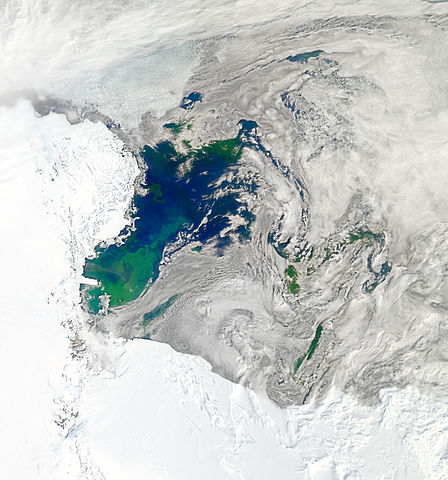

Element Relative mass
Carbon 1
Nitrogen .18
Phosphorus .024
Iron .000044
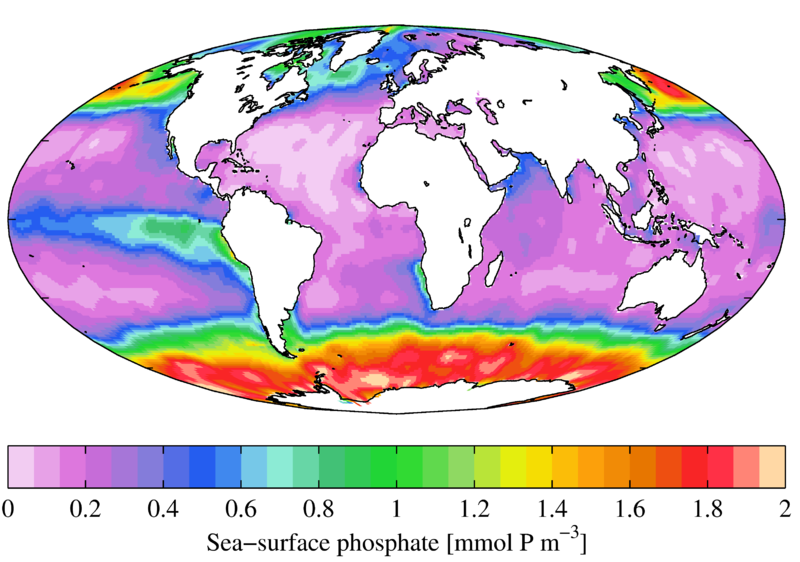
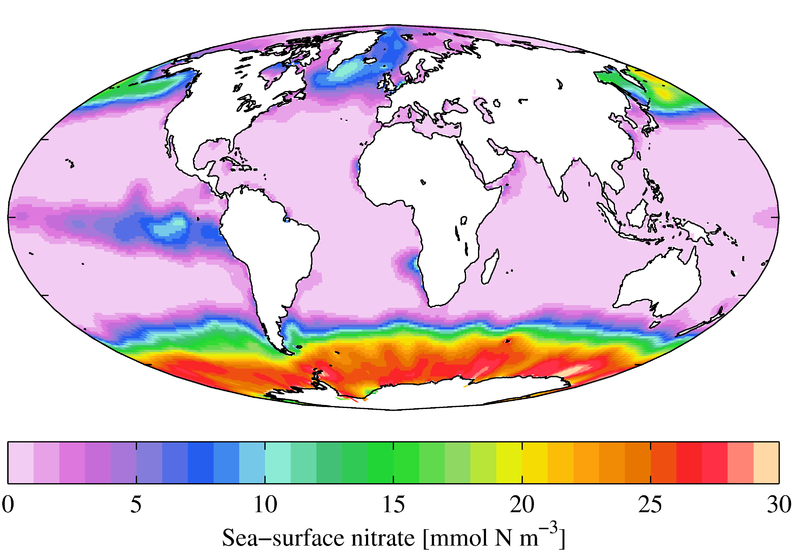
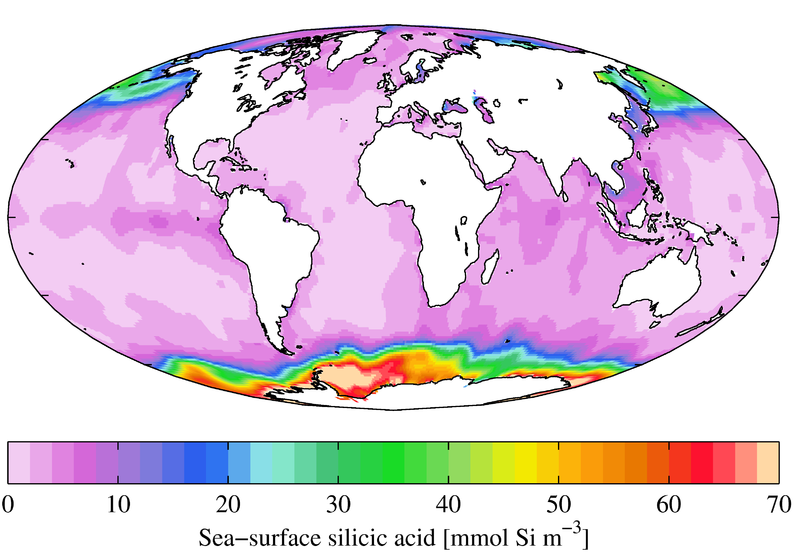
_(NSF).jpg)
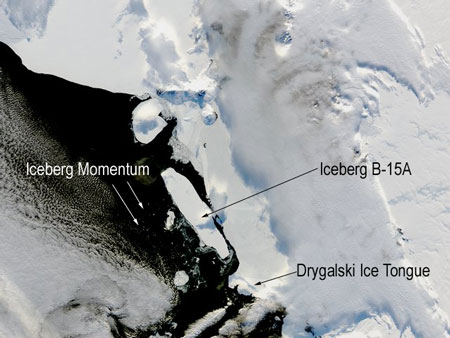

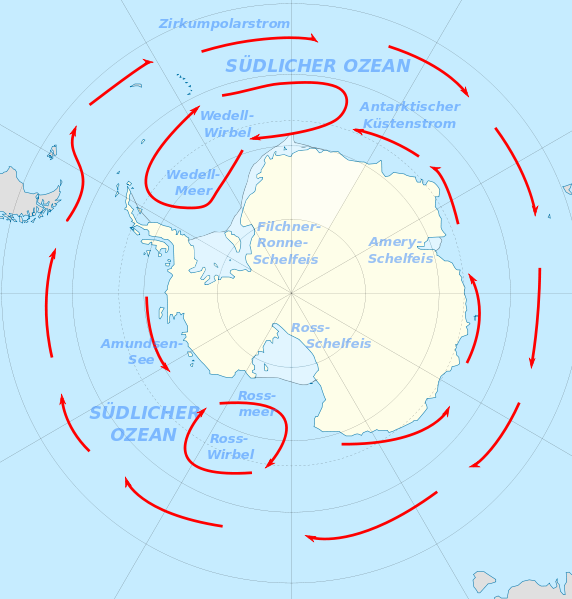
Energy required to move an iceberg = Constant * Distance moved * Velocity2
Iceberg height = Z = .5 km
Iceberg sice length = X = 10 km
Density of ice = d = 917 kg/m3
Density of seawater = D = 1025 kg/m3
Iceberg mass = M = d X2 Z = 46 trillion kg
Iceberg distance traveled= L = 1000 km (Assume ocean currents help)
Iceberg travel time = T = 1 year
Iceberg speed = V = L/T = .03 m/s
Drag force = F = ½ D X Z V2 = 2.3 million Newtons
Drag energy = E = F L = 2300 GJoules
Drag power = P = F V = 69 kWatts
Energy cost = e = 36 MJoules/$
Freshwater value per kg = z = .0001 $/kg
Iceberg freshwater value = Z = M z = 5 billion $
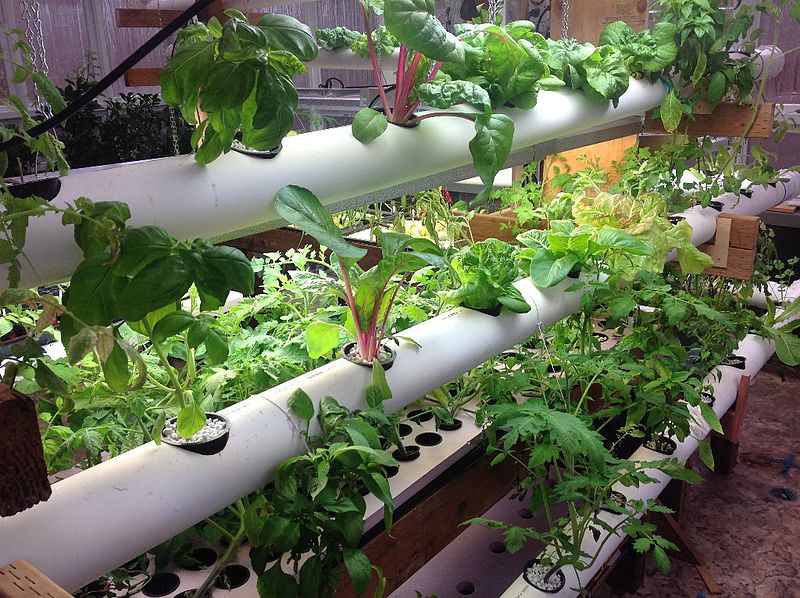

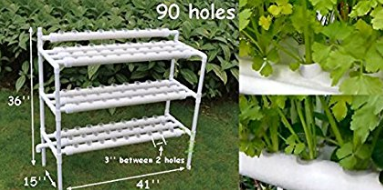
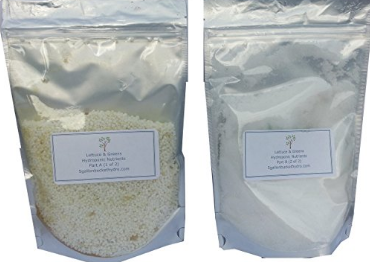
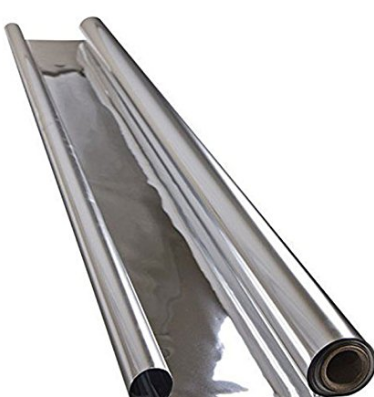

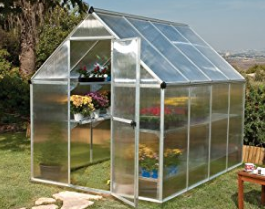
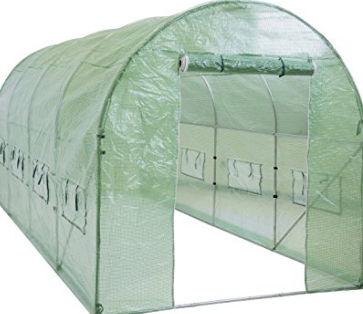
Parts per million
Potassium 160
Nitrogen 150
Calcium 100
Phosphorus 40
Sulfur 40
Magnesium 30
Iron 2
Manganese .5
Zinc .3
Boron .2
Copper .1
Molybdenum .075
Source
Amplification factor
Plant density 8 In terms of plants/meter2
Crops per year 4
Crop variety 2
Temperature contro l 2
LED lighting 2
Carbon dioxide enhancement 1.5
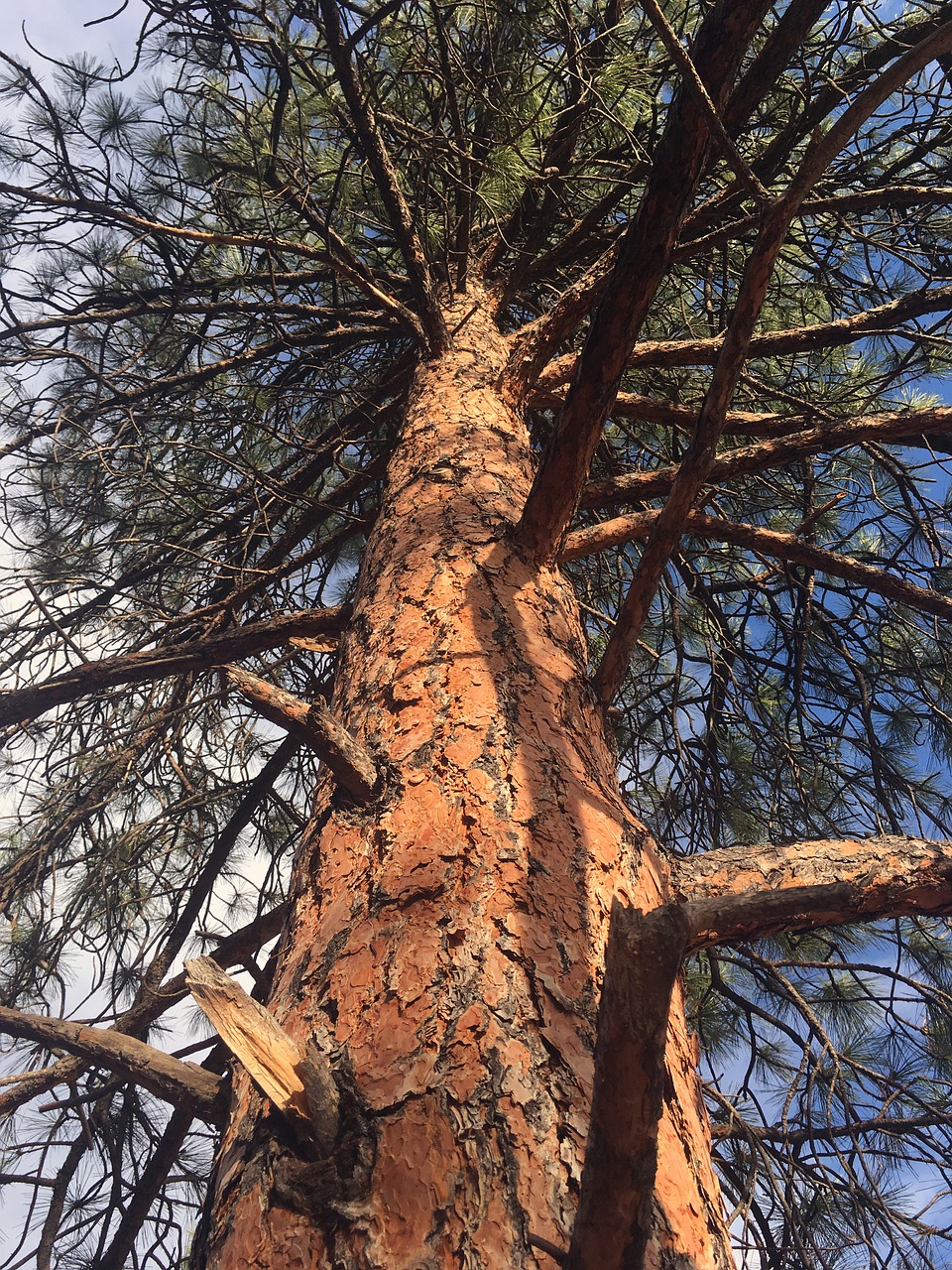
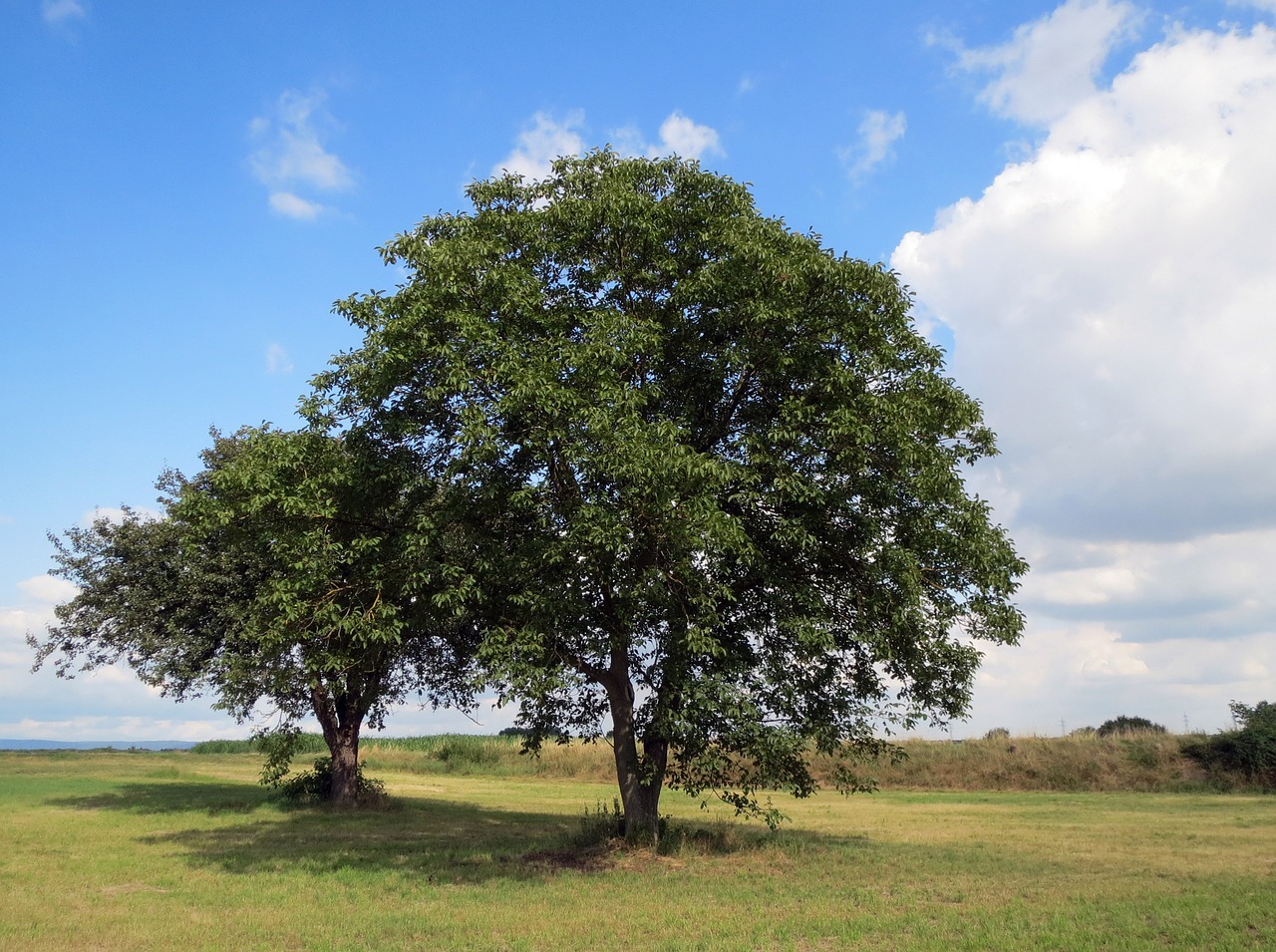
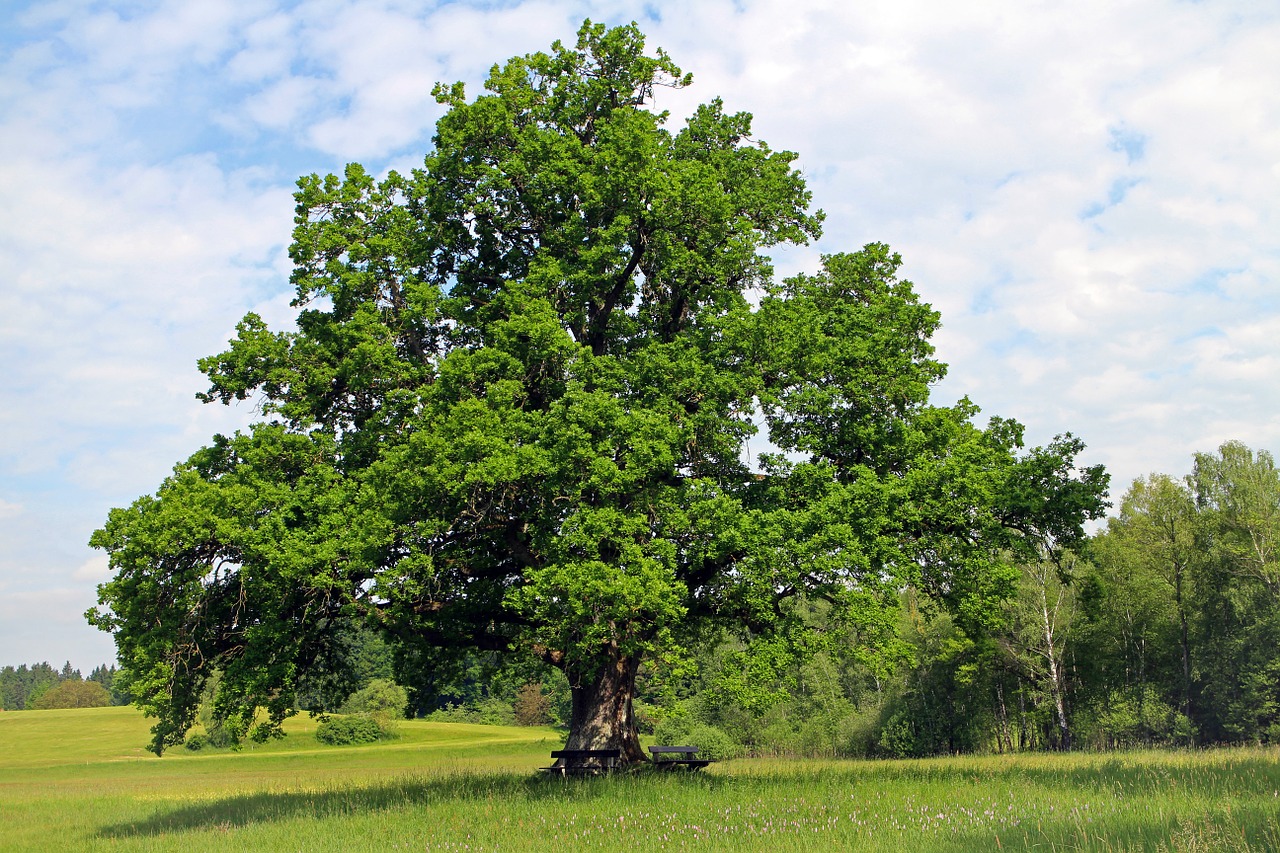
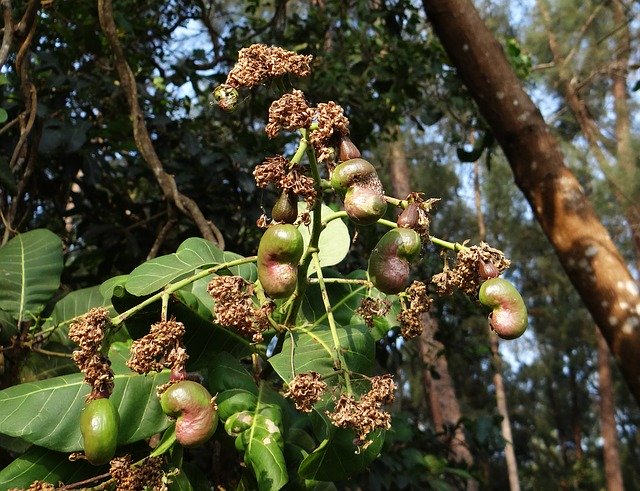
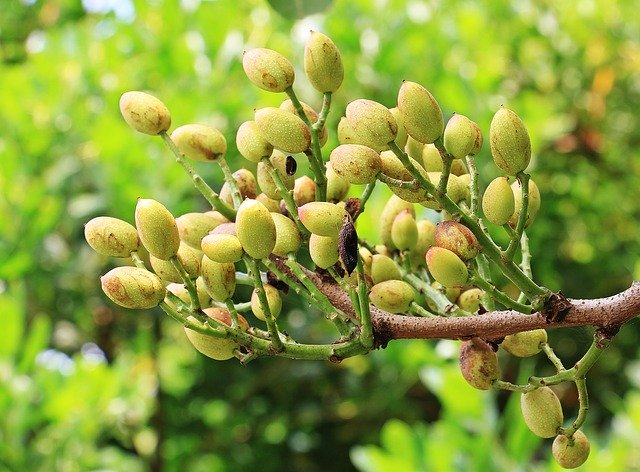
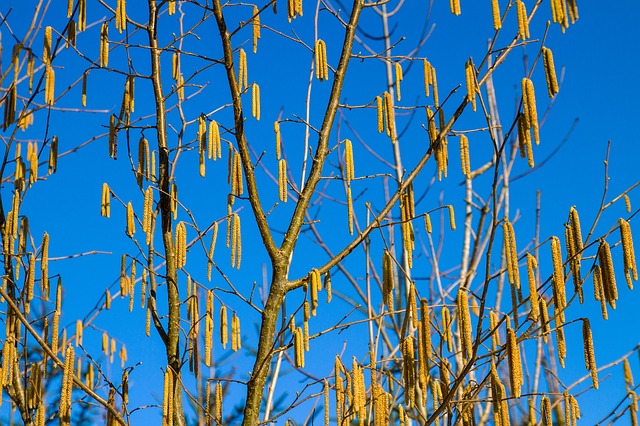

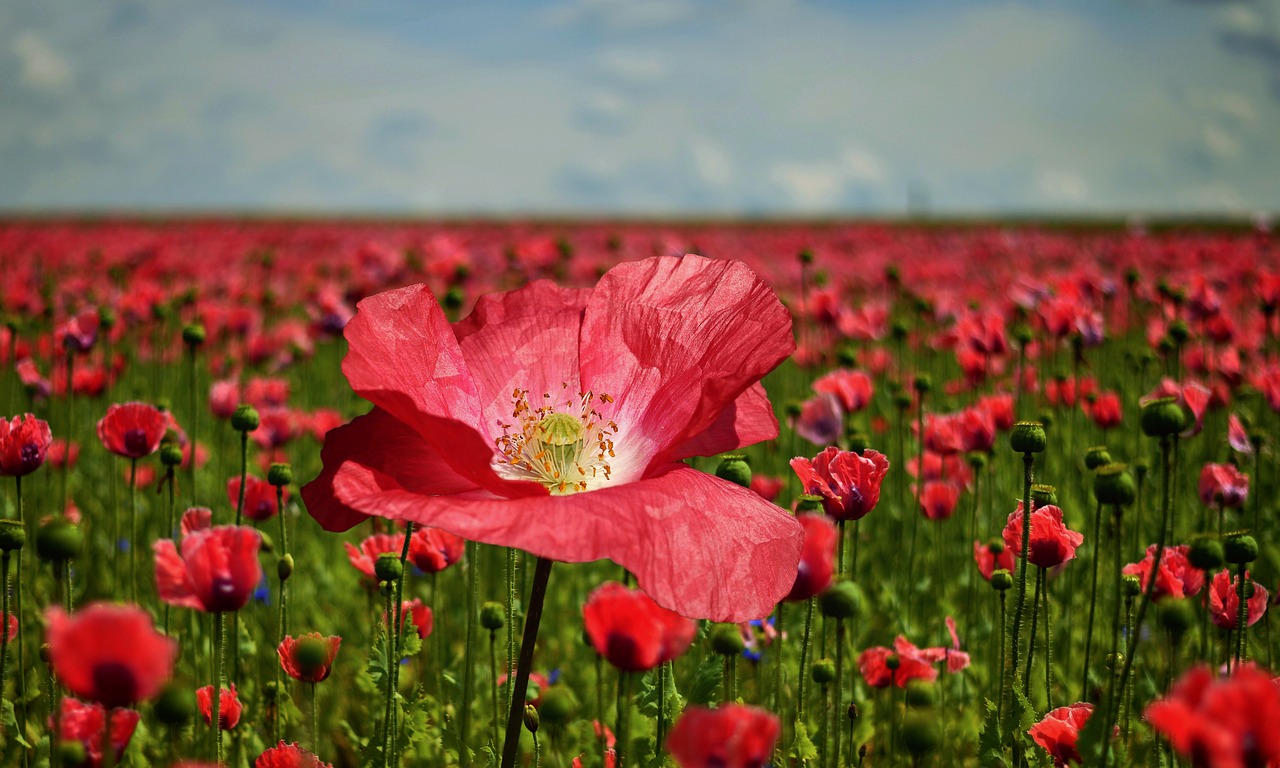
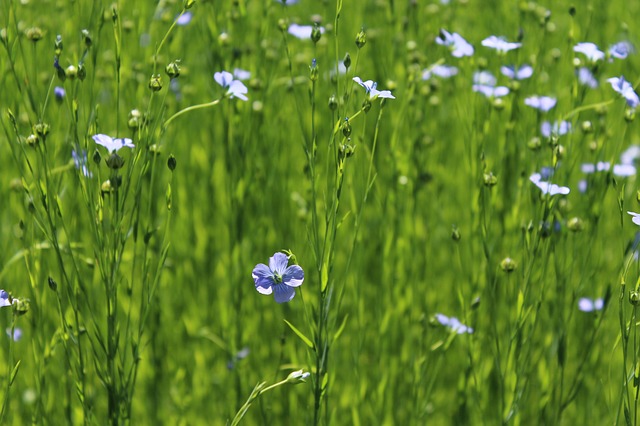
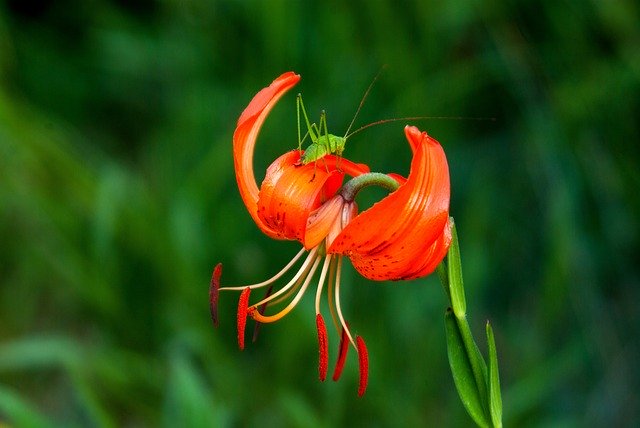

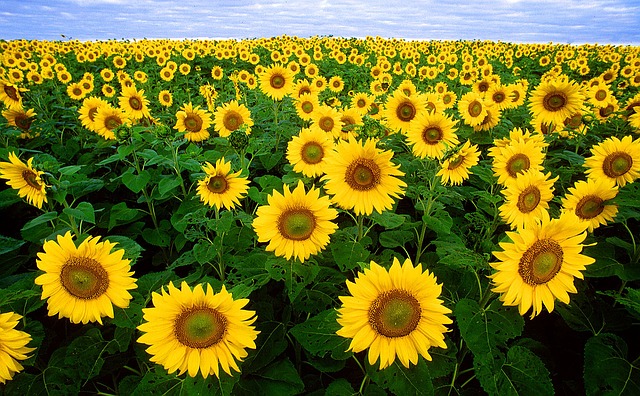
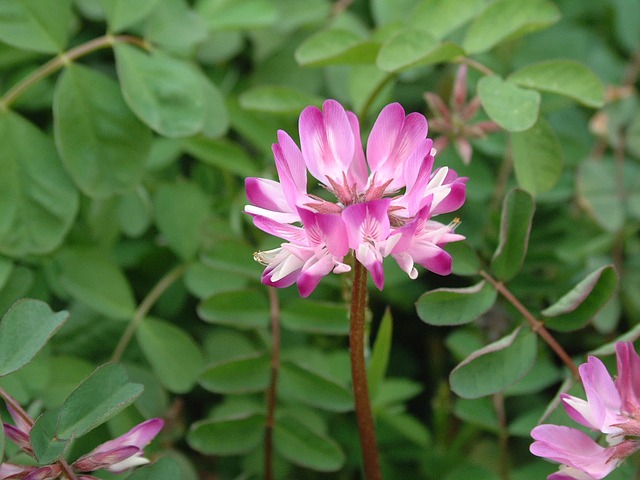
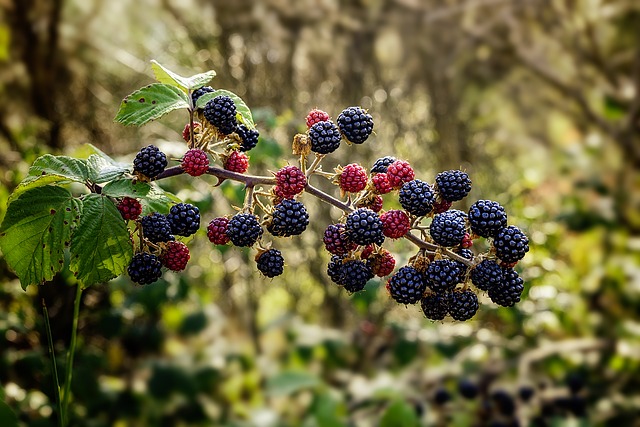
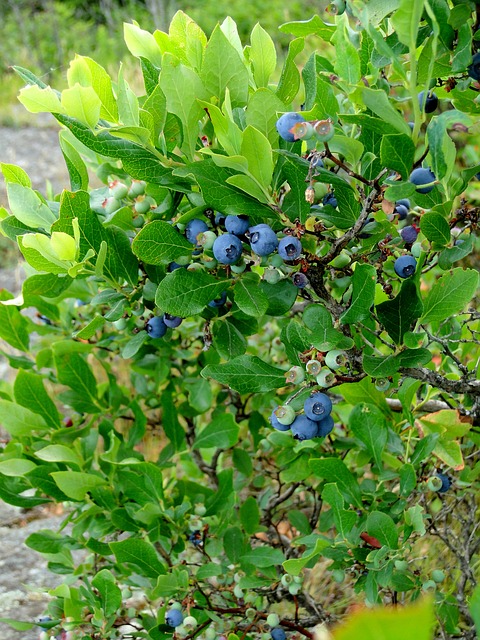
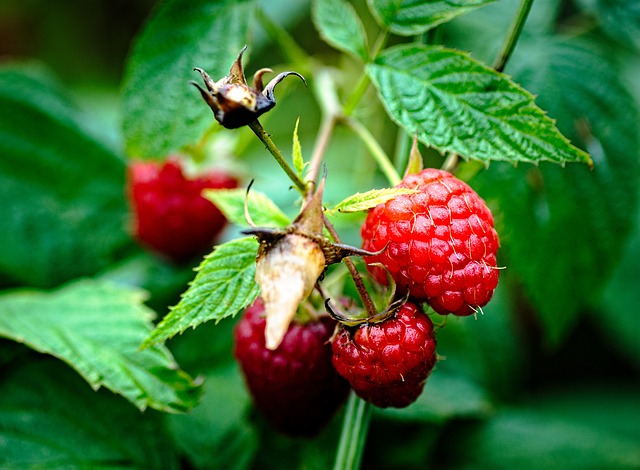
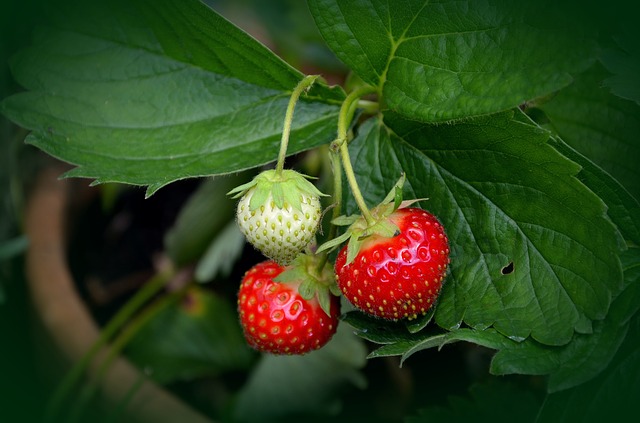
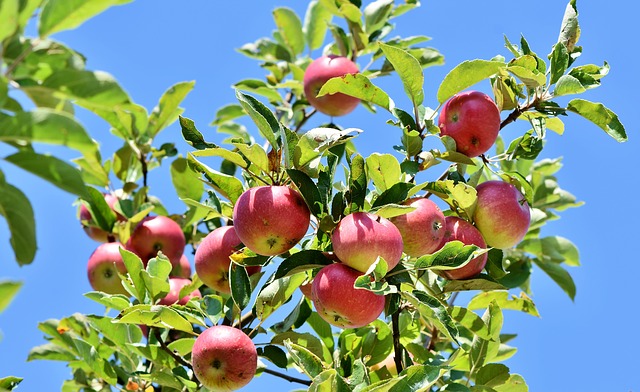
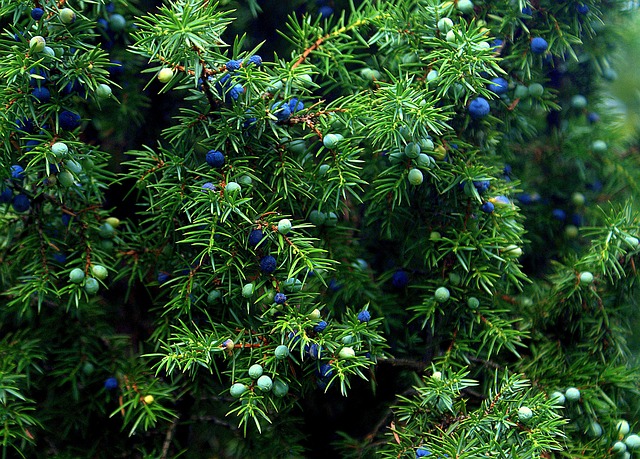
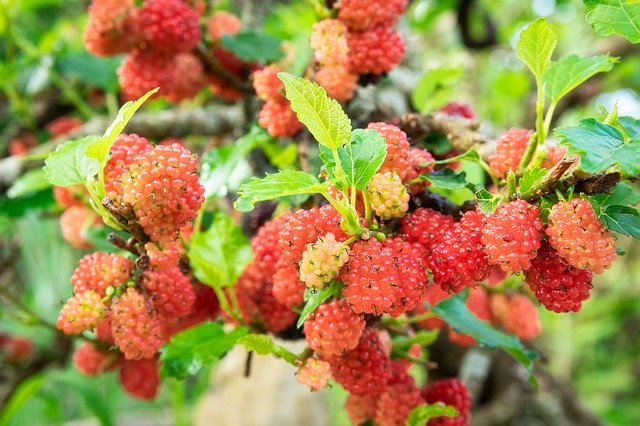
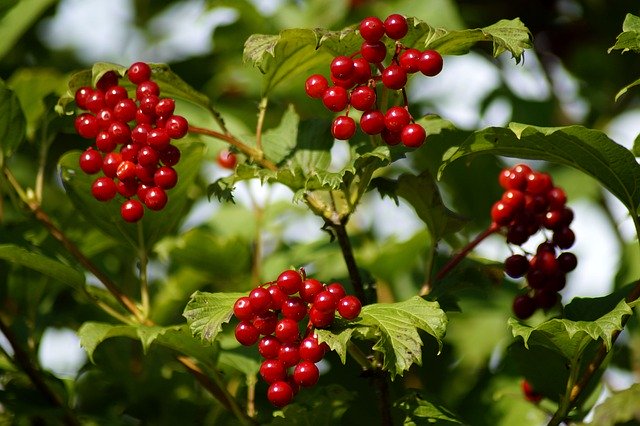
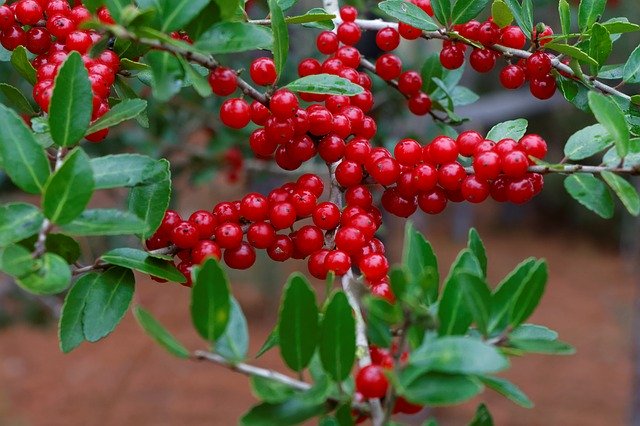
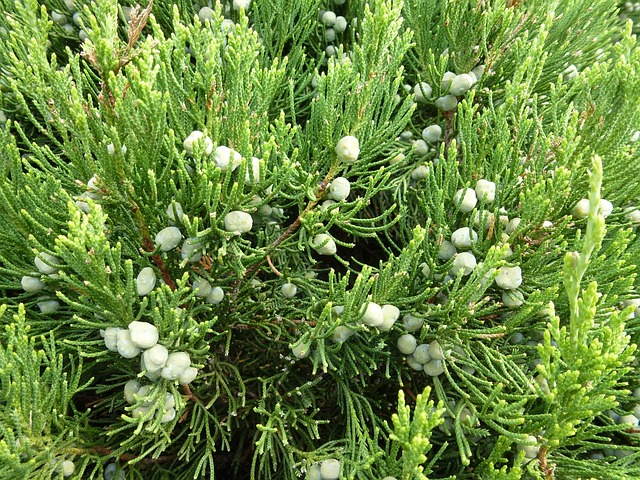
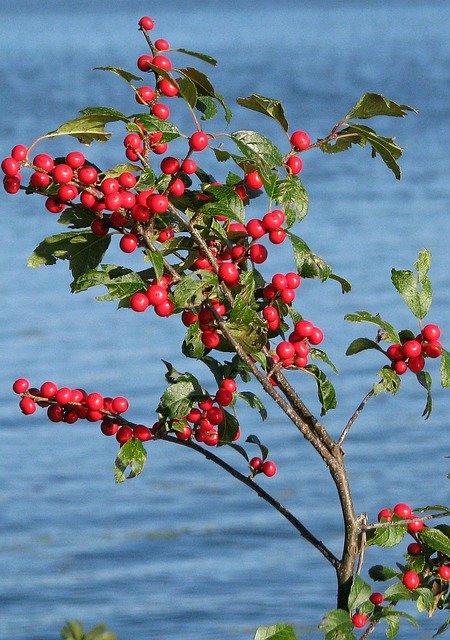
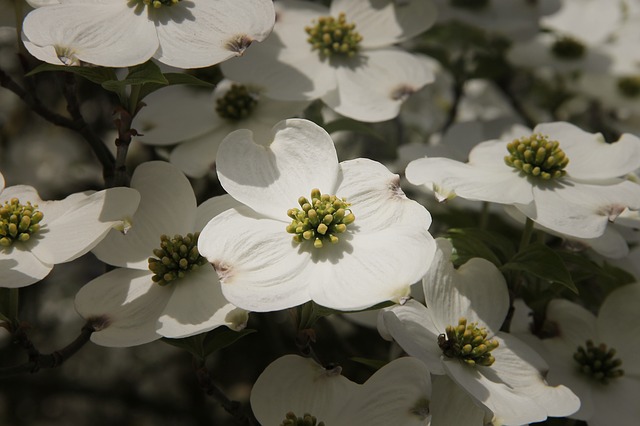
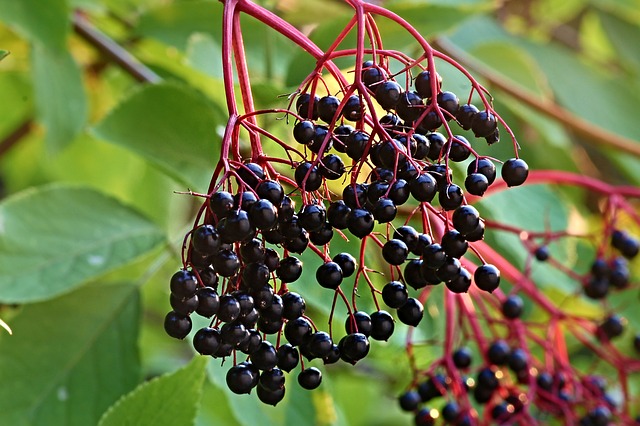
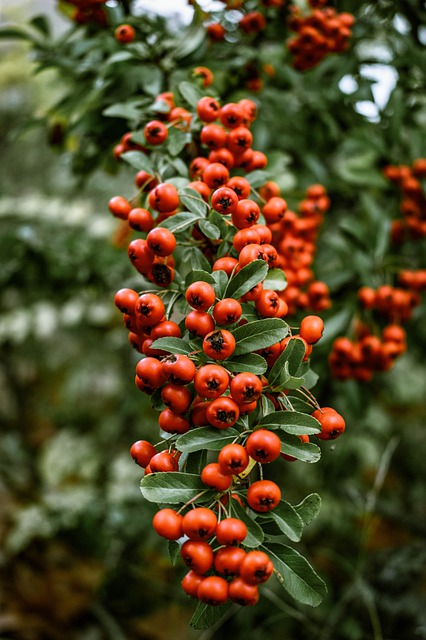
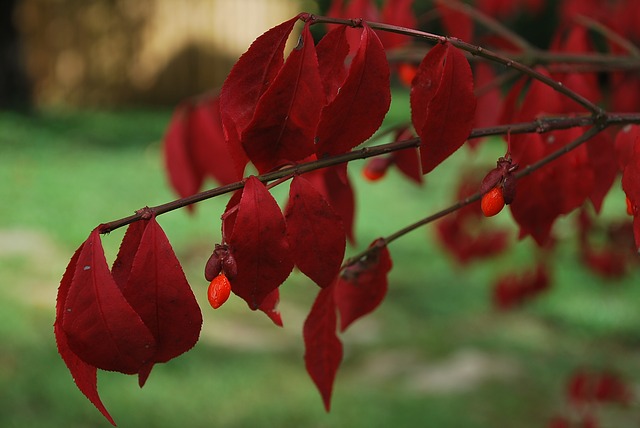

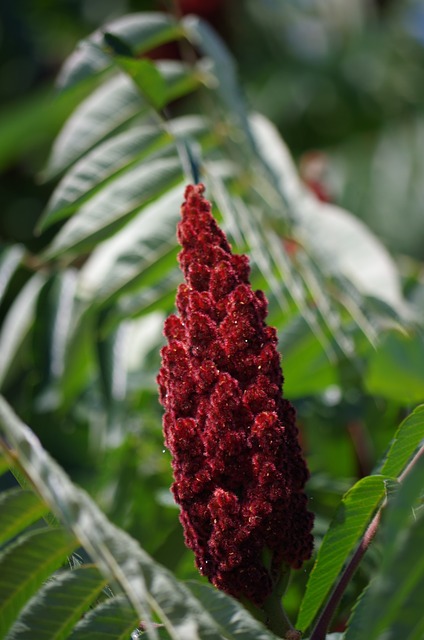
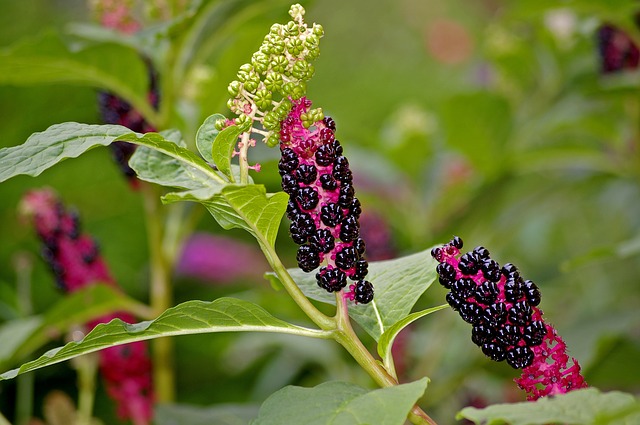
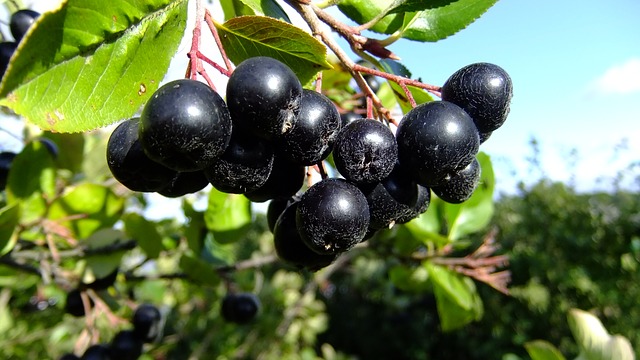
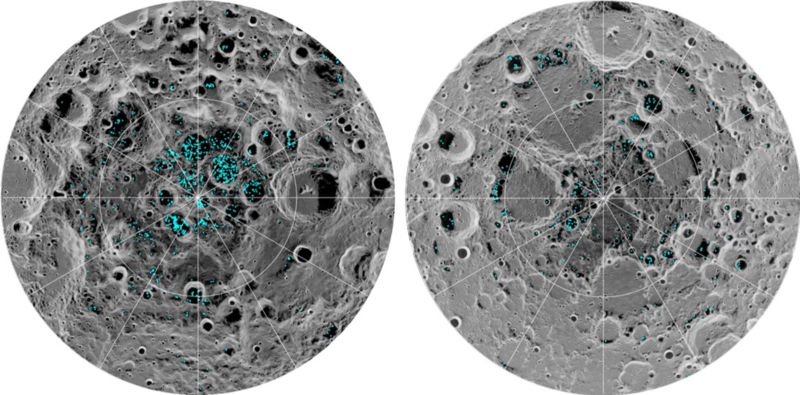
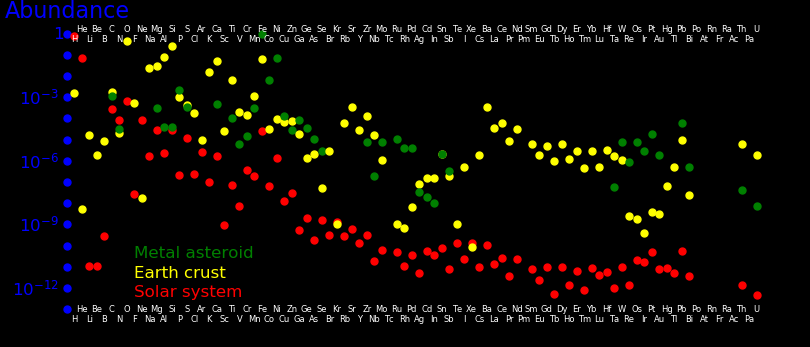
Concentration Value Value in asteroid
ppm $/kg Billion $
Osmium 7.6 1600000 12
Rhodium 4.1 500000 2.0
Nickel 67000 16 1.1
Platinum 19 35000 .7
Palladium 3.8 72000 .3
Cobalt 6300 33 .2
Iron 910000 .15 .1
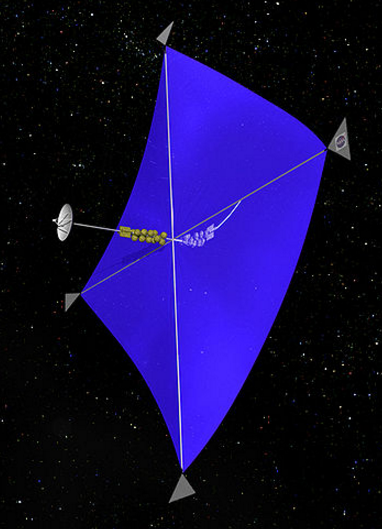
Mirror surface density = 6 grams/meter2
Mirror thickness = .0043 mm (Mylar coated with aluminum)
Mylar density = 1.39 g/cm3
Aluminum density = 2.70 g/cm3
Greenhouse gas forcing preindustrial = 1.5 Watts/meter2
Greenhouse gas forcing now = 3.0 Watts/meter2
Solar forcing change = I = 1.5 Watts/meter2
Solar forcing increase rate = .031 Watts/meter2/year
Earth surface area = A = 510 Million km2
Solar power change = P = IA = 765 TWatts
Solar intensity = I = 1361 Watts/meter2
Mirror area = A = P/I =560000 km2 = (750 km)2
Mirror mass/area = D = .006 kg/meter2
Mirror mass = M = DA = 3.4 billion kg
Launch cost per kg = 1000 $/kg
Mirror launch cost = 3.4 trillion $

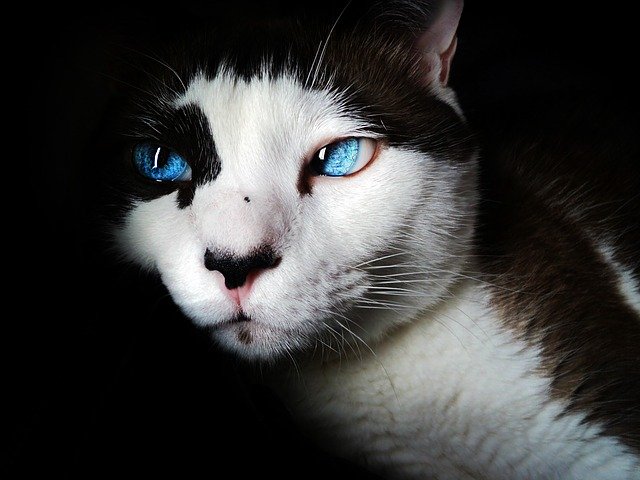


Pet dogs in homes 300000
Pet cats in homes 600000
Wild cats 400000
Given to shelters 20000 per year
Adoptions 14000 per year
Euthanized 4000 per year
NYC area 784 km2
NYC humans 8300000
Wild cats/area 5 cats/hectare
Cat mass = 4.5 kg
Rat mass = .265 kg
Cat food requirement = 218 Calories/day
Rat kills/day = .12 Rats/day
Calories in a rat = 800 Calories
Calories from rats = 96 Calories/day
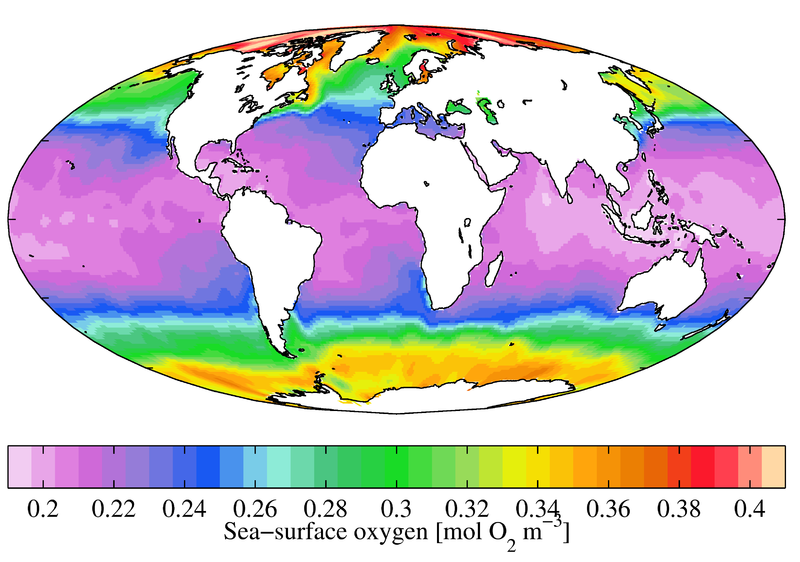
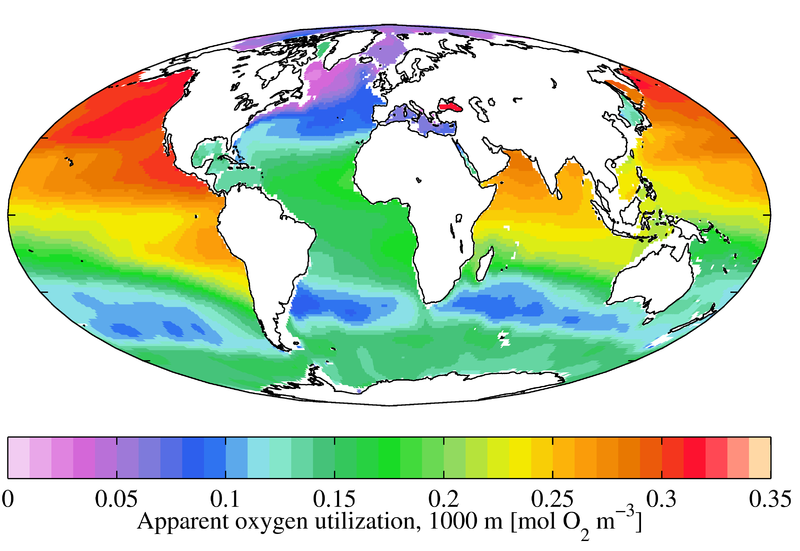
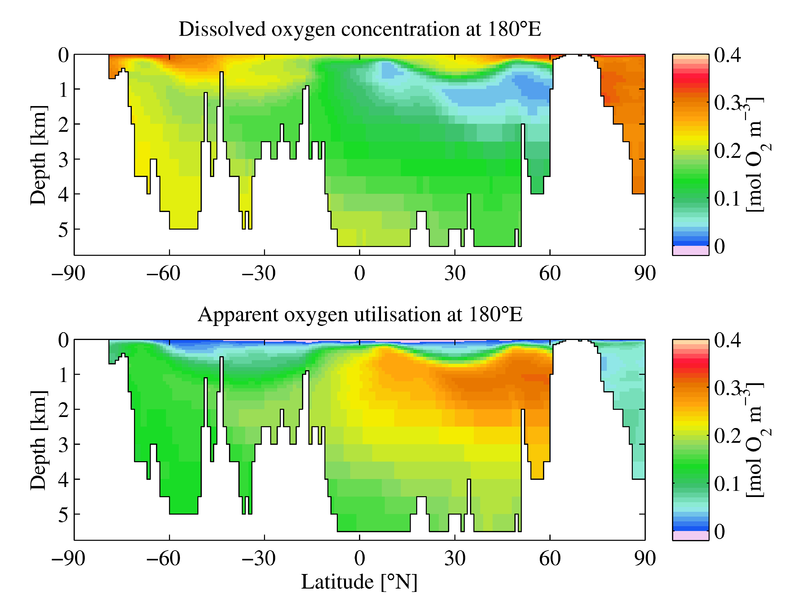



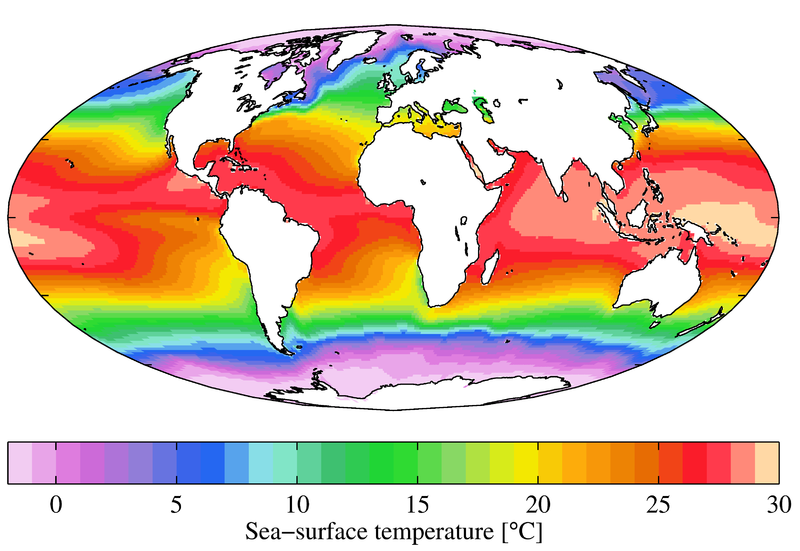
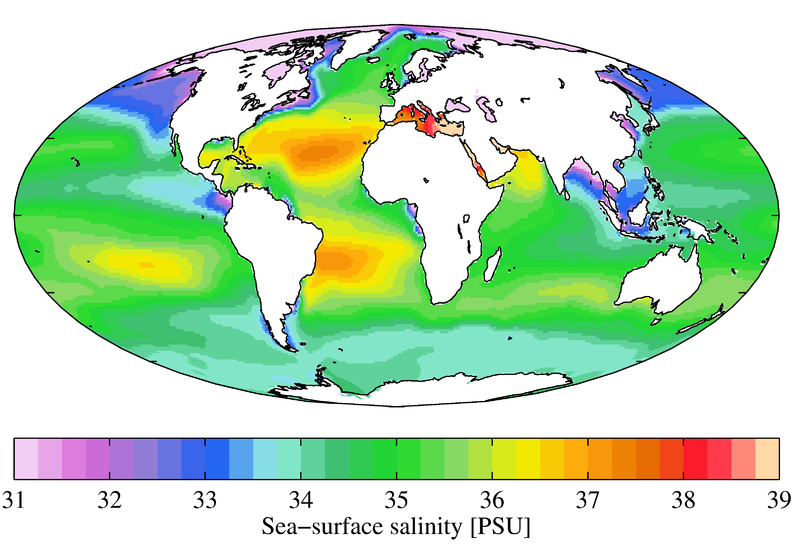
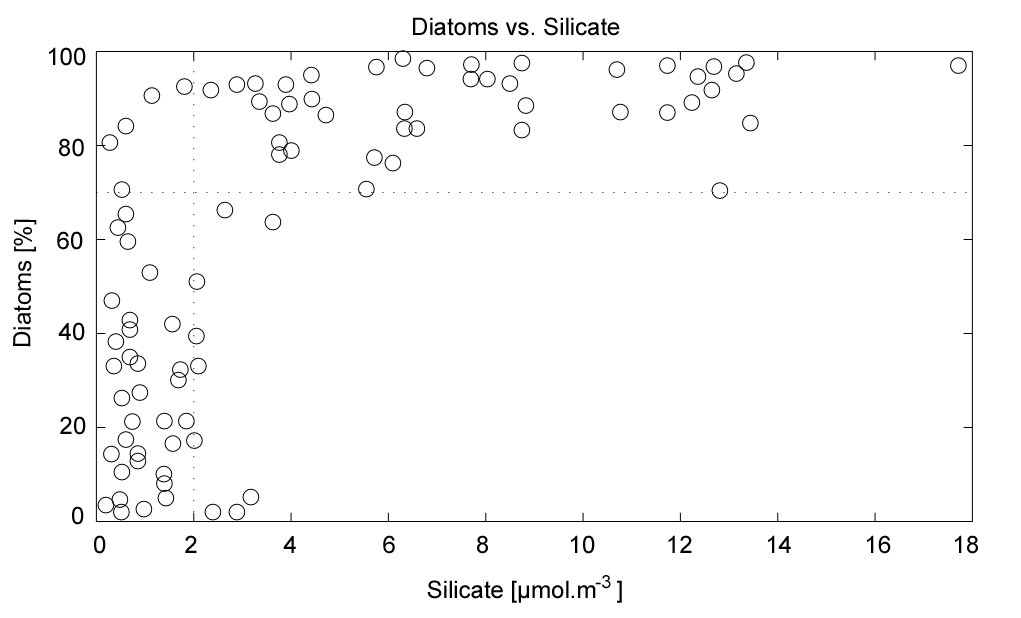
Human Wood Cane Ocean Ocean Ocean Deep Deep Soil Soil River Ocean Ocean
plant (avg) surface surface Pacific Atlantic (avail) halflife molecule
(dry) polar equator (Myr)
Oxygen 650000 420000 10 5 8 O2 Dissolved oxygen
Carbon 180000 400000 400000 28 58 .11 HCO3- Bicarbonate
Hydrogen 100000 60000 .0072 .0072 H+ Acid pH=8.14
Nitrogen 30000 20000 31000 .5 .50 .05 .56 .28 .23 NO3- Nitrate
Calcium 14000 2000 410 10000 10000 15 1.0 Ca++
Phosphorus 11000 13000 11500 .07 .005 .0005 .009 .003 1000 10 .02 HPO4-- Phosphate
Potassium 2500 44000 33700 390 1500 3 2.3 12 K+
Sulfur 2500 1000 900 910 40 8 11 SO4-- Sulfate
Sodium 1500 10800 6.3 68 Na+
Chlorine 1500 19400 8 100 Cl- Chloride
Magnesium 500 1300 1290 4.1 13 Mg++
Iron 60 165 75 .0034 .000006 .00002 .00028 .00034 .7 .0002
Fluorine 37 1.3 F- Fluoride
Zinc 32 .0049 .0007 .00013
Silicon 20 2.2 1.69 .140 4.2 1.4 1.3 .02 H4SiO4 Orthosilicic acid
Bromine 2.9 67 Br-
Strontium 4.6 8.1
Strontium 8 Sr++
Rubidium 4.6 .12
Nickel .0066
Vanadium .0019
Titanium .001
Aluminum .001 .0006
Copper 1 190 13 .0009
Cobalt .0004
Manganese .0004 .0013
Chromium .0002
Lead 1.7 .00003
Boron 3 2 4.4 BO3--- Borate
Lithium .17
For equatoral oceans, nitrogen is the limiting nutrient.
(Carbon, Nitrogen, Phosphorus, Iron) = (106:16:1:.001)
For the ocean, all elements with a mass fraction larger than 1e-6 are included.
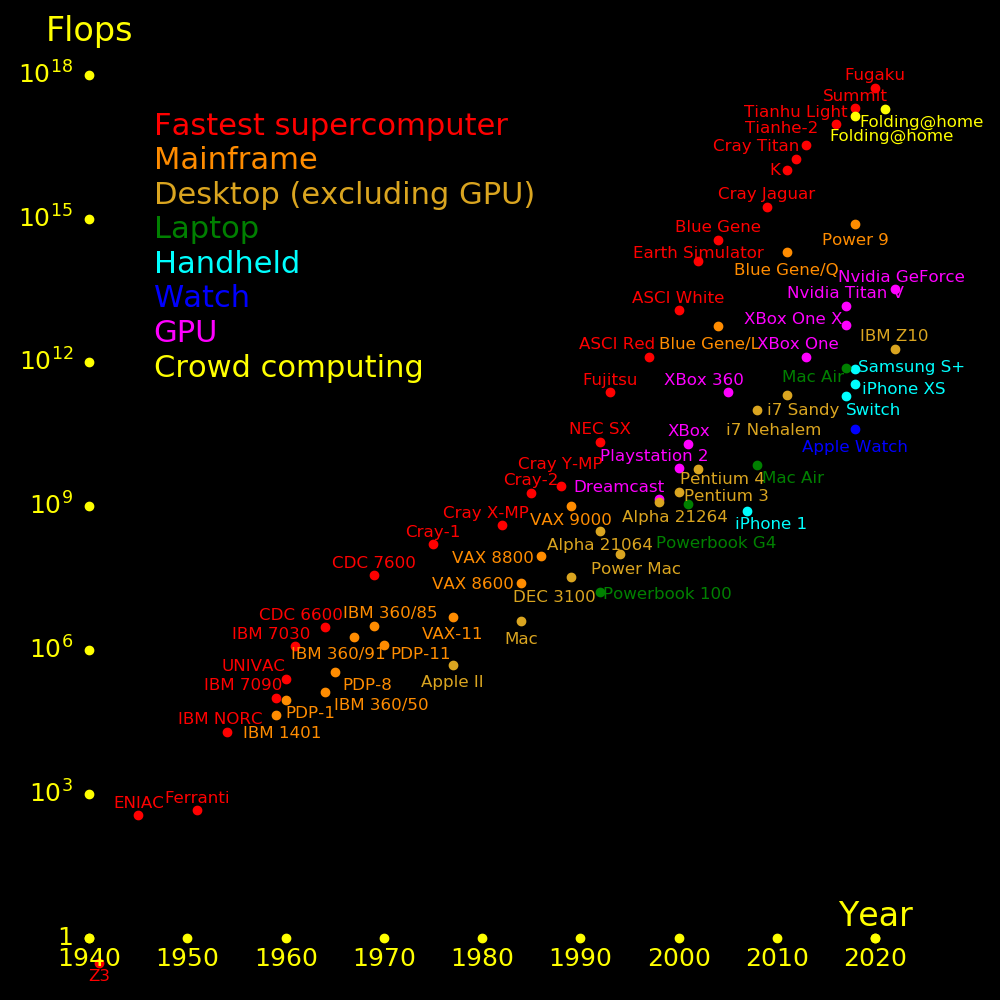
Speed per dollar = 2 GFlop/$ (CPU)
Speed per dollar = 40 GFlop/$ (GPU)
Memory, RAM = .2 GByte/$
Memory, solid state = 7 GByte/$
Memory, disk = 33 GByte/$
Speed per power = 200 GFlop/Watt (GPU)
Battery energy per mass = 1000 MJoule/kg
Battery power per mass = 1000 Watt/kg
Element Molecule Common name Element Fertilizer Element Solubility Human
cost cost fraction edible
g/$ g/$ ppt g/Litre
Calcium CaCl2 Calcium chloride 182 504 361 745 *
Calcium Ca(NO3)2 Calcium nitrate 35 142 244 1212
Calcium Ca(H2PO4)2 Monocalcium phosphate 171 20 *
Calcium CaHPO4 Dicalcium phosphate 295 .2 *
Calcium Ca3(PO4)2 Tricalcium phosphate 388 .02 *
Calcium Ca(C2H3O2)2 Calcium acetate 253 347 *
Calcium CaC6H10O6 Calcium lactate 184 58 *
Calcium Ca3(C6H5O7)2 Calcium citrate 241 .85 *
Calcium CaCO3 Calcium carbonate 400 .013 *
Calcium CaC12H22O14 Calcium gluconate 93 low *
Potassium KCl Potassium chloride 340 649 524 254 *
Potassium K2SO4 Potassium sulfate 136 303 449
Potassium KH2PO4 Monopotassium phosphate 44 153 287 226 *
Potassium K2HPO4 Dipotassium phosphate 13 1492 *
Potassium K3PO4 Tripotassium phosphate 900 *
Potassium KNO3 Potassium nitrate 126 387
Phosphorus (NH4)H2PO4 Monoammonium phosphate 185 689 269 360
Phosphorus (NH4)2HPO4 Diammonium phosphate 38 161 235 600
Phosphorus KH2PO4 Monopotassium phosphate 35 153 228 226 *
Phosphorus Mg(H2PO4)2 Monomagnesium phosphate *
Phosphorus MgHPO4 Dimagnesium phosphate *
Phosphorus Mg3(PO4)2 Trimagnesium phosphate *
Magnesium MgCl2 Magnesium chloride 55 217 255 *
Magnesium MgSO4(H2O)7 Magnesium sulfate 33 336 99
Magnesium Mg(H2PO4)2 Monomagnesium phosphate *
Magnesium MgHPO4 Dimagnesium phosphate *
Magnesium Mg3(PO4)2 Trimagnesium phosphate *
magnesium Mg(NO3)2 Magnesium nitrate 164 710
Magnesium MgS Magnesium sulfide 351
Nitrogen CO(NH2)2 Urea 482 1032 467 1079
Nitrogen (NH4)H2PO4 Monoammonium phosphate 84 689 122 360
Nitrogen (NH4)2HPO4 Diammonium phosphate 34 161 212 600
Nitrogen (NH4)2SO4 Ammonium sulfate 69 324 212 744
Nitrogen (NH4)NO3 Ammonium nitrate 350 150
Nitrogen KNO3 Potassium nitrate 139
Nitrogen Mg(NO3)2 Magnesium nitrate 189 710
Sulfur (NH4)2SO4 Ammonium sulfate 79 324 243
Sulfur K2SO4 Potassium sulfate 56 303 184
Sulfur MgSO4(H2O)7 Magnesium sulfate 44 336 130
Chloride Phosphate Sulfate Nitrate
Cl PO4 SO4 NO3
g/$ g/$ g/$ g/$
Potassium K 649 153 303* 126
Calcium Ca 504* - 114 142* Calcium sulfate = Gypsum
Magnesium Mg 217 - 336* 113*
Nitrogoen NH3 283 698 163* - Ammonium nitrate is an explosive